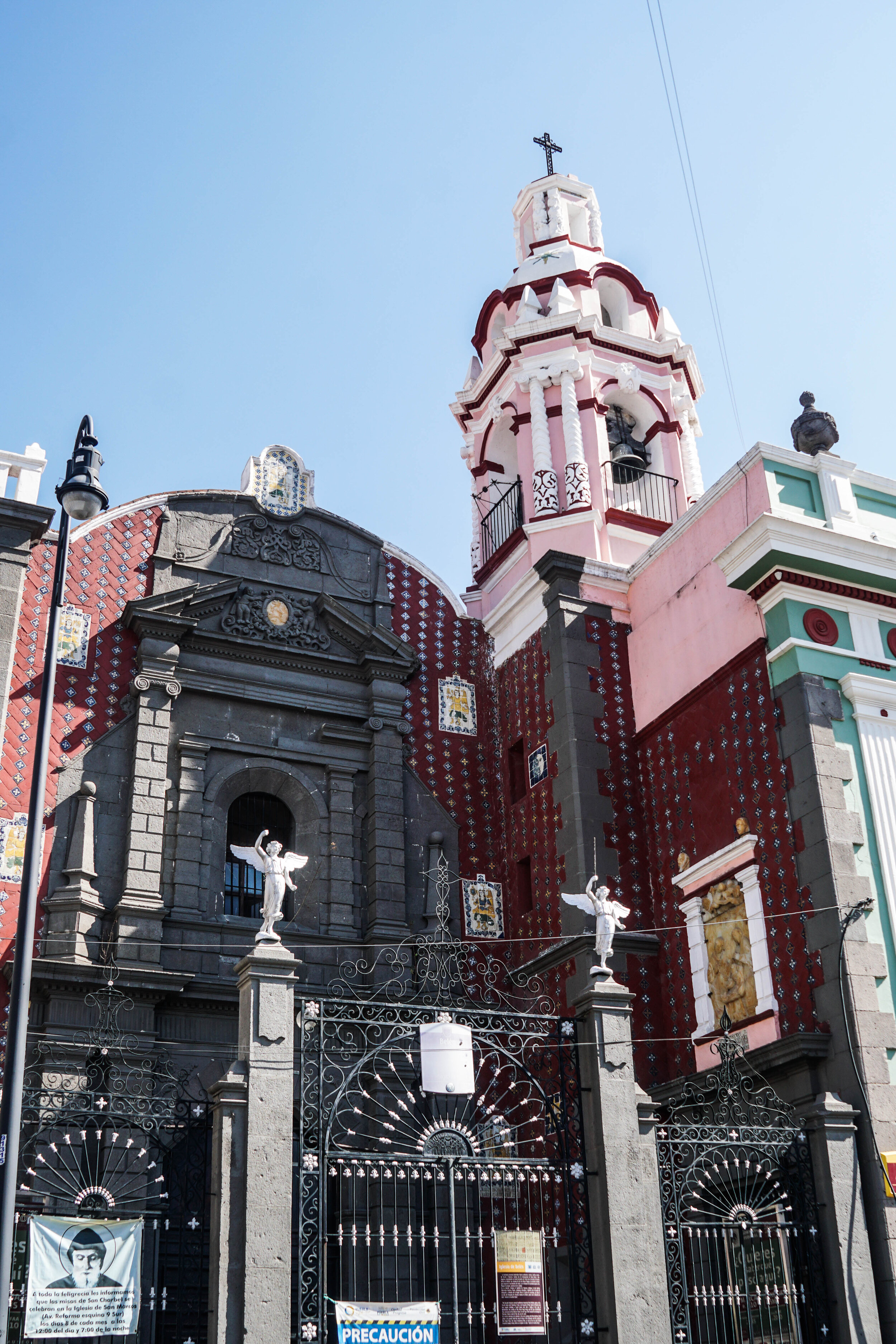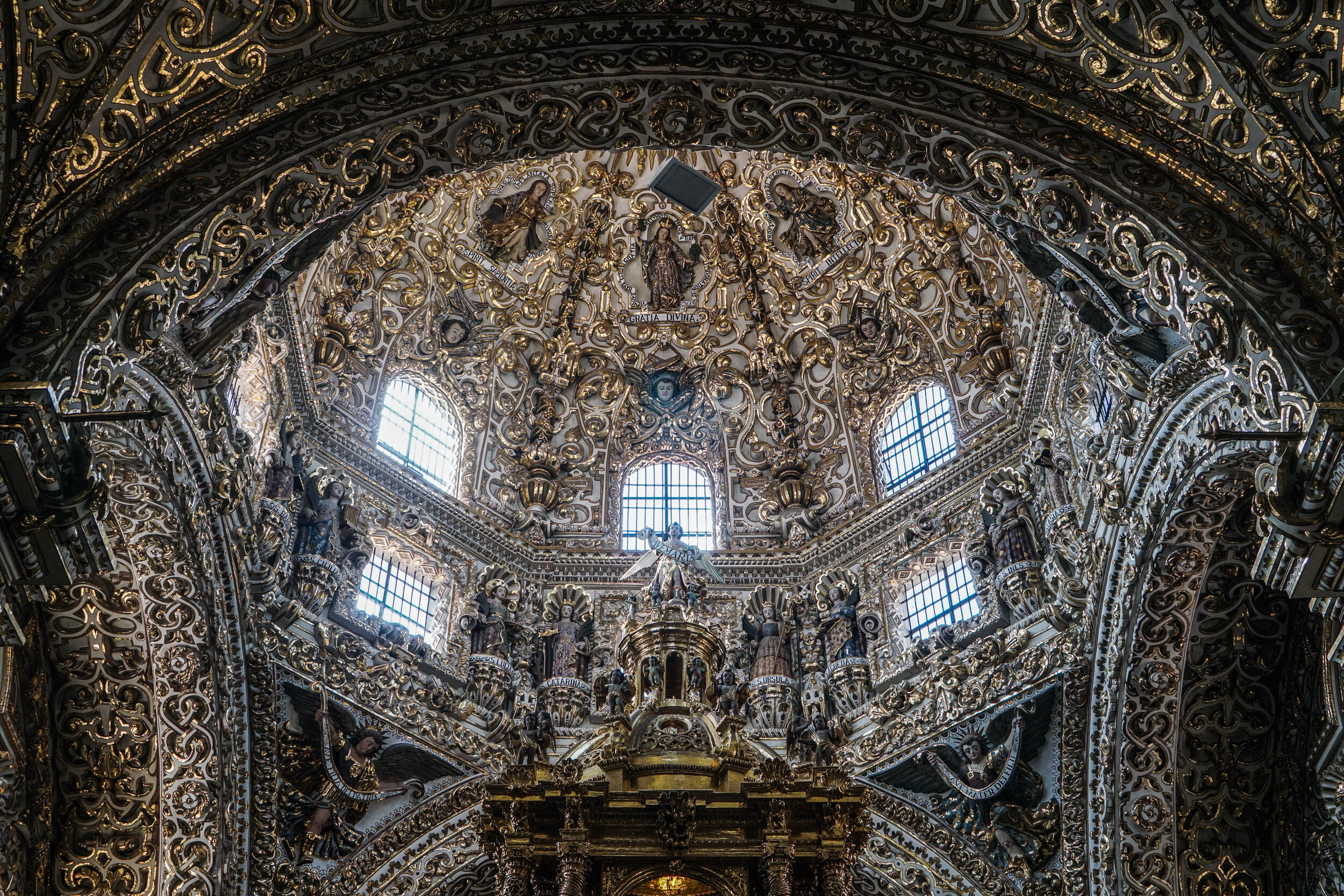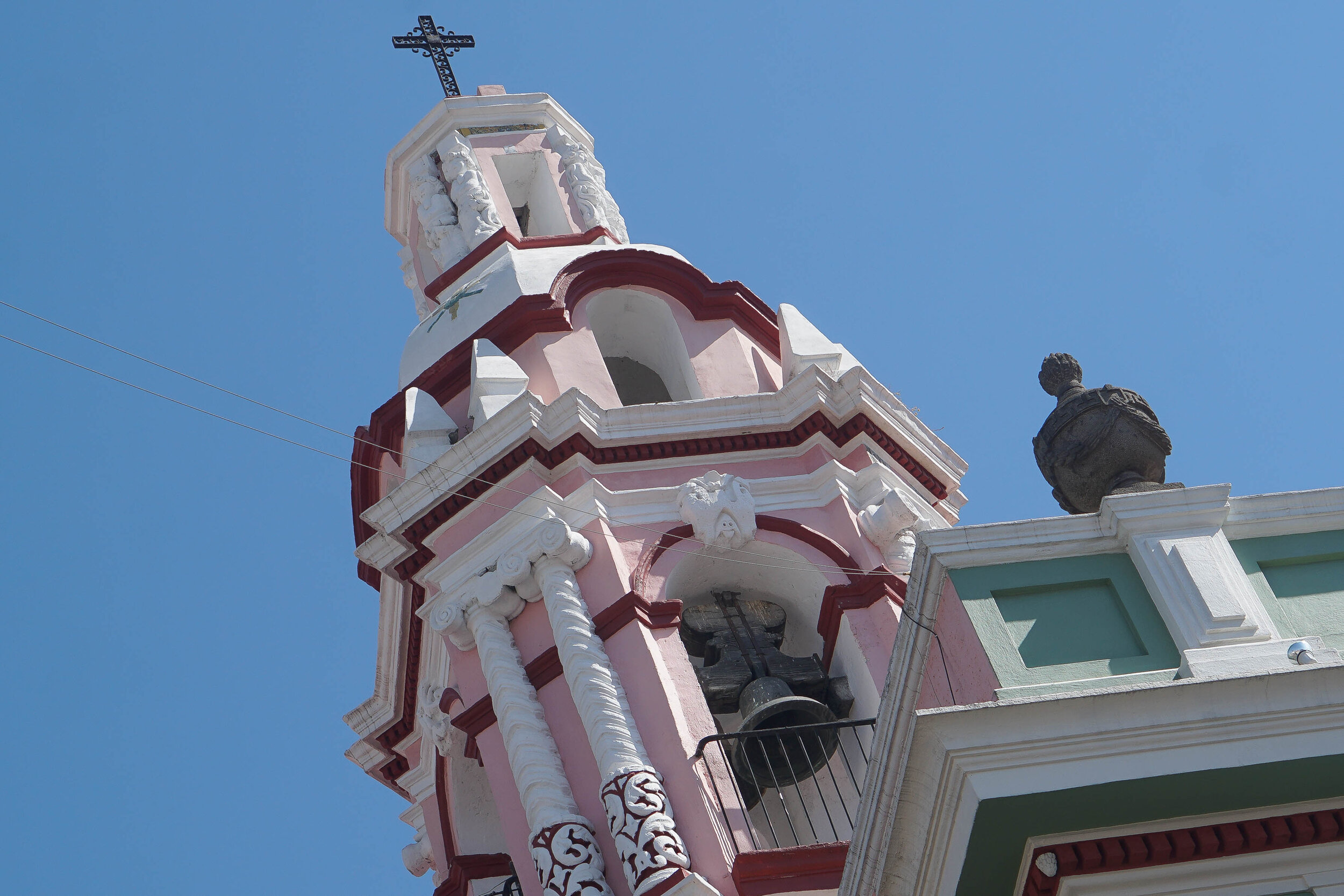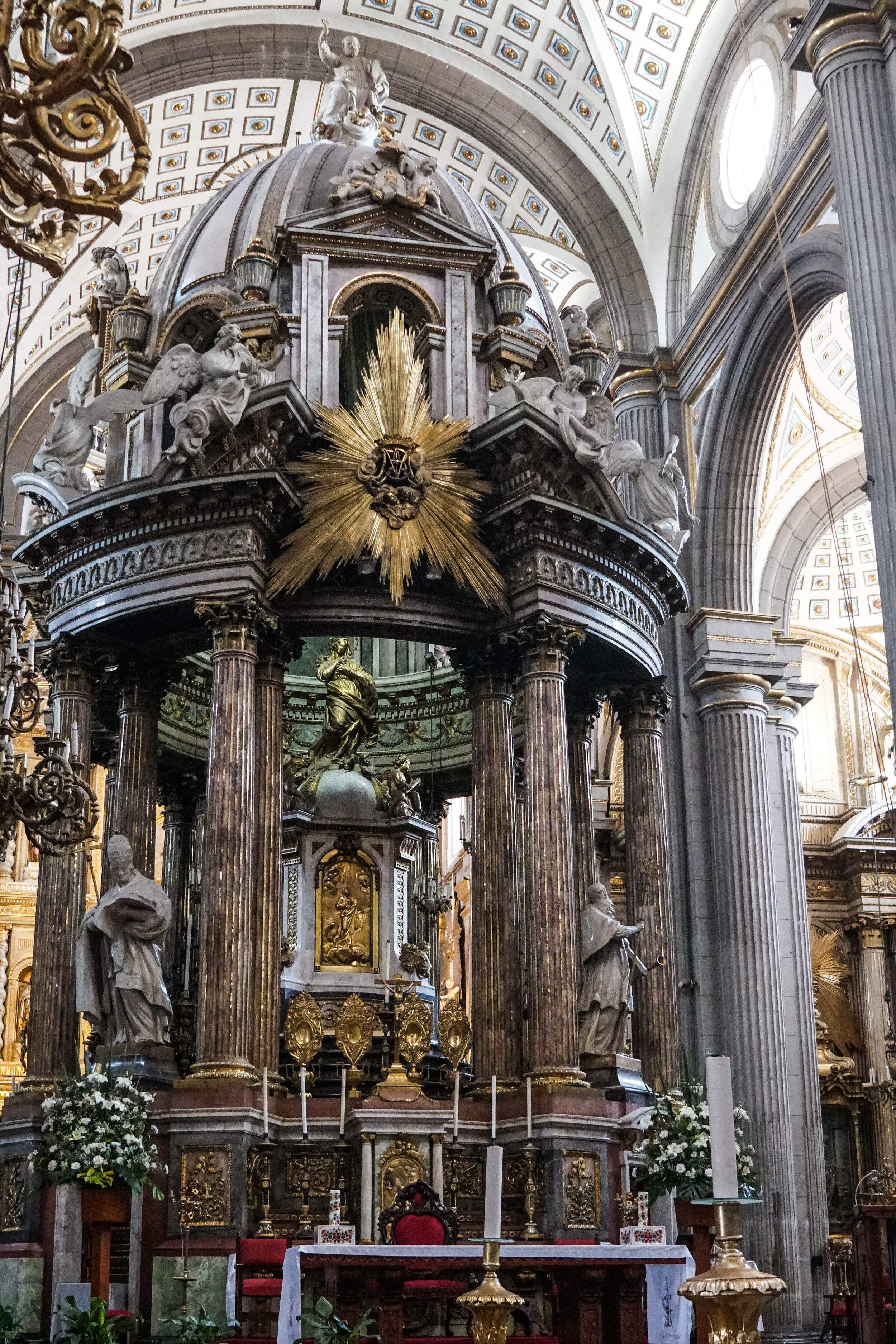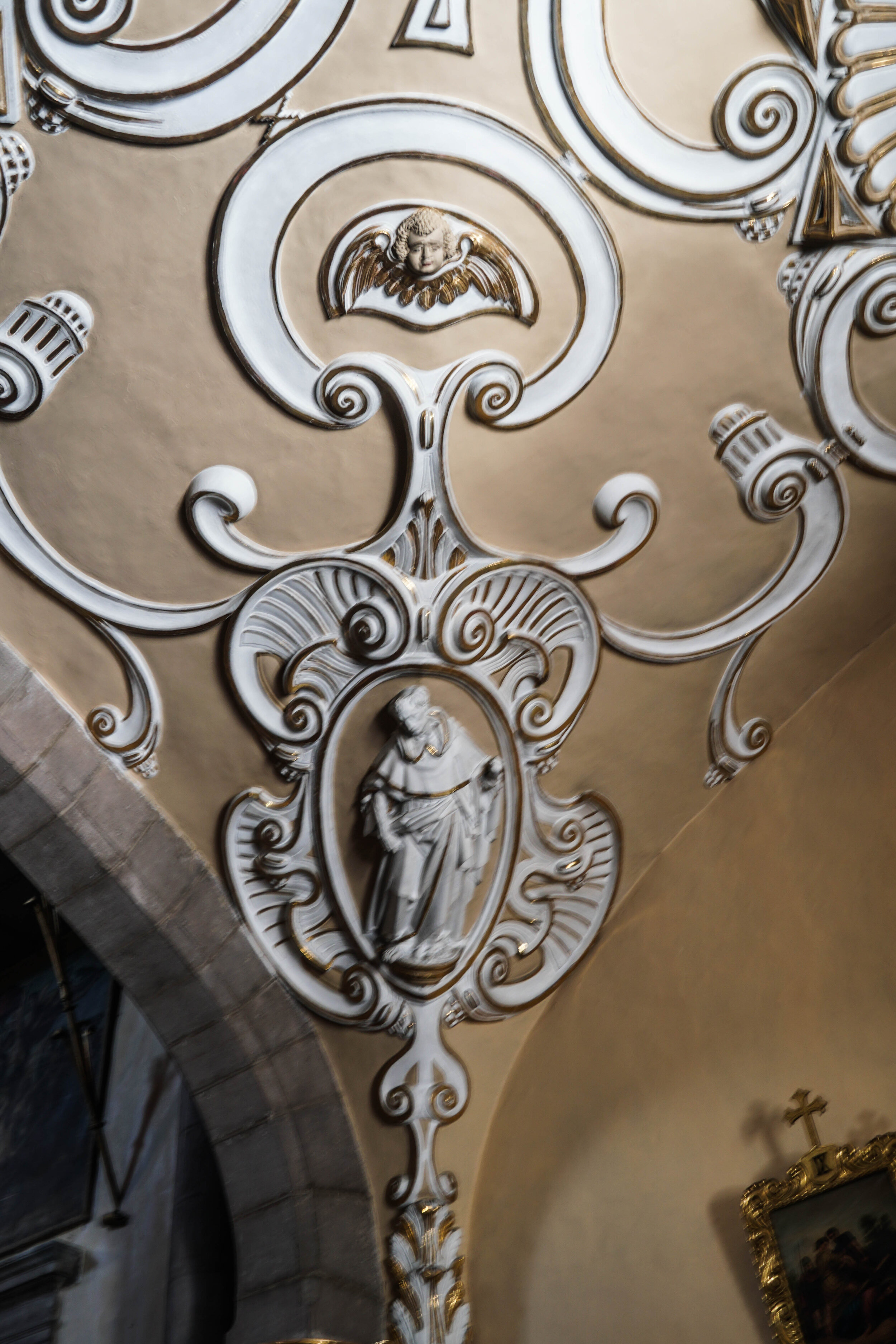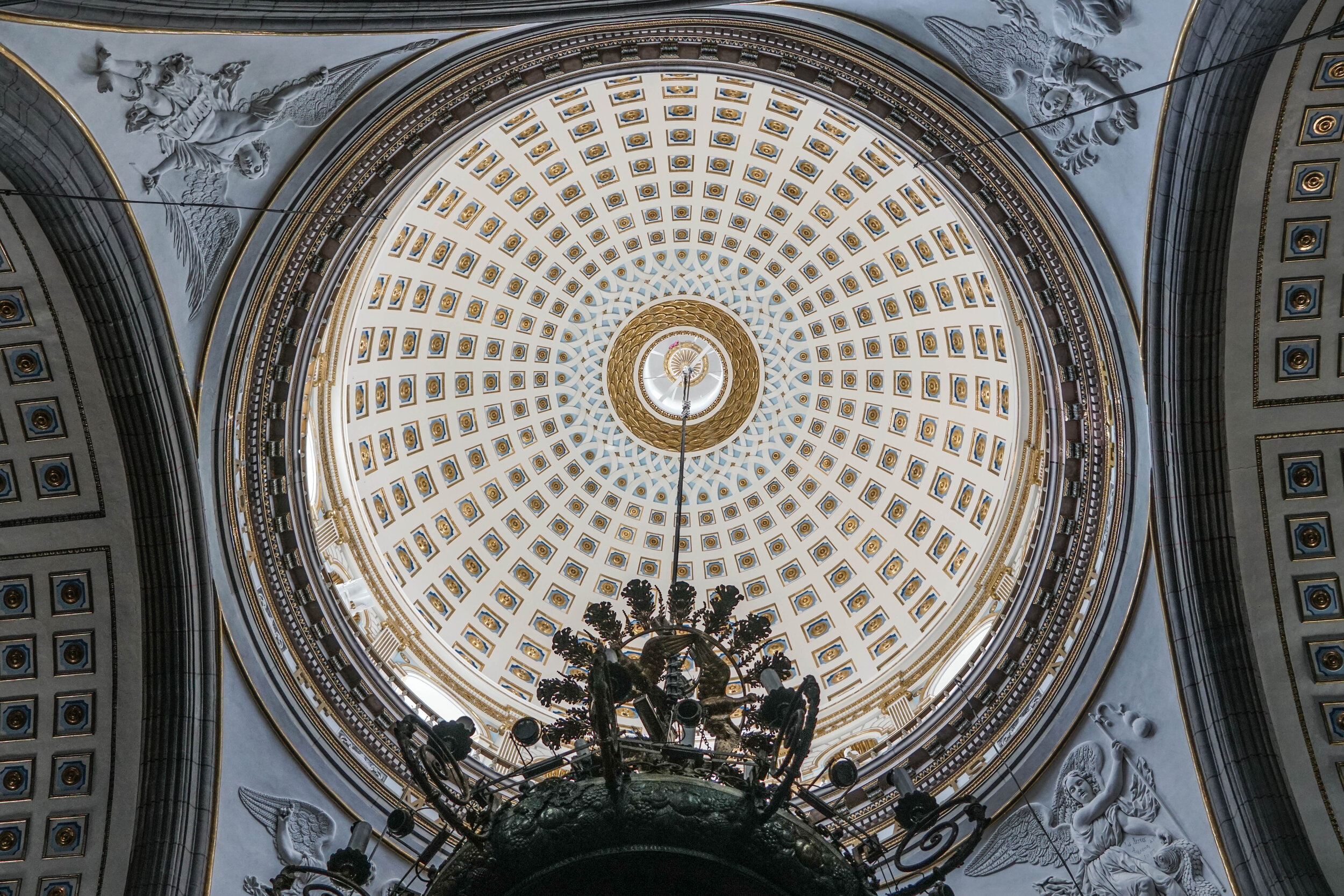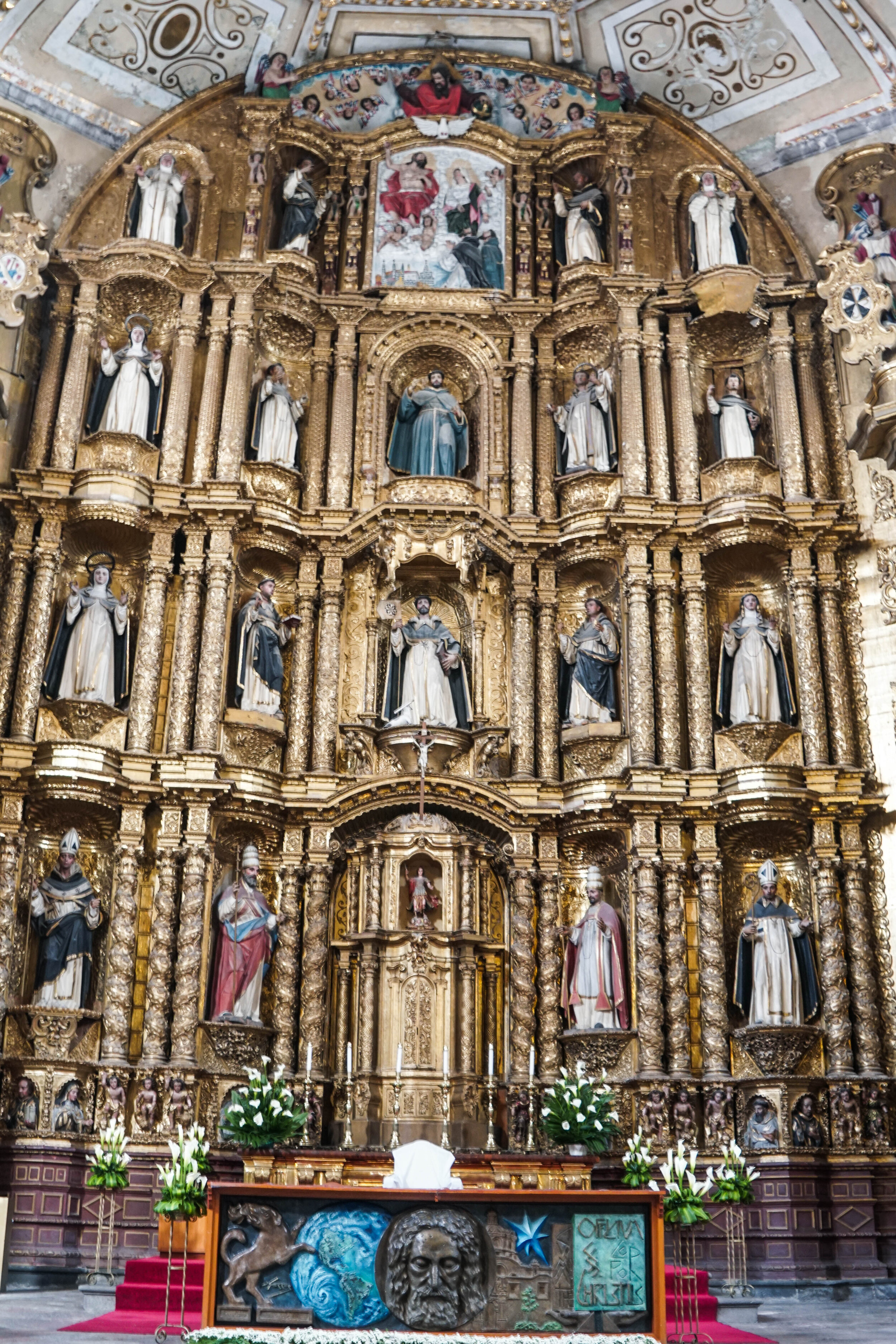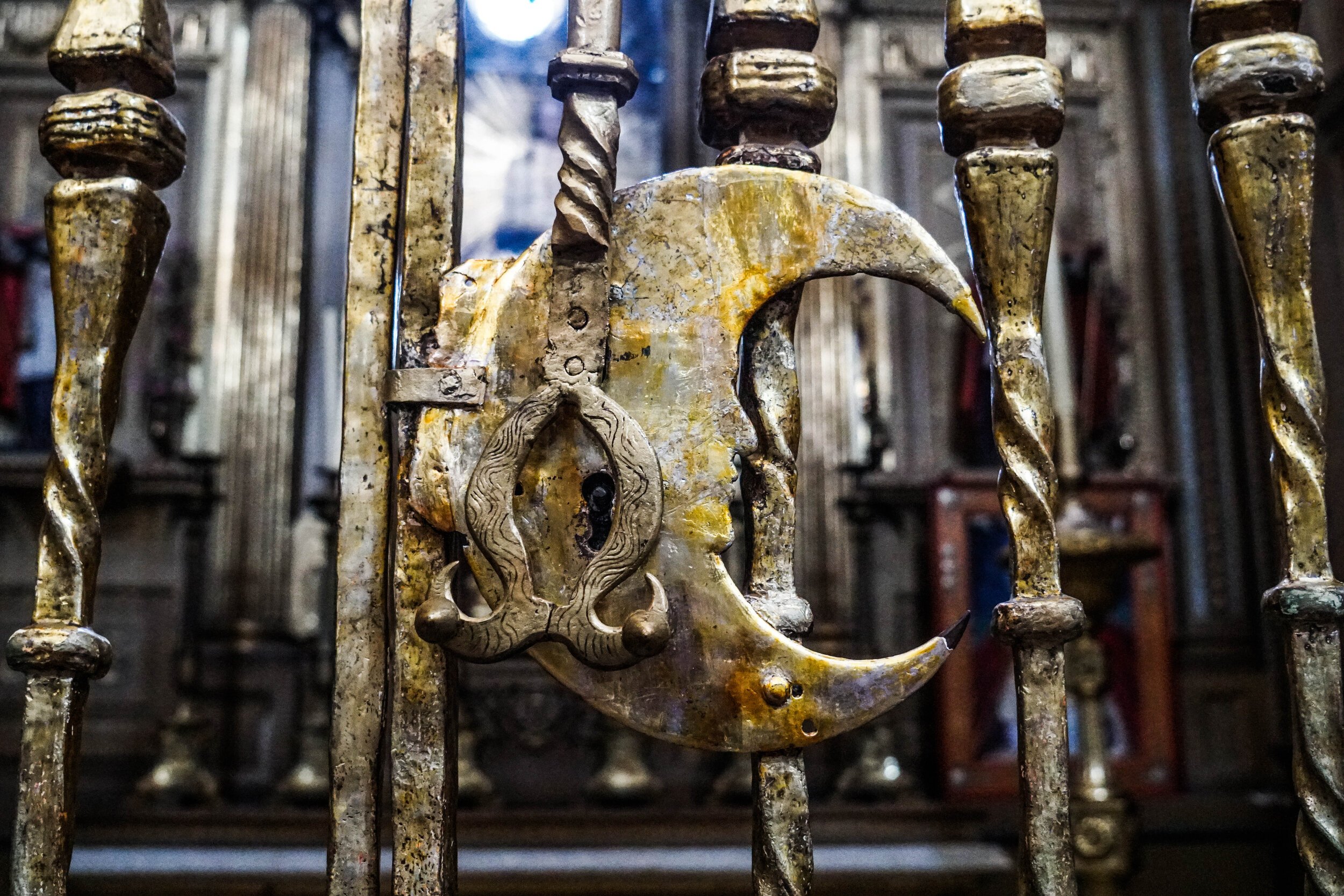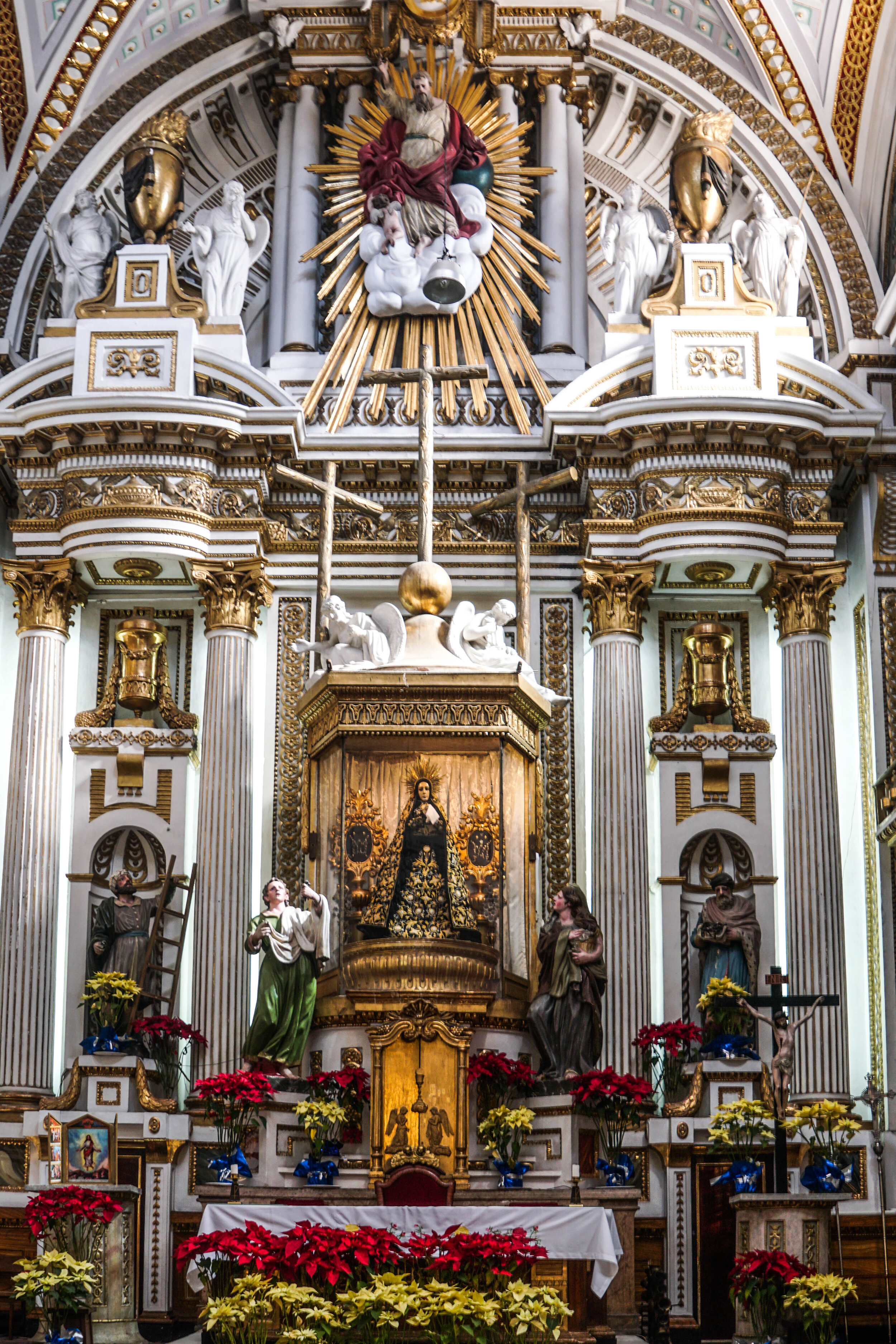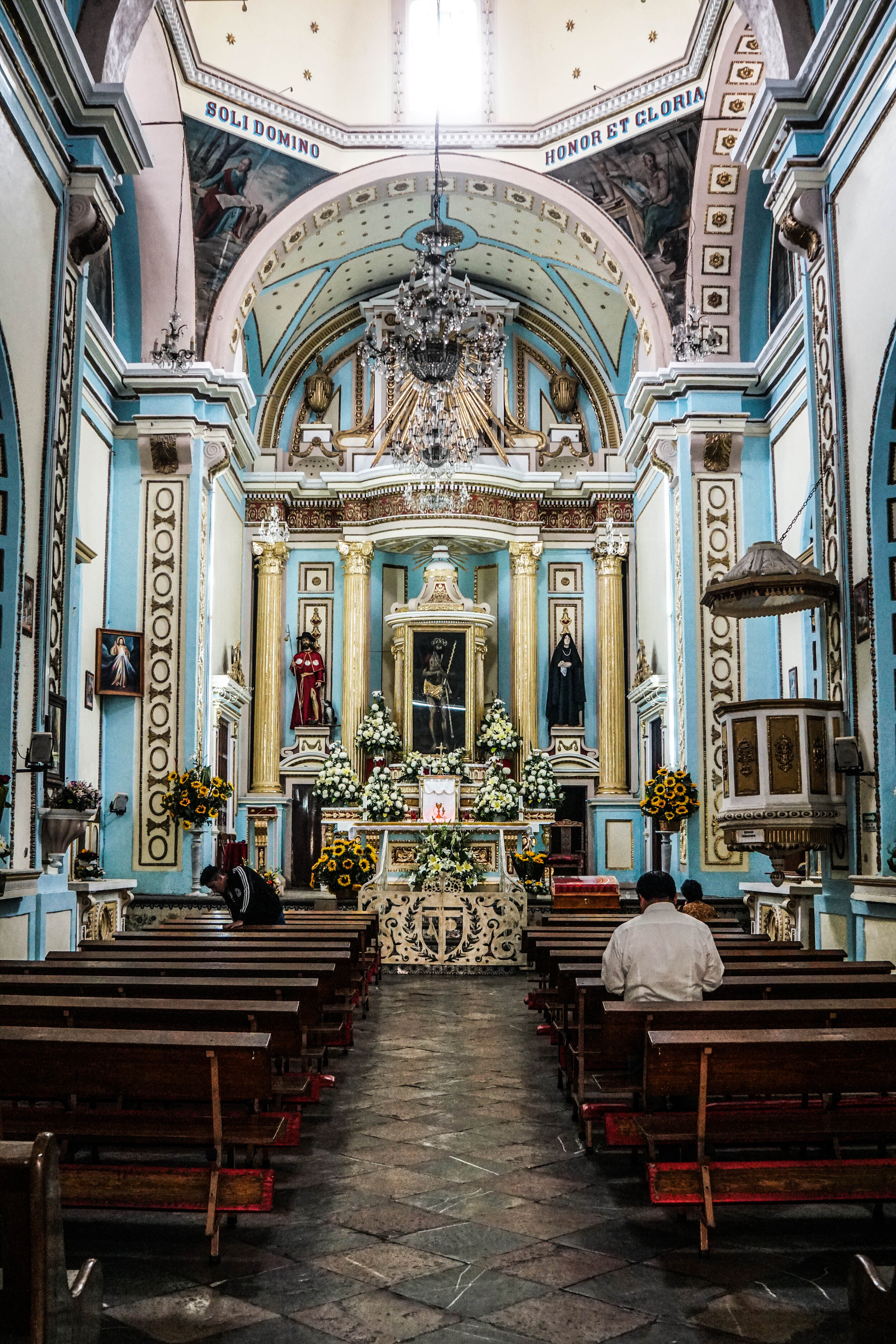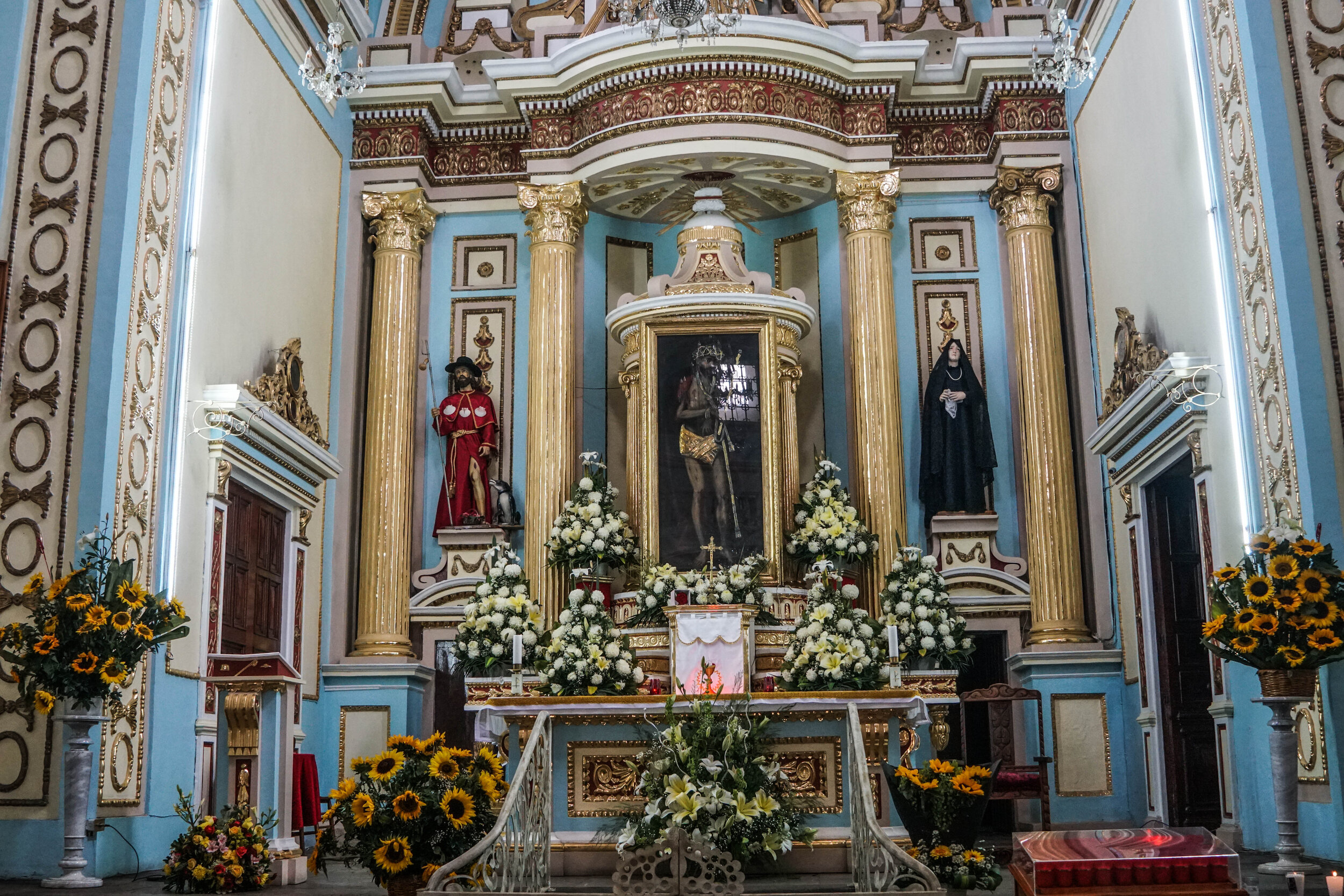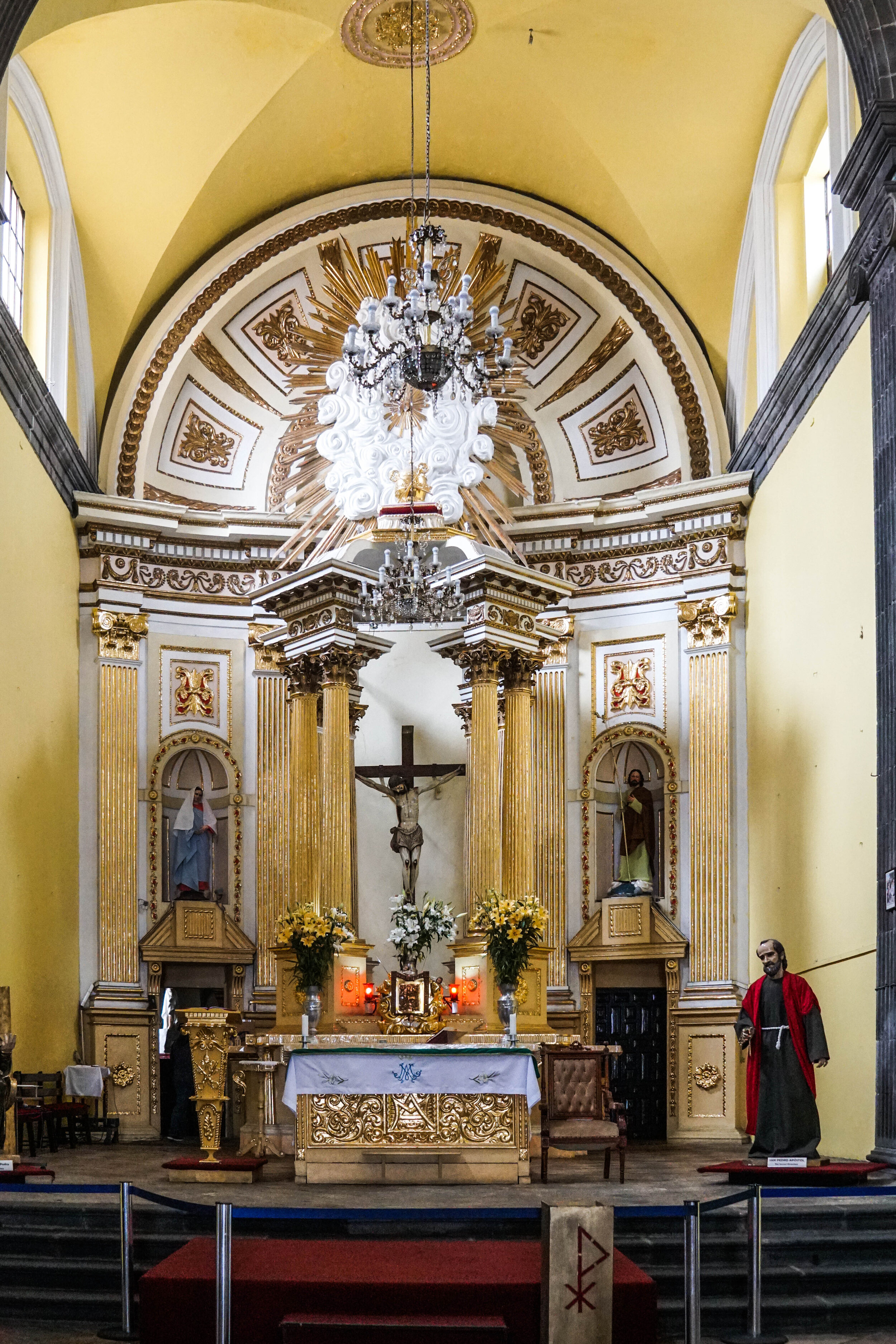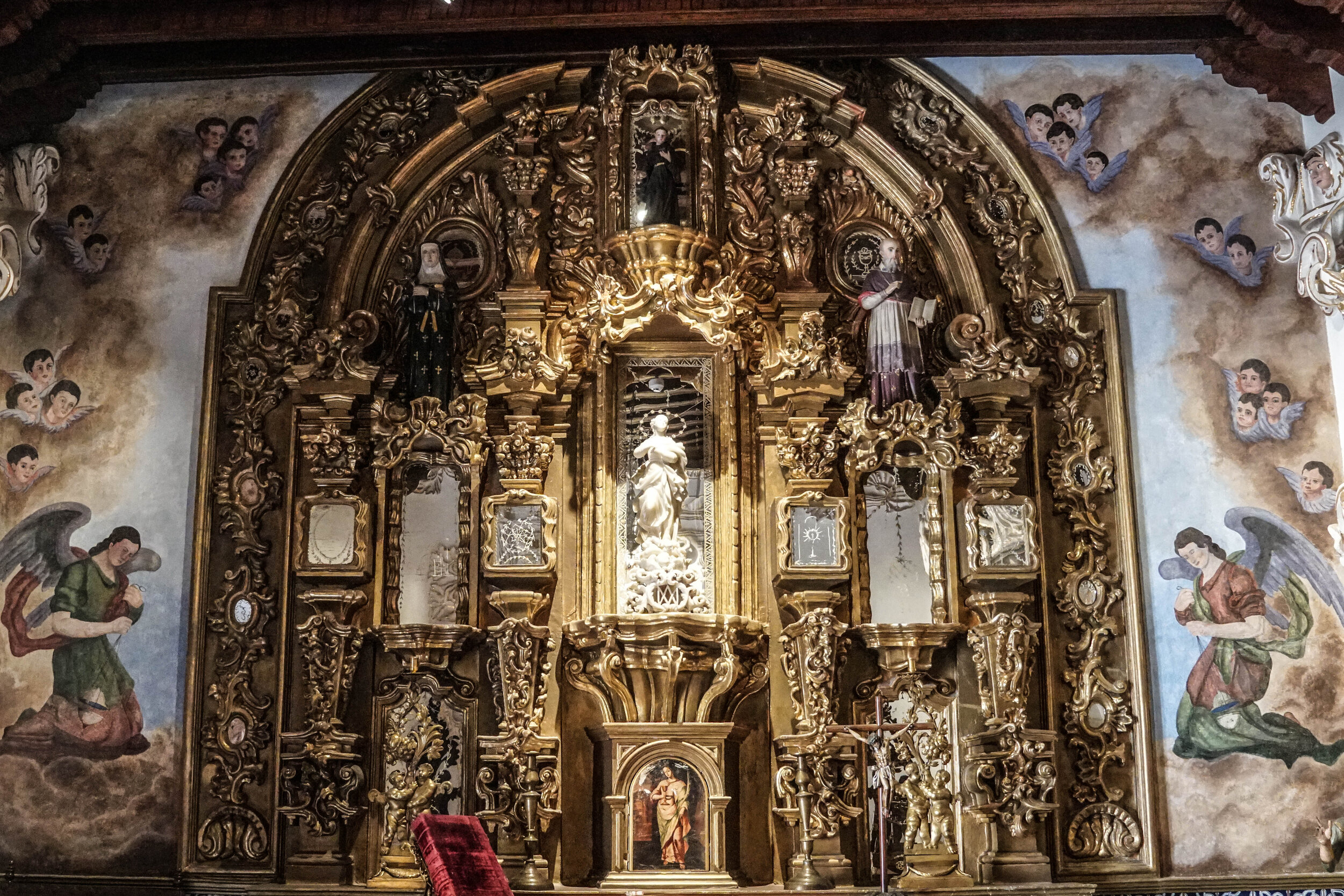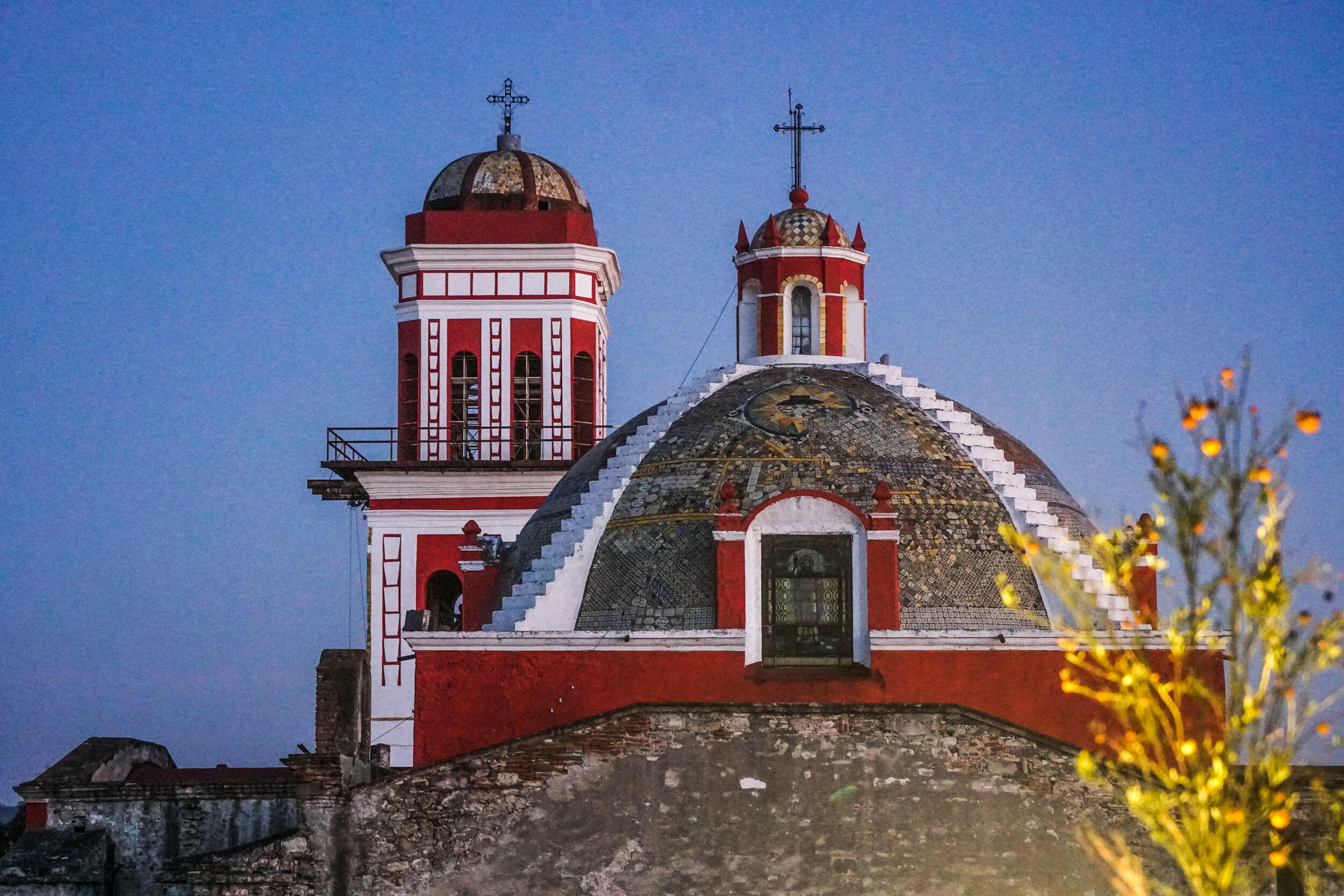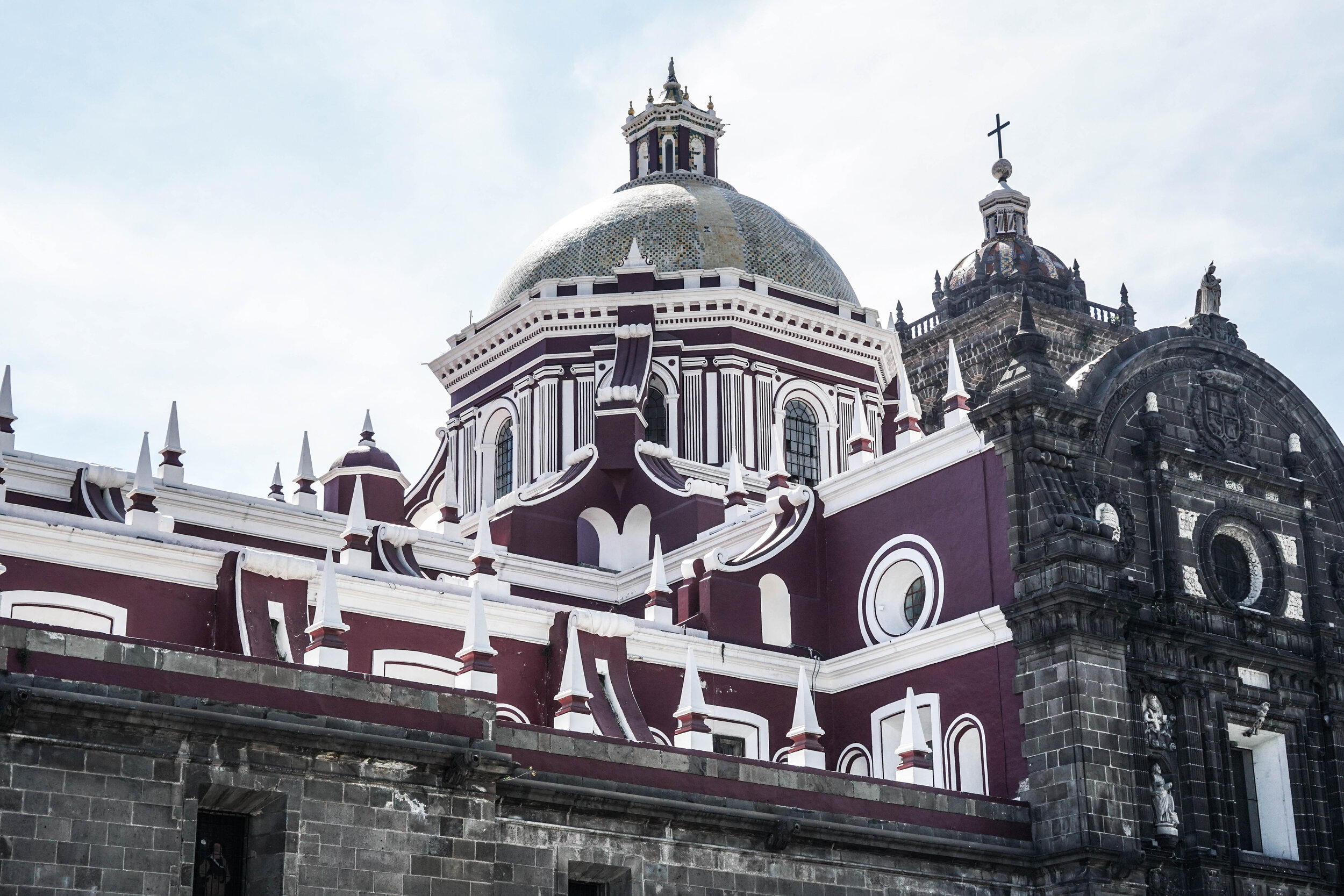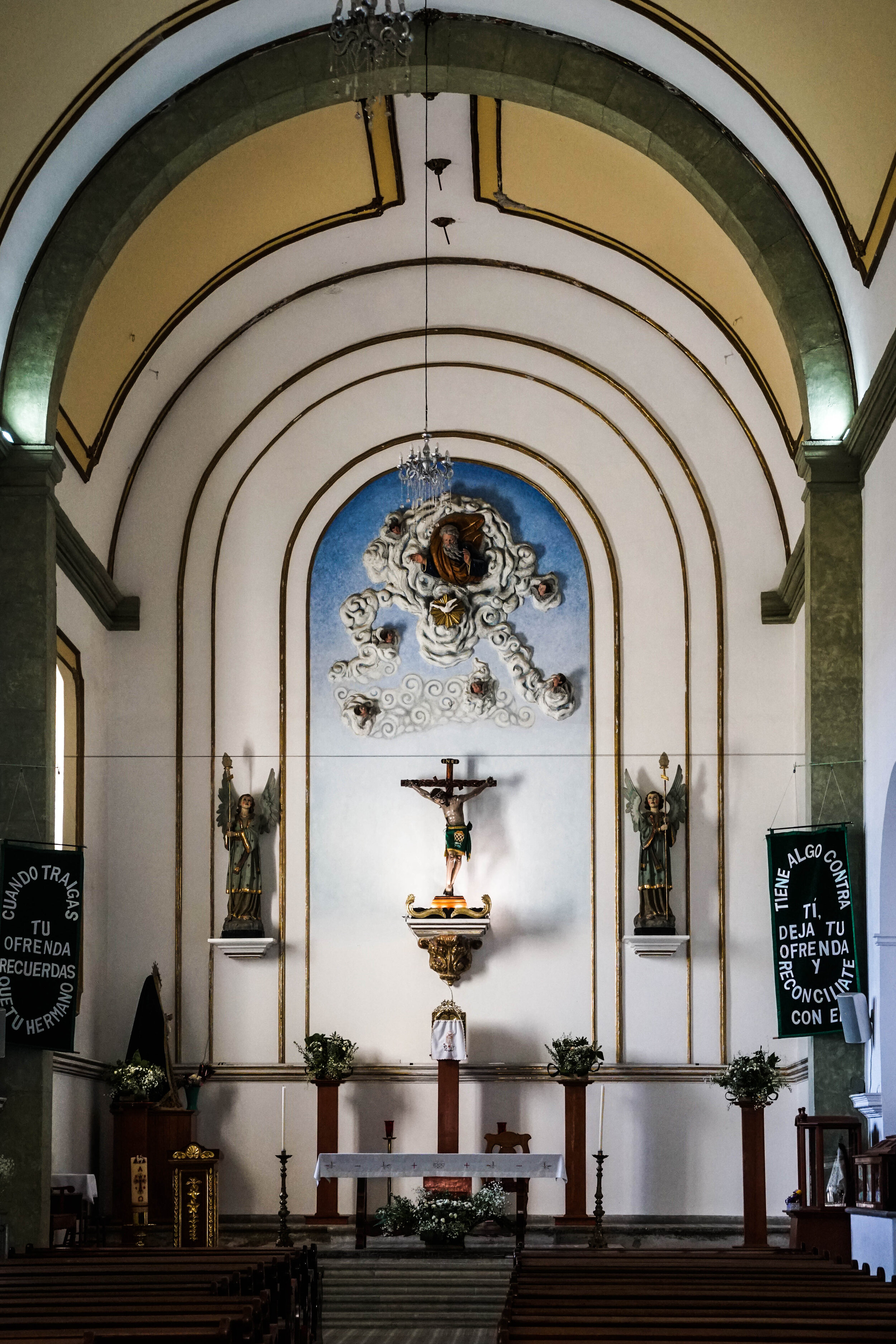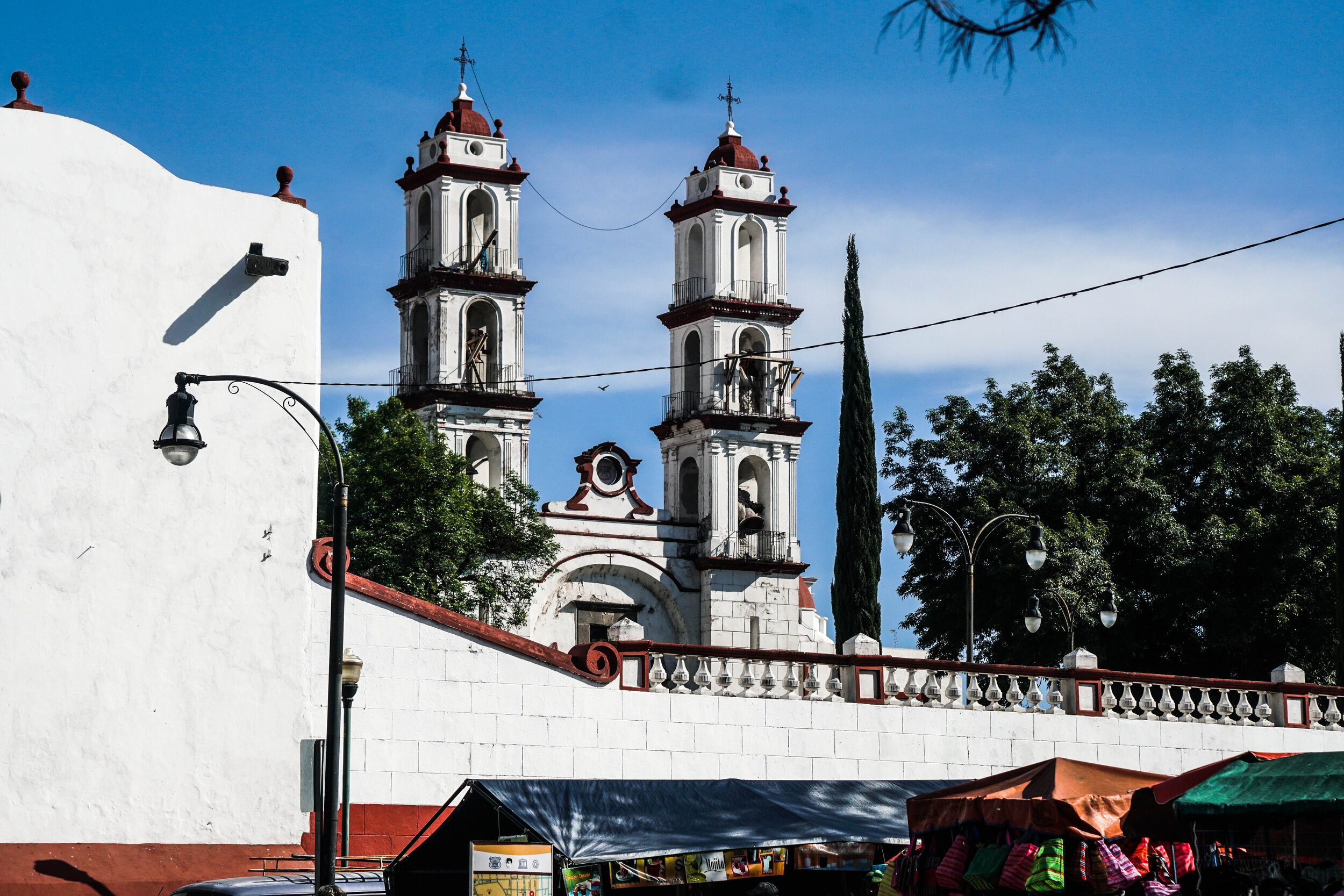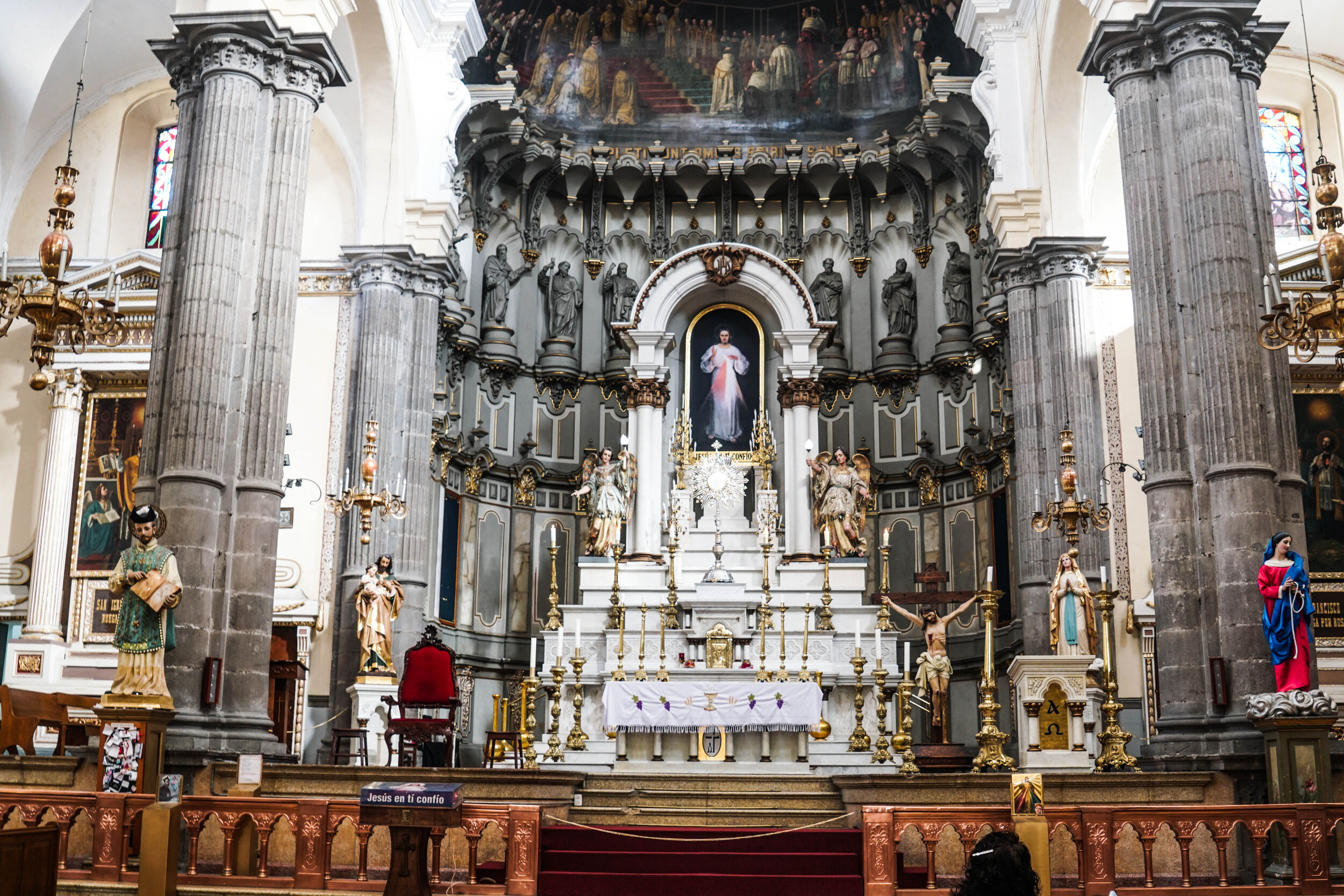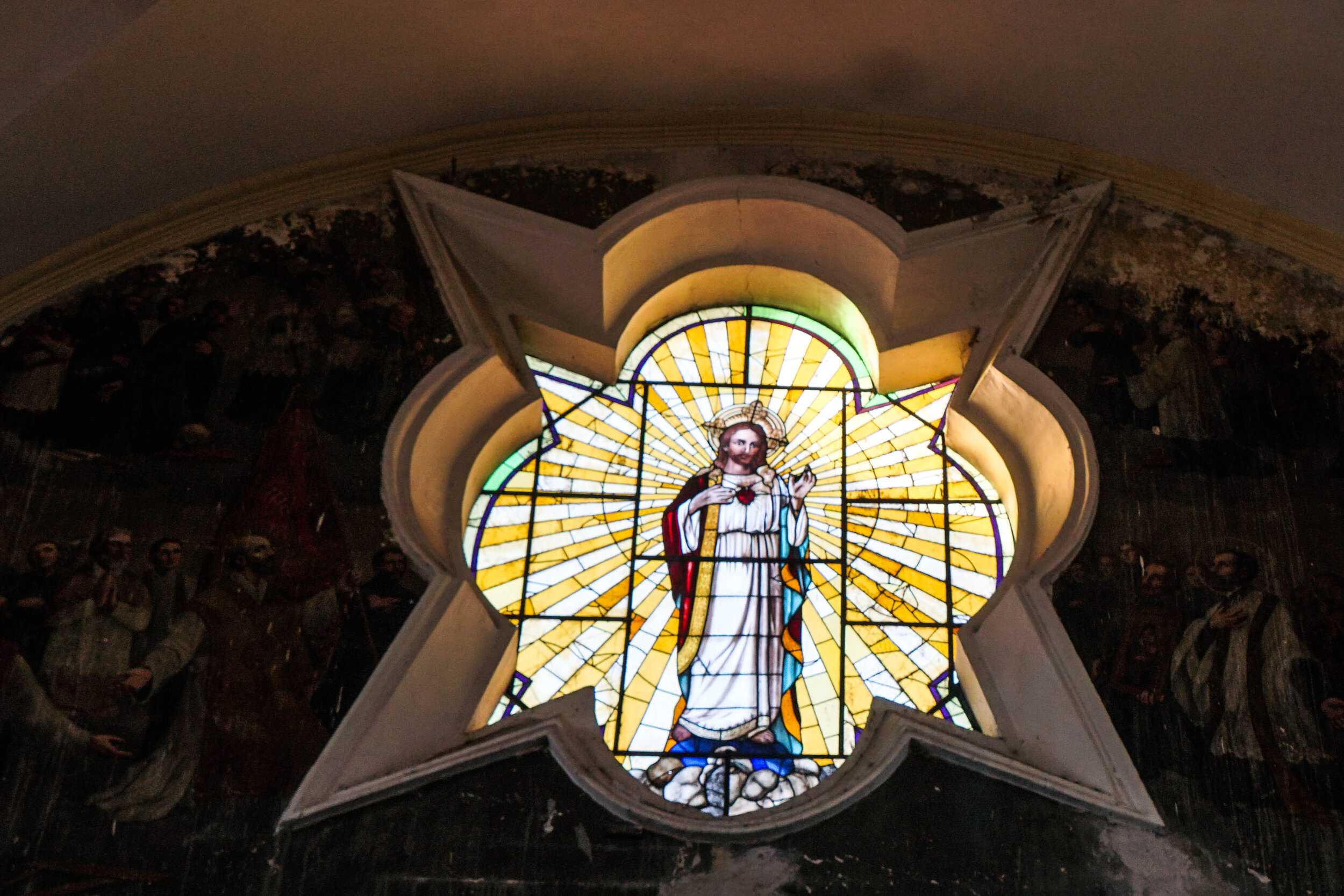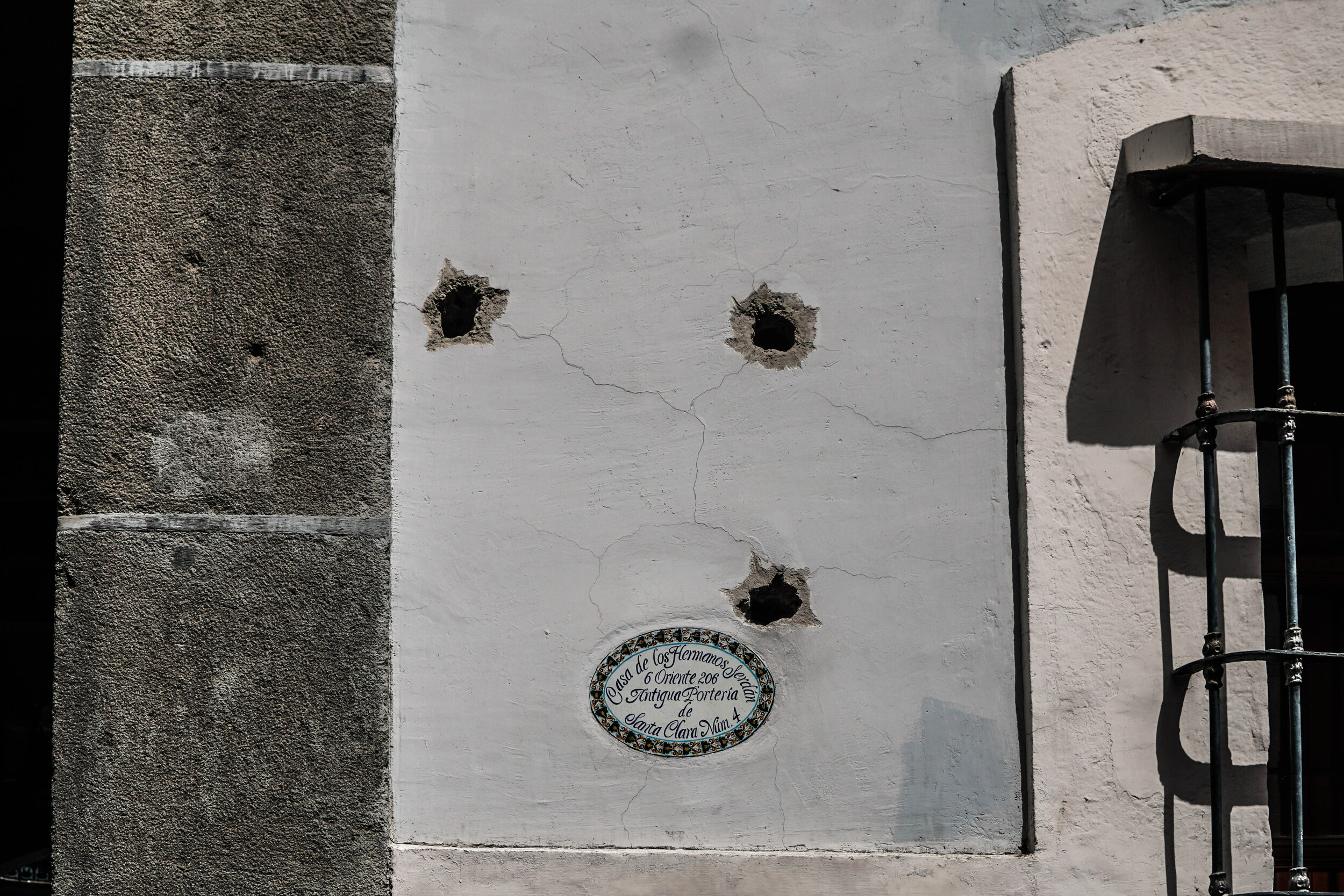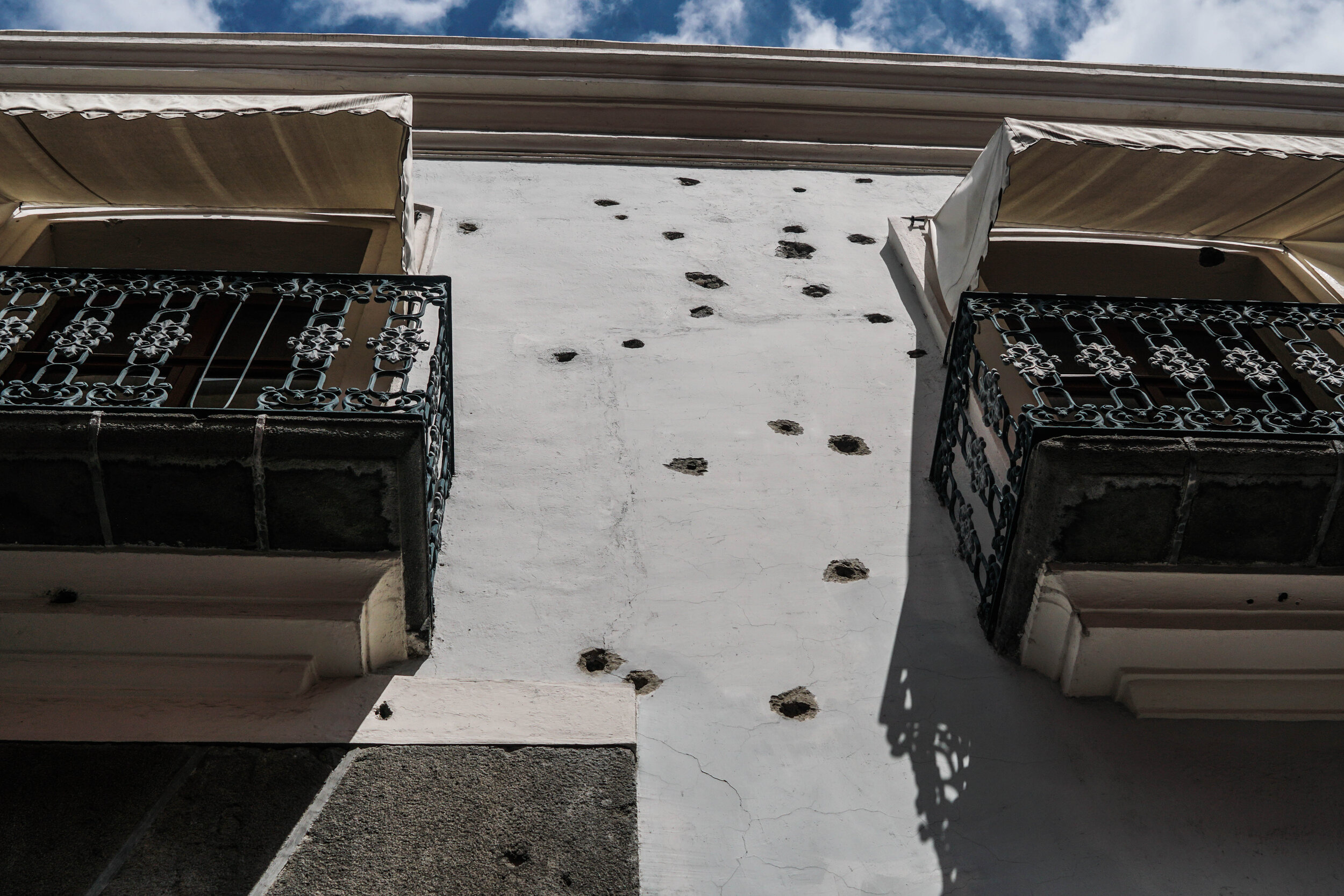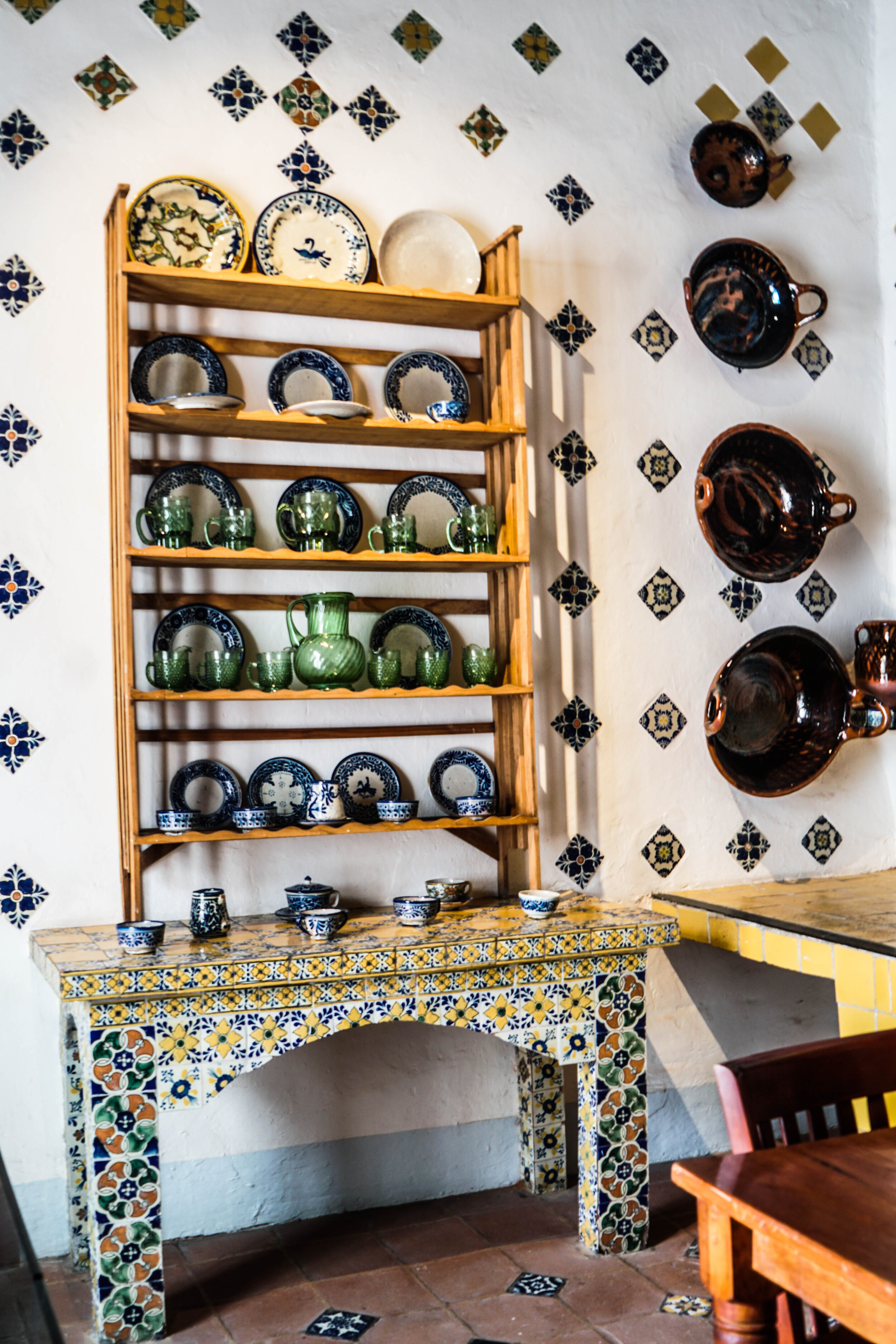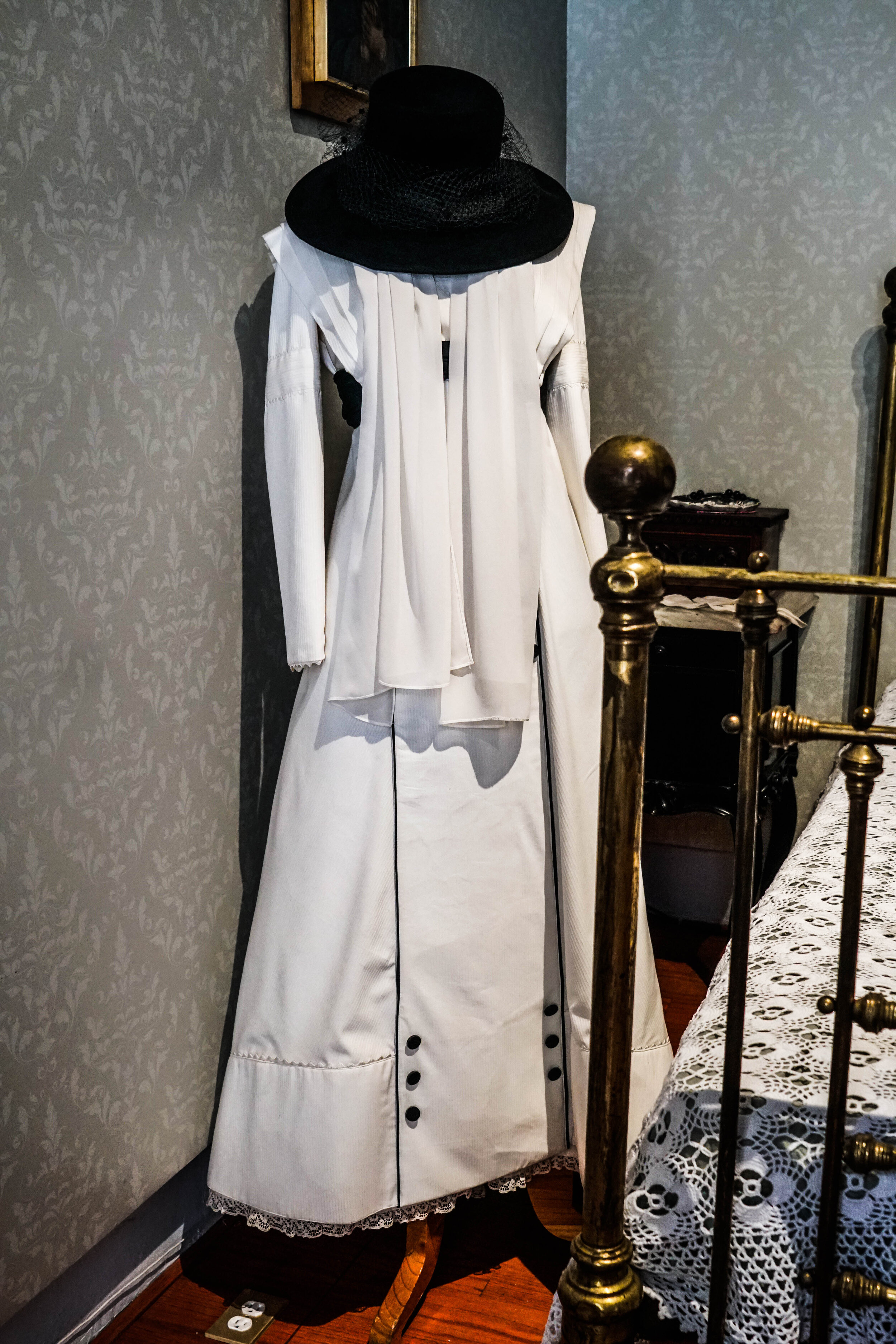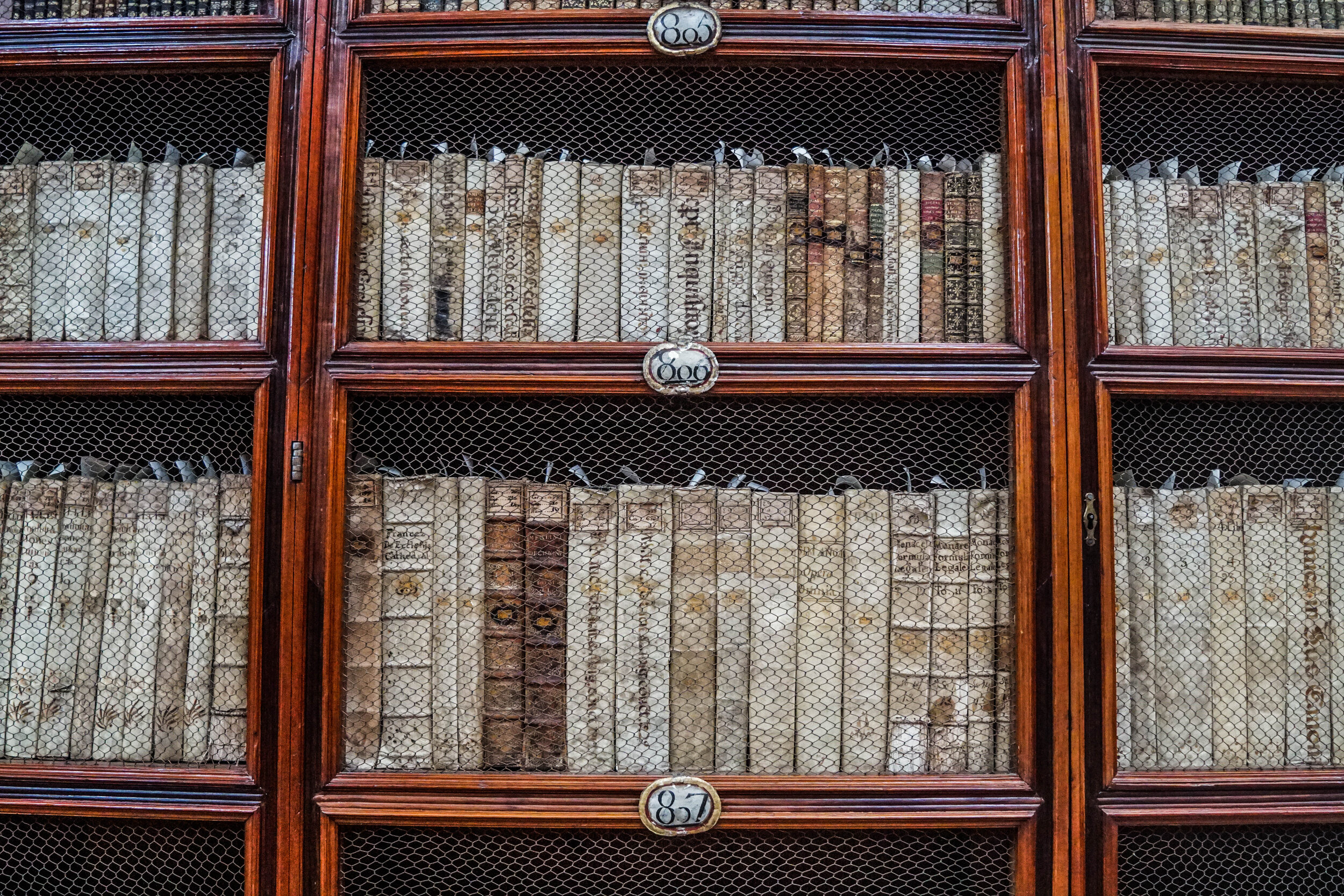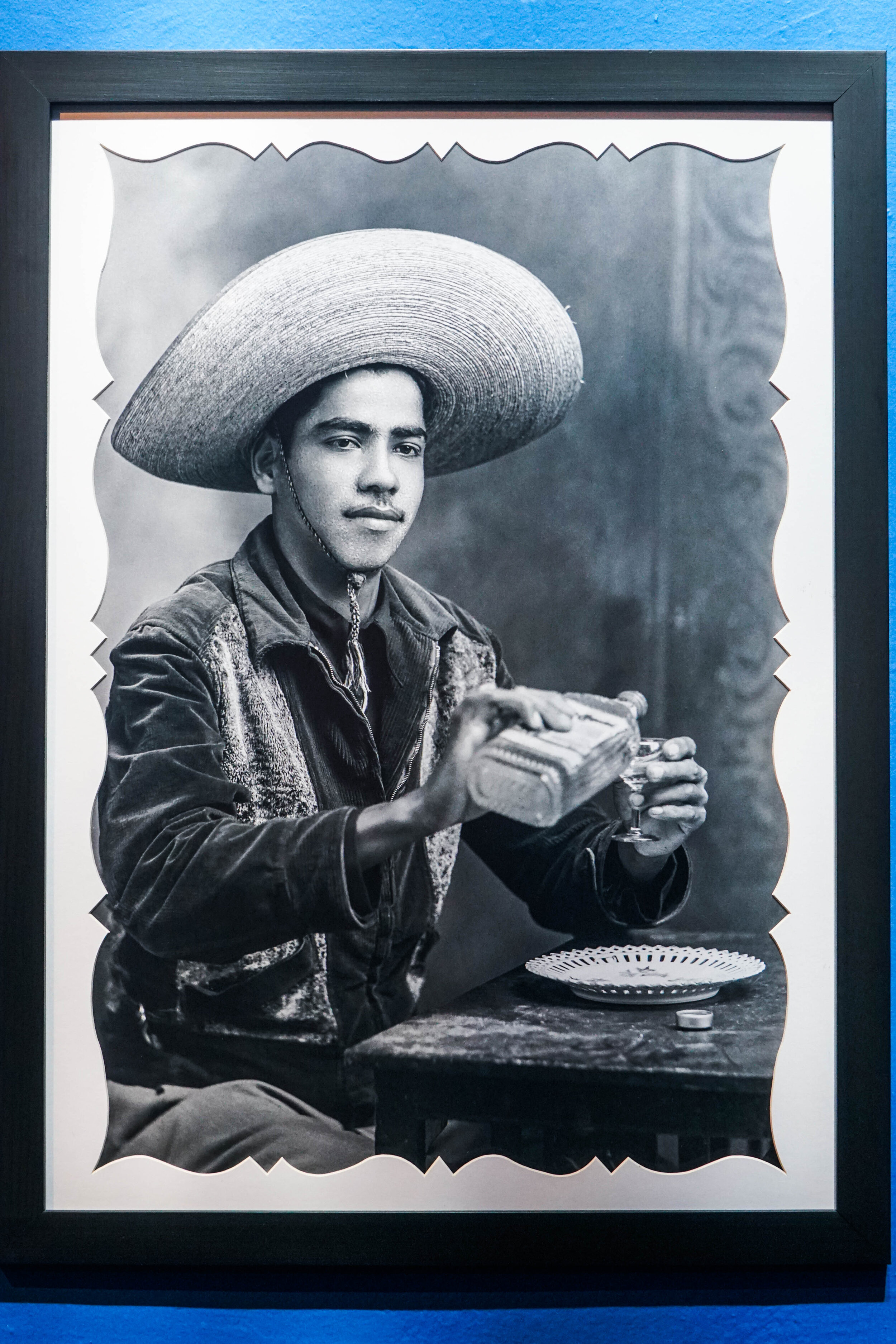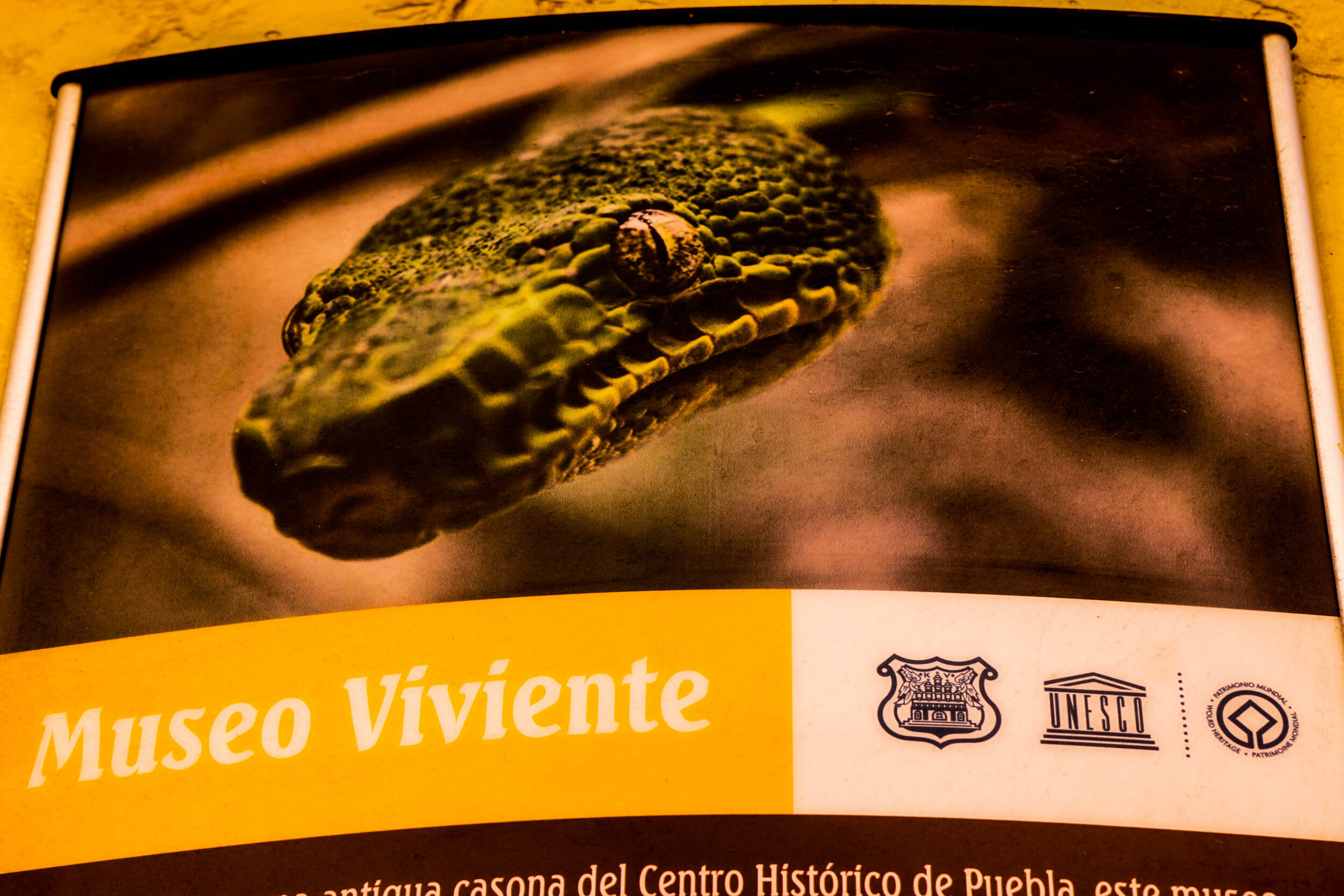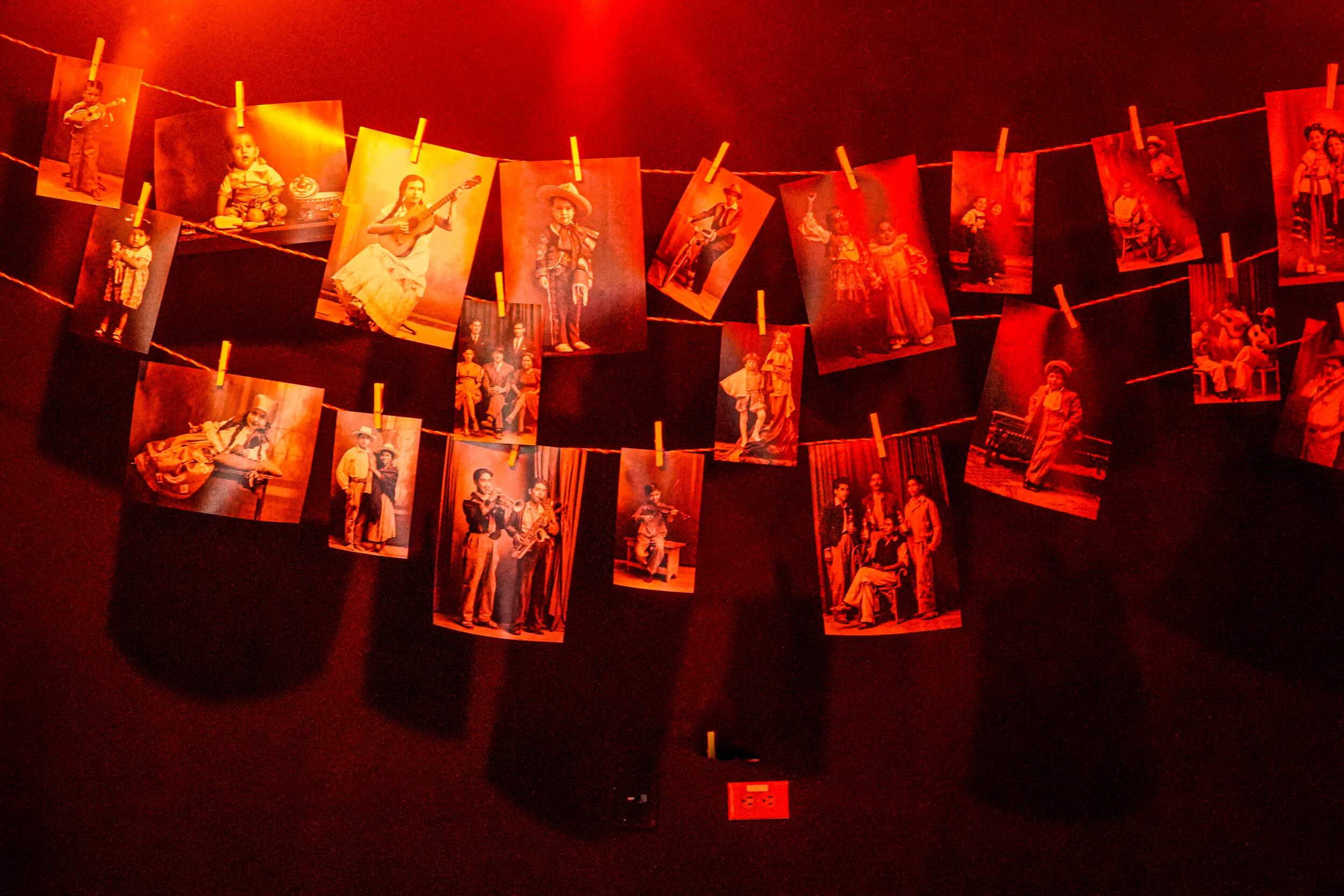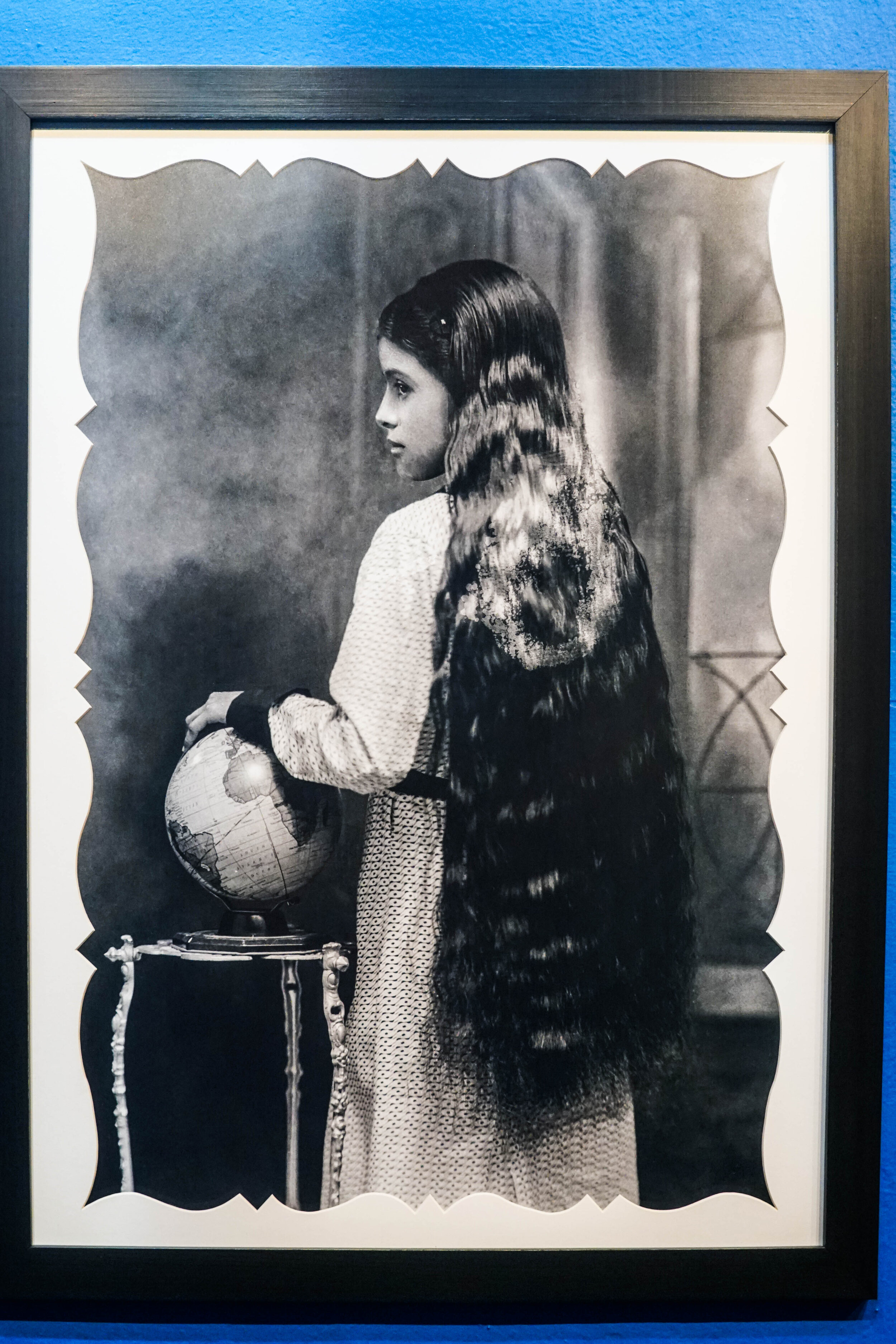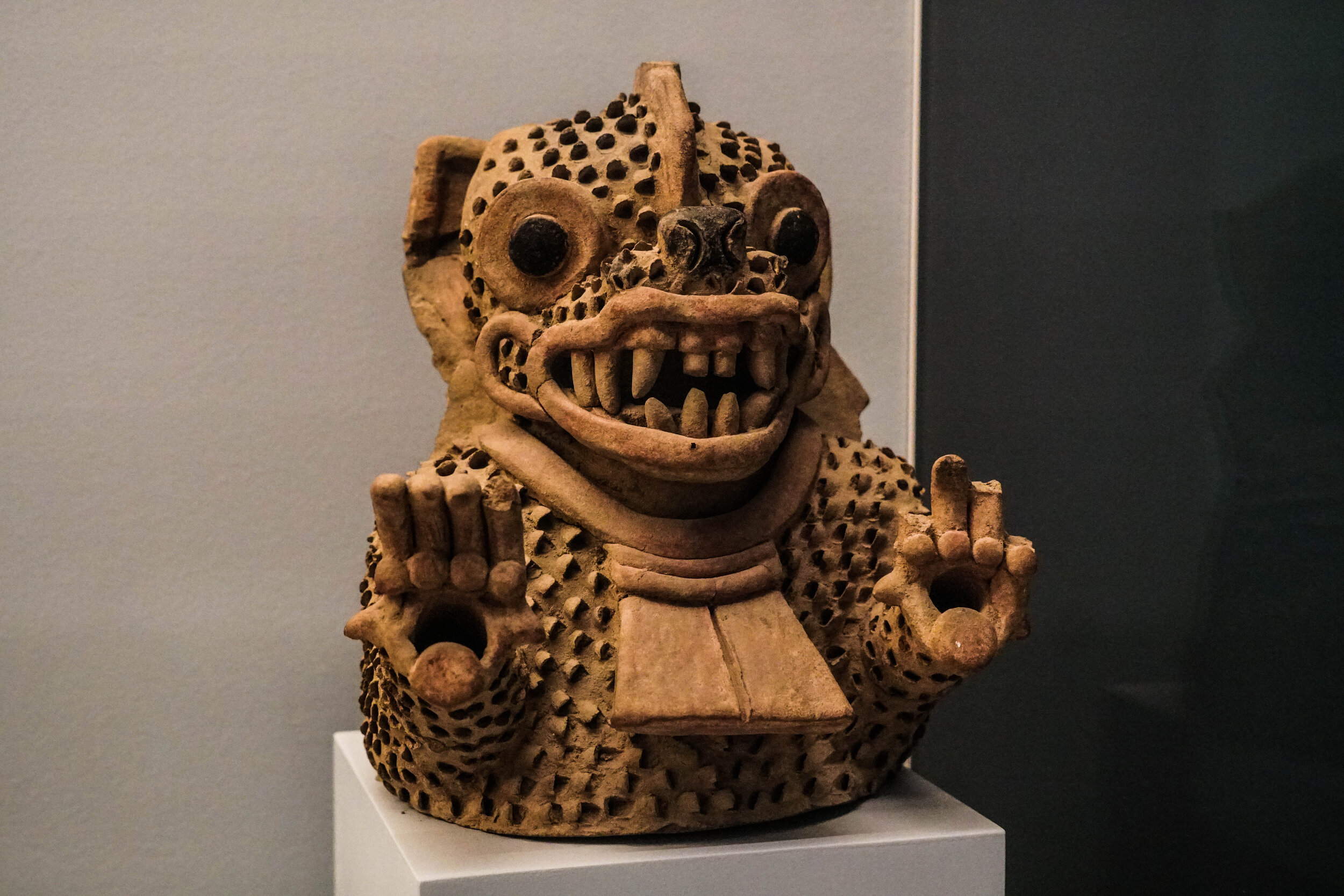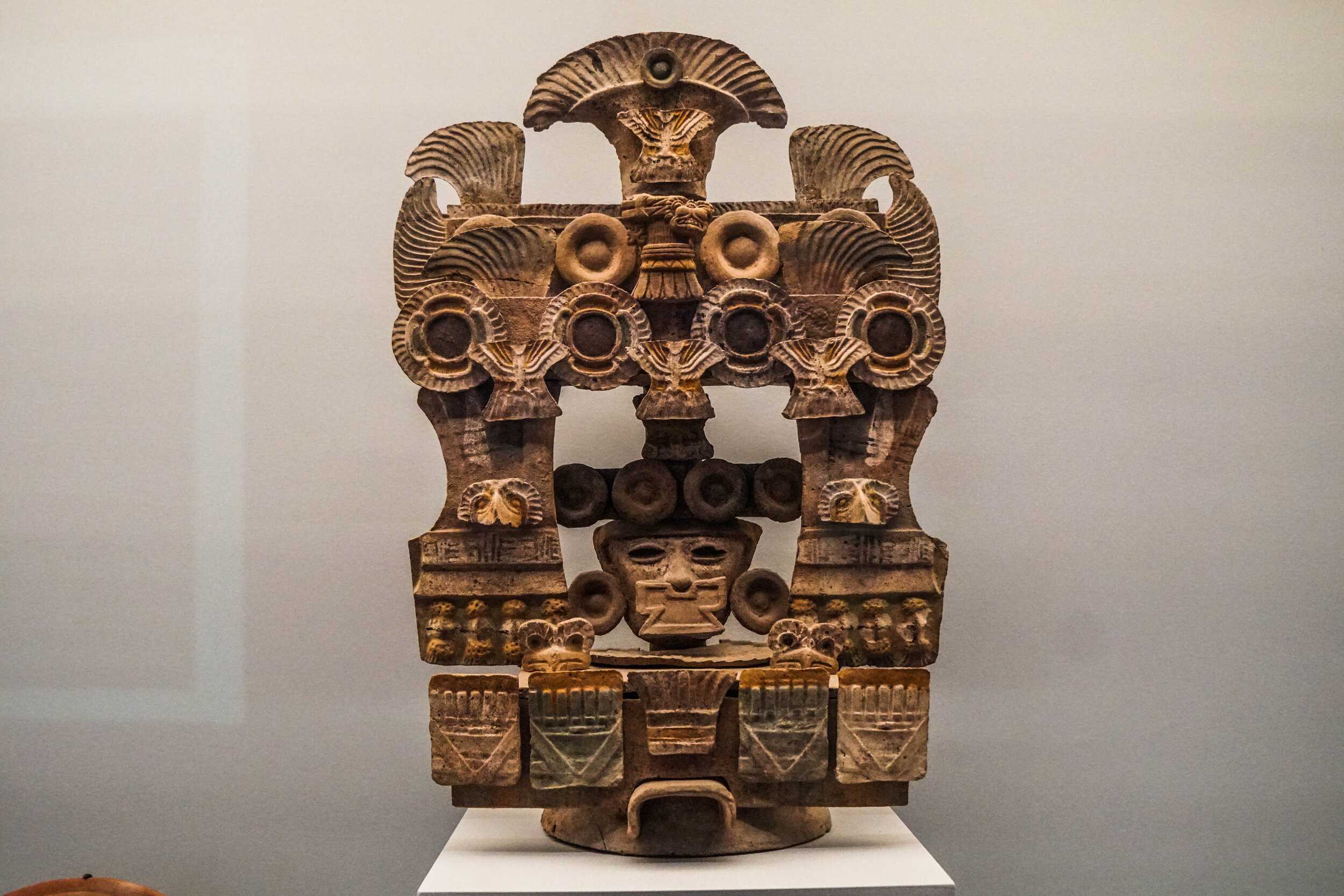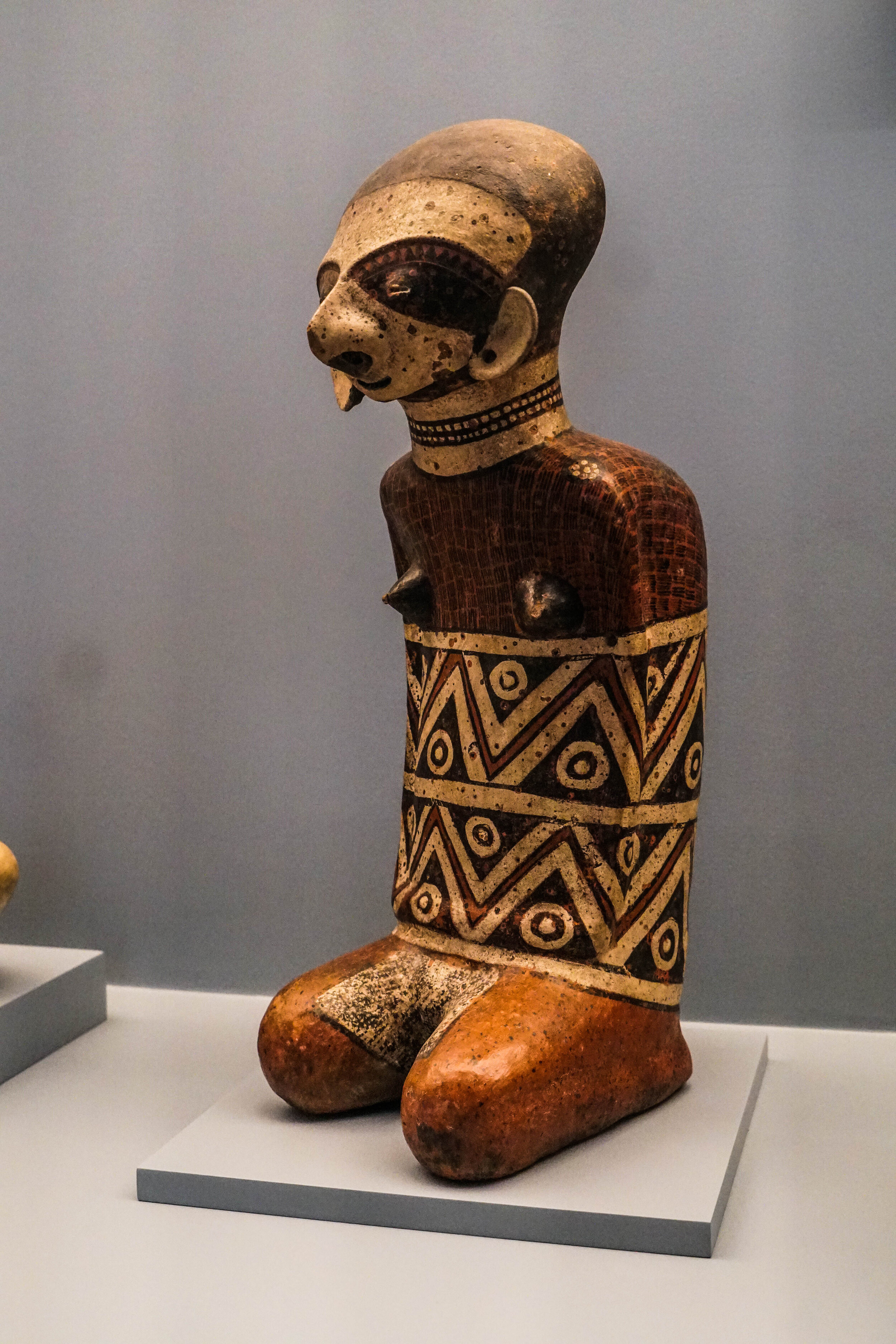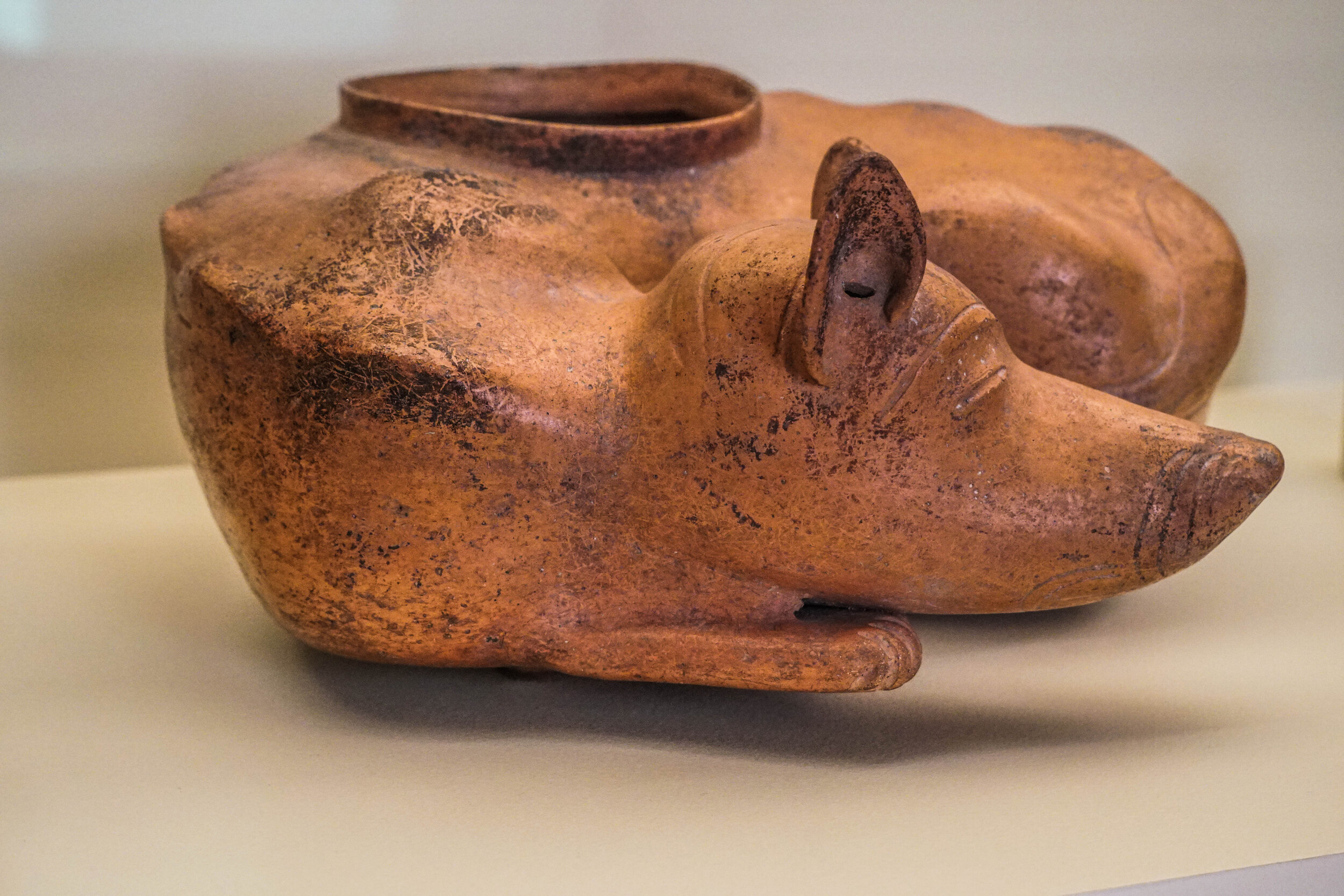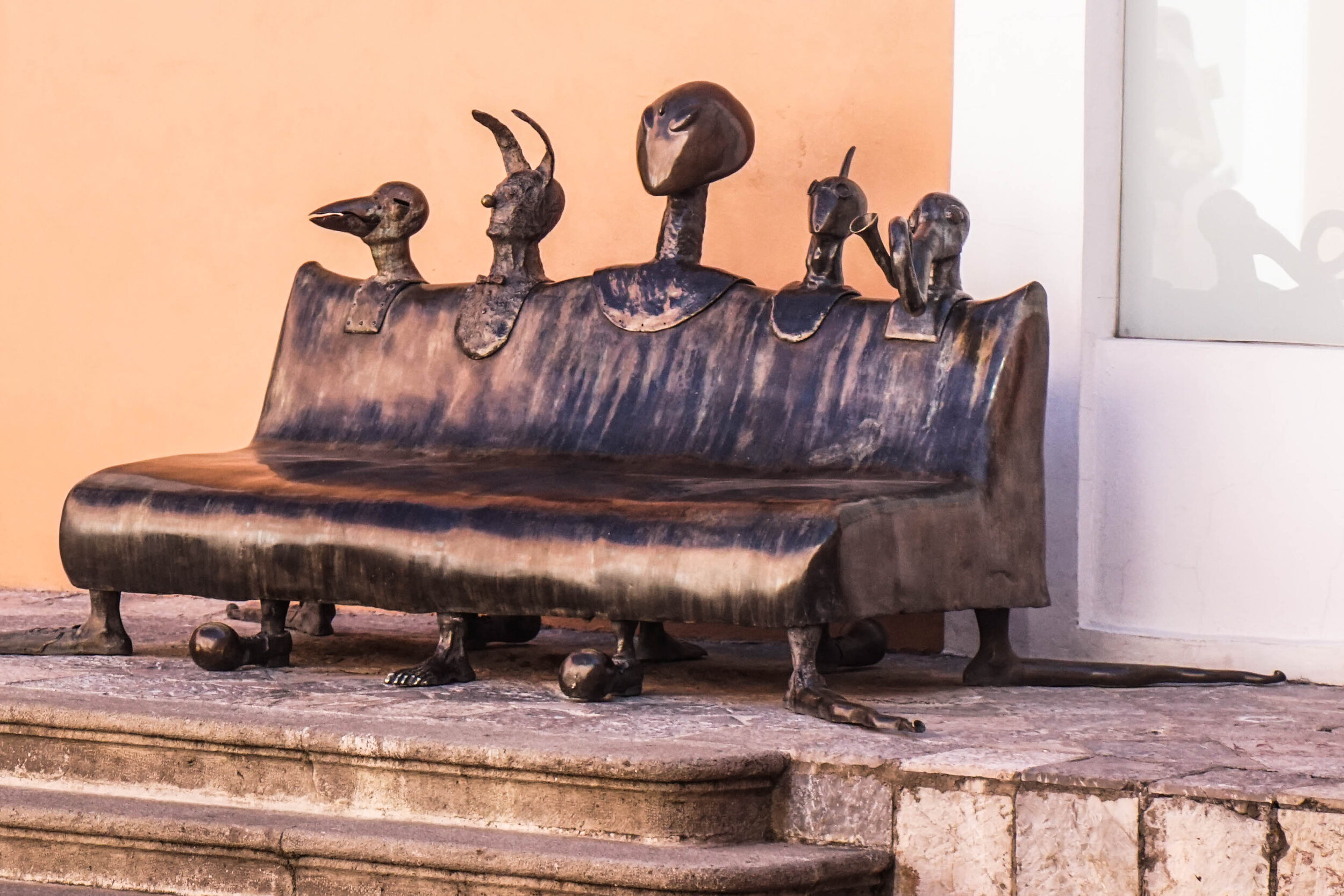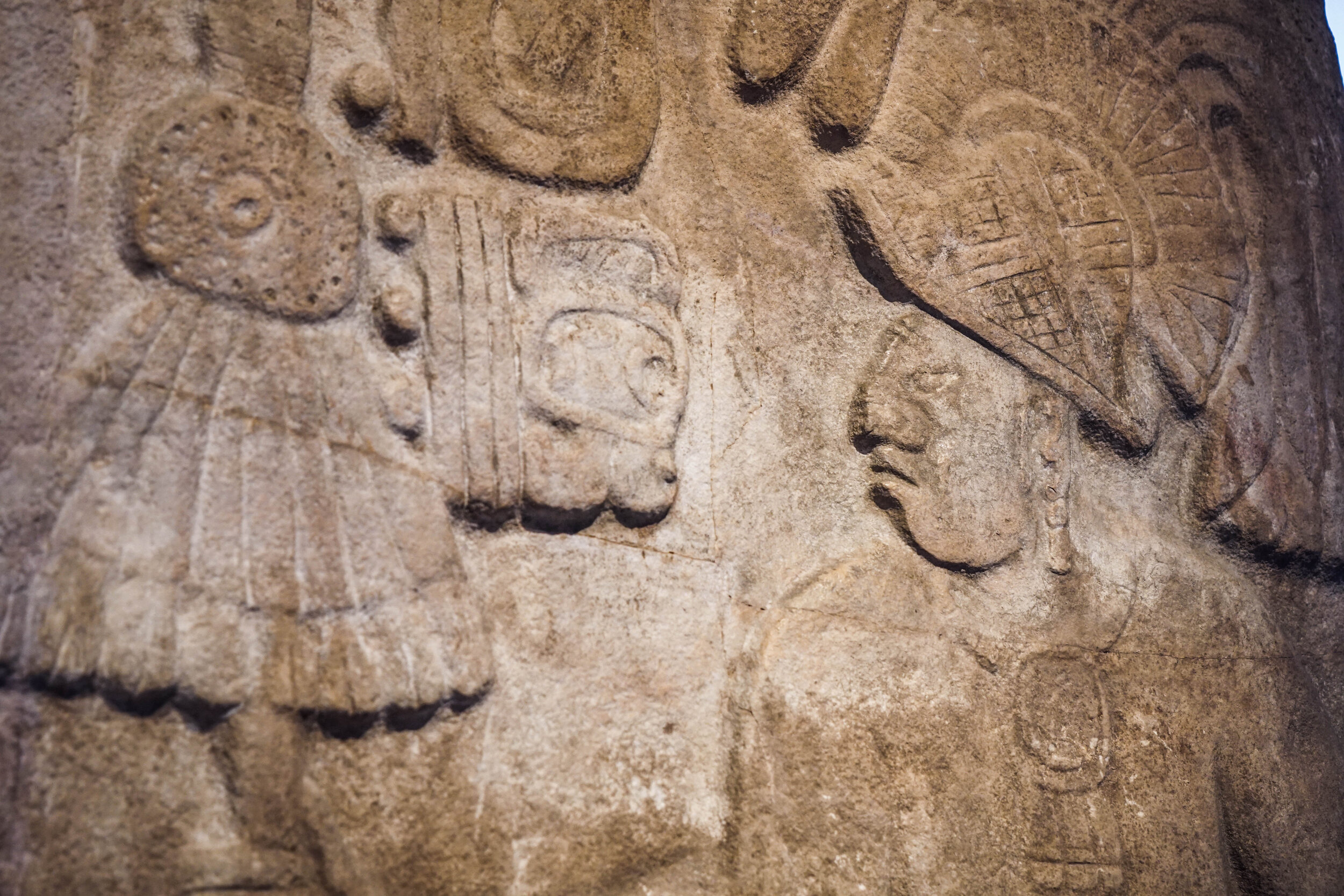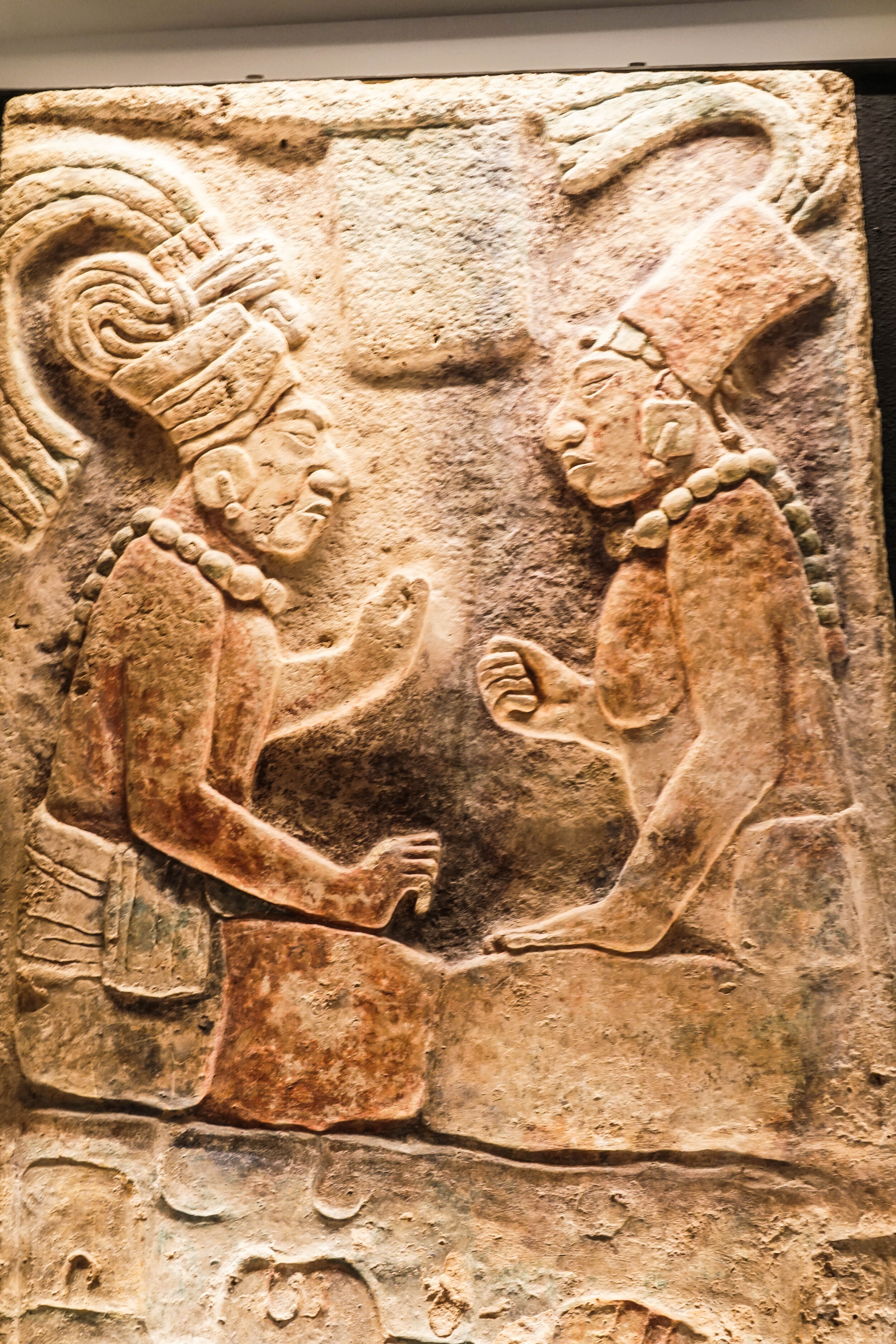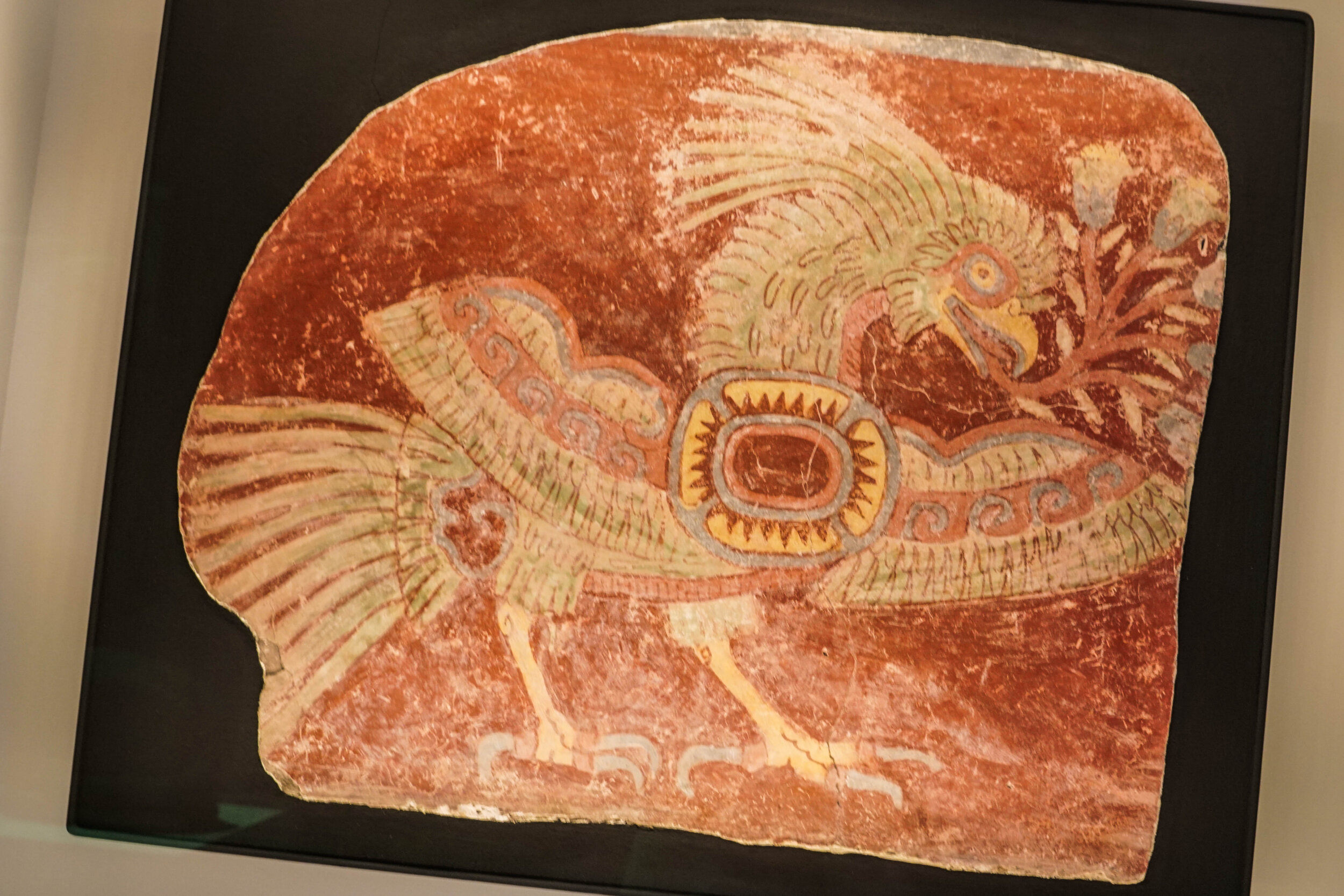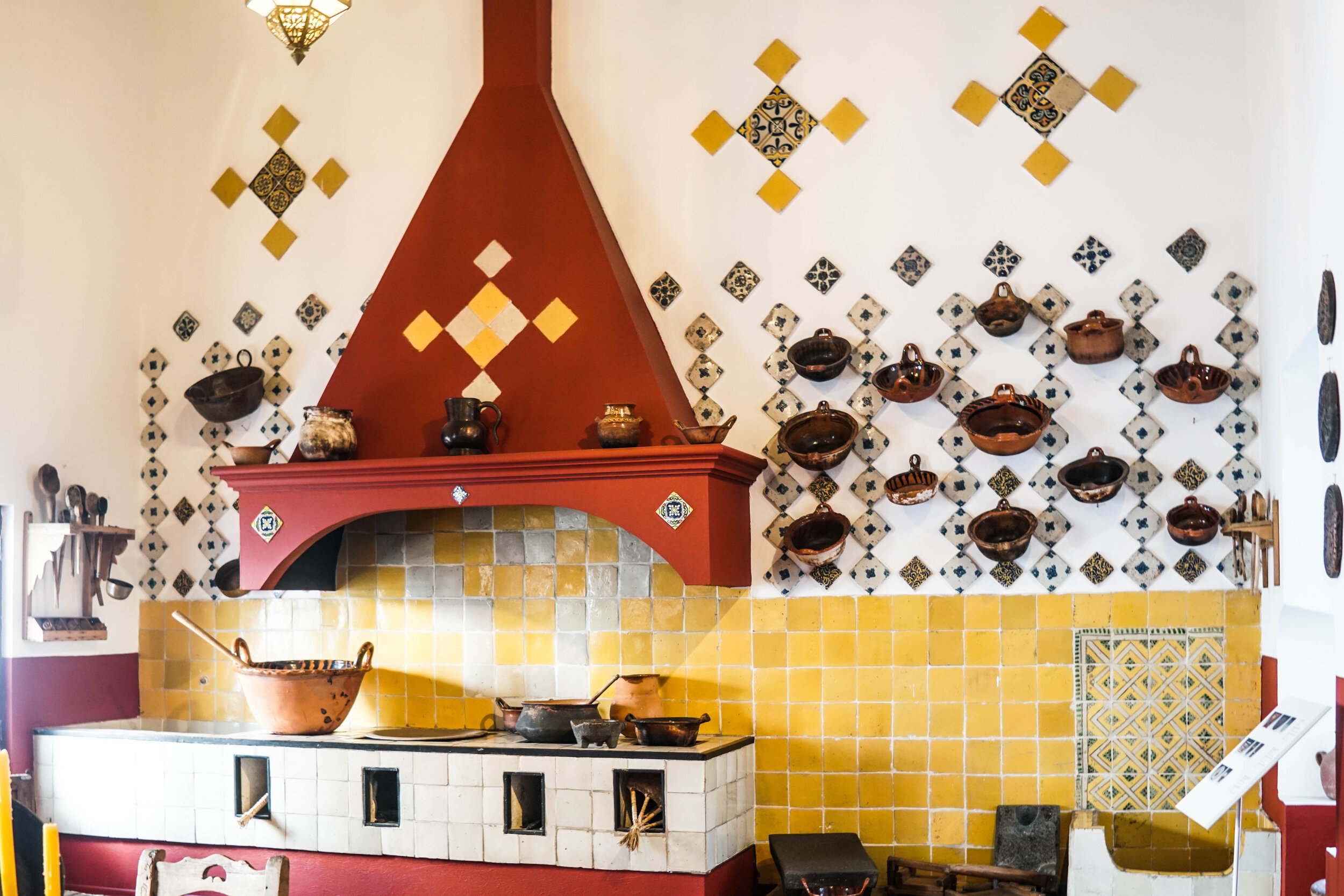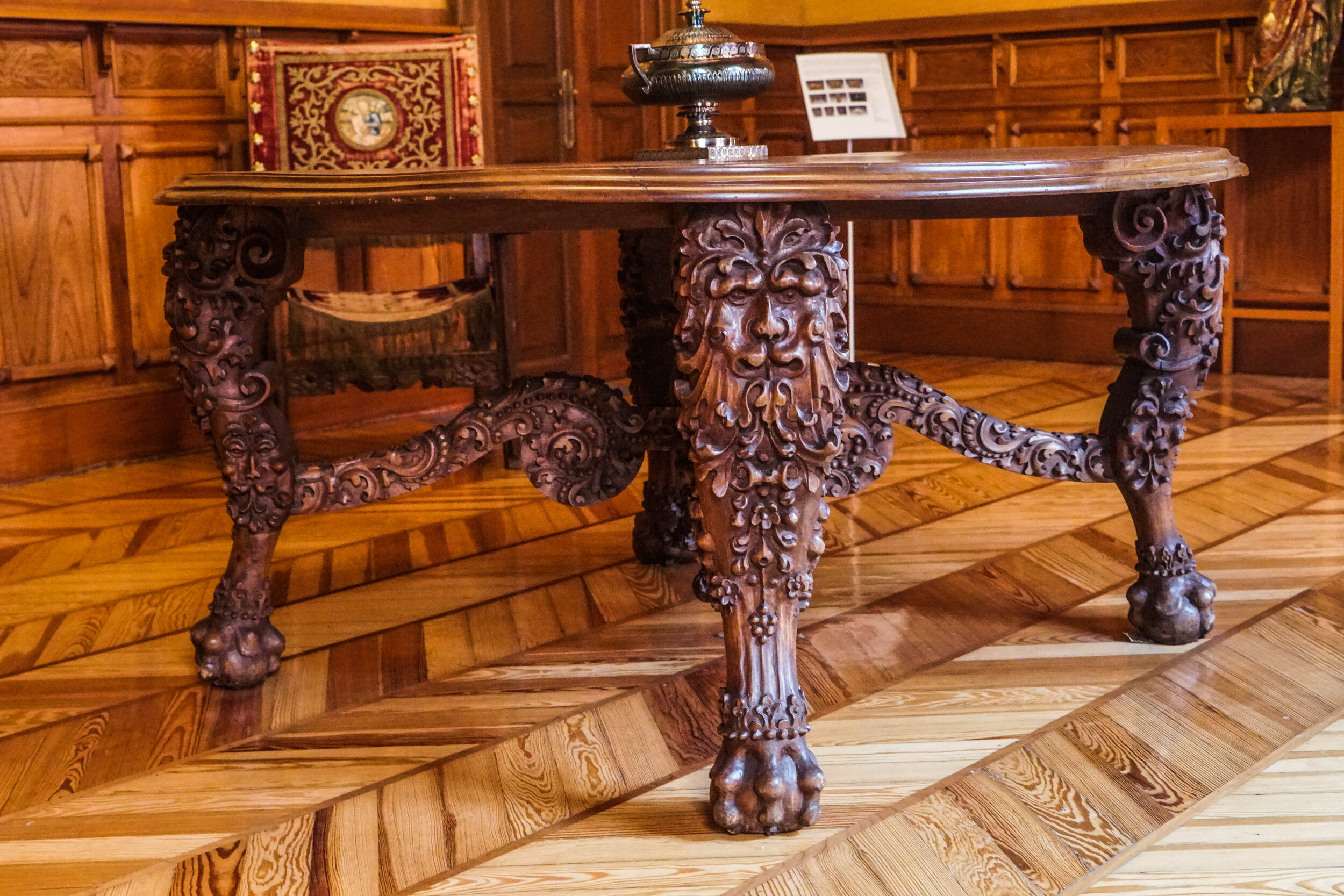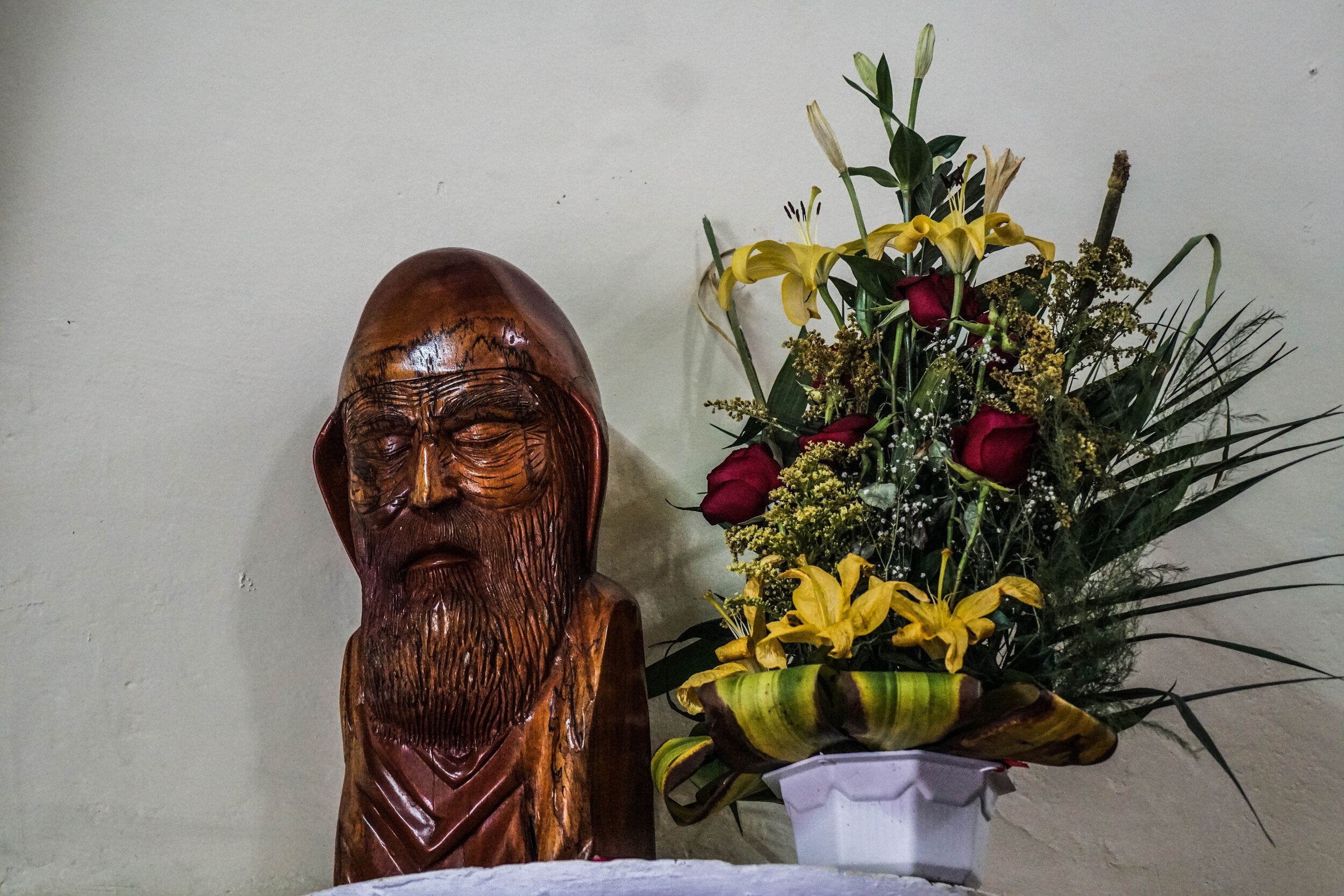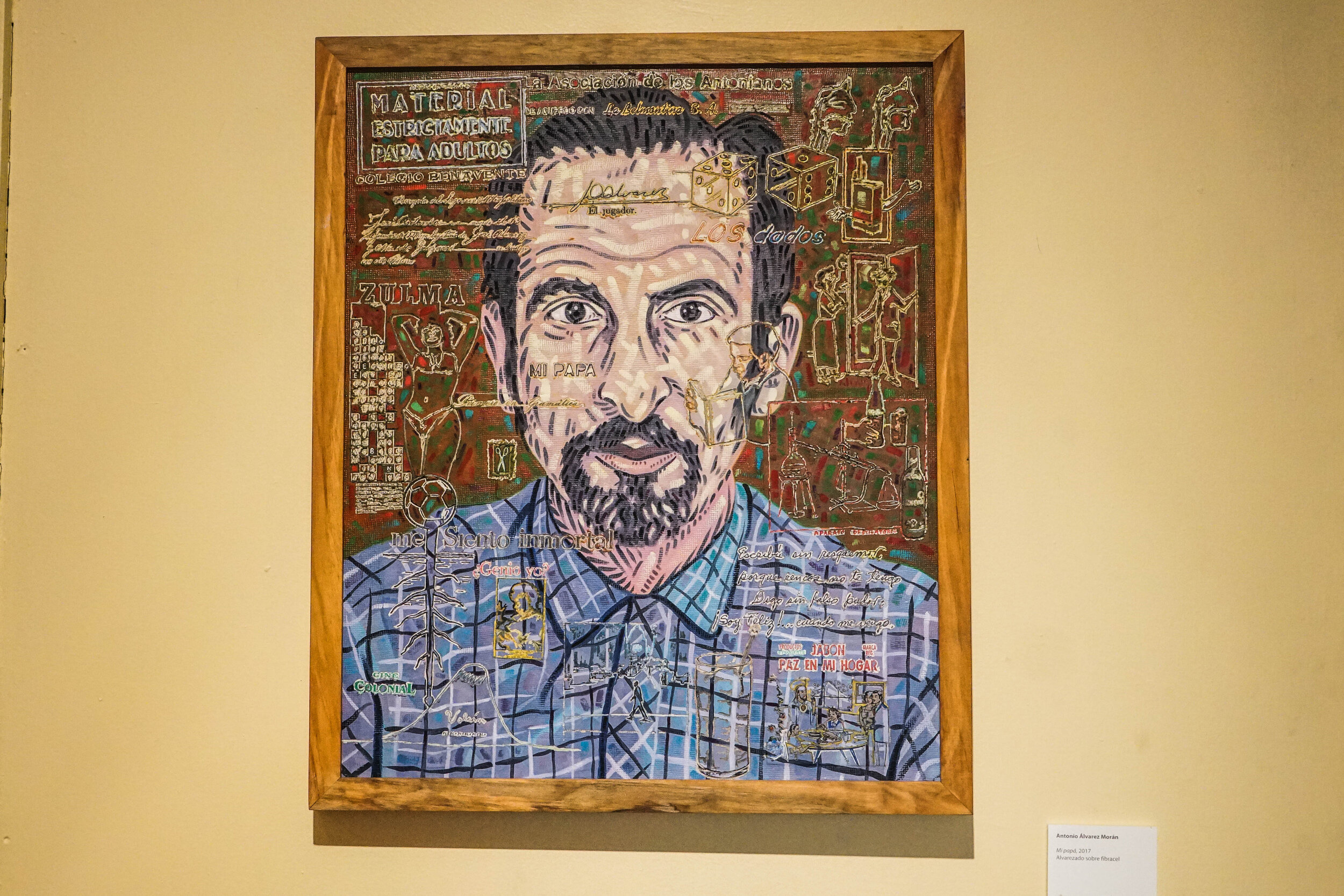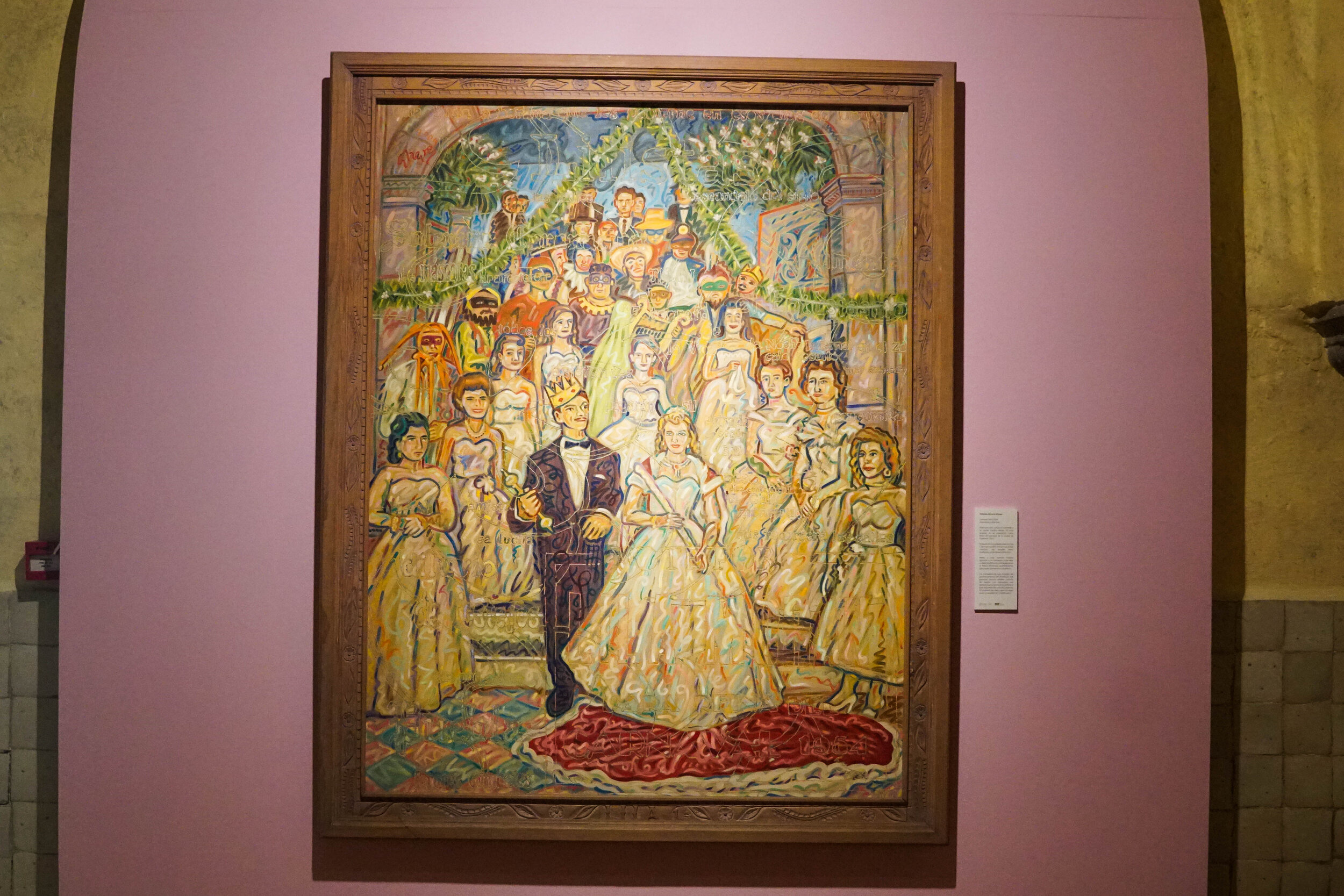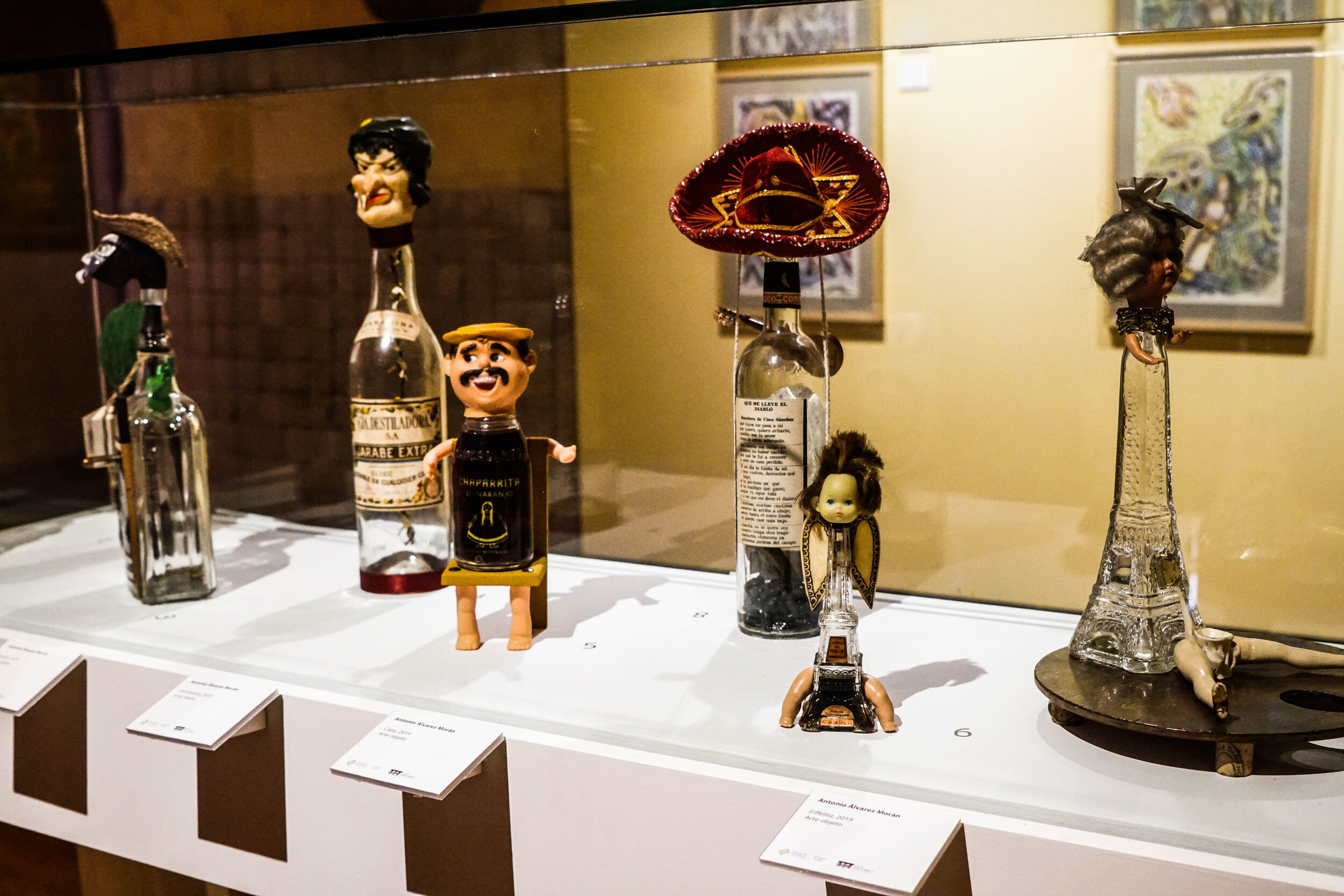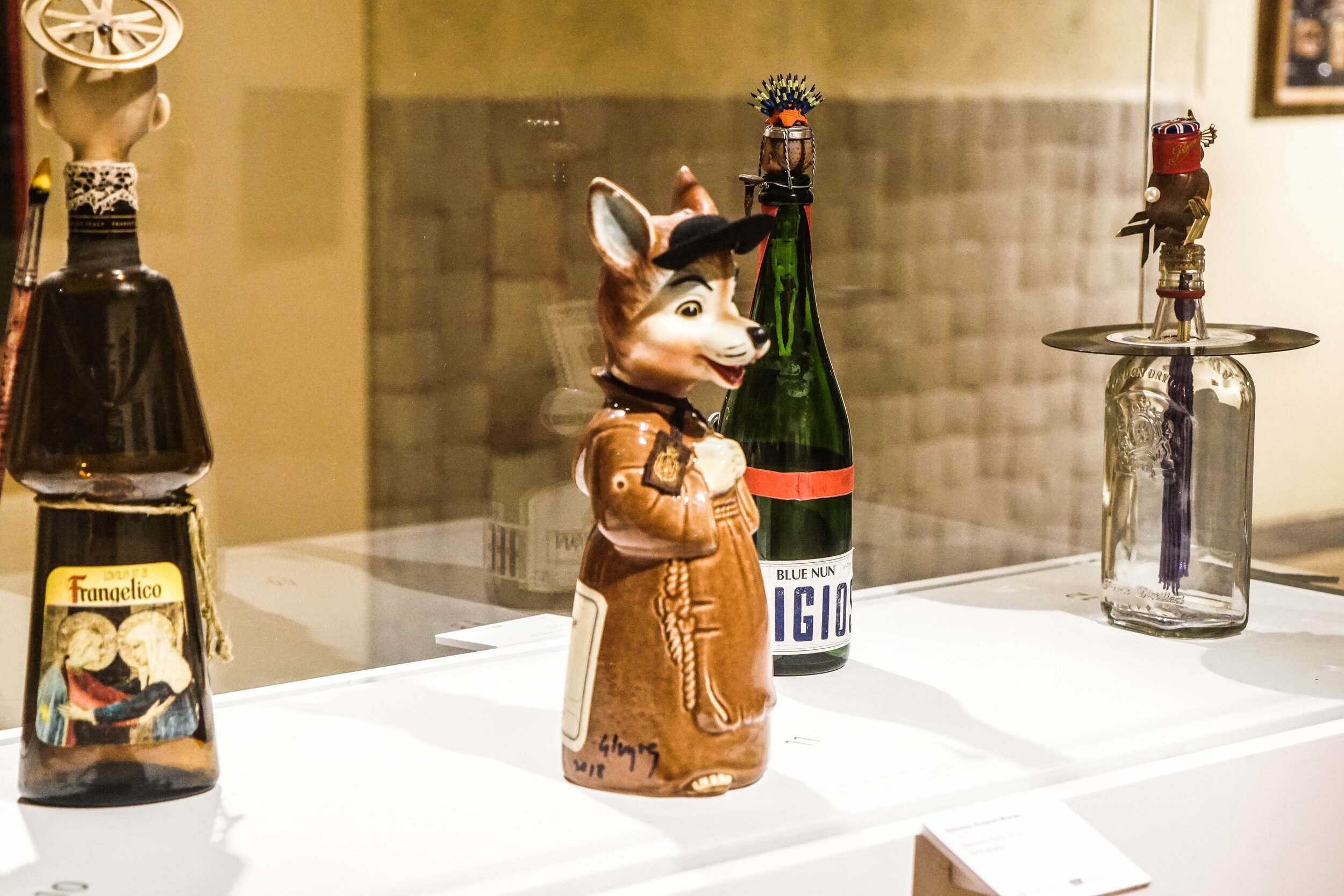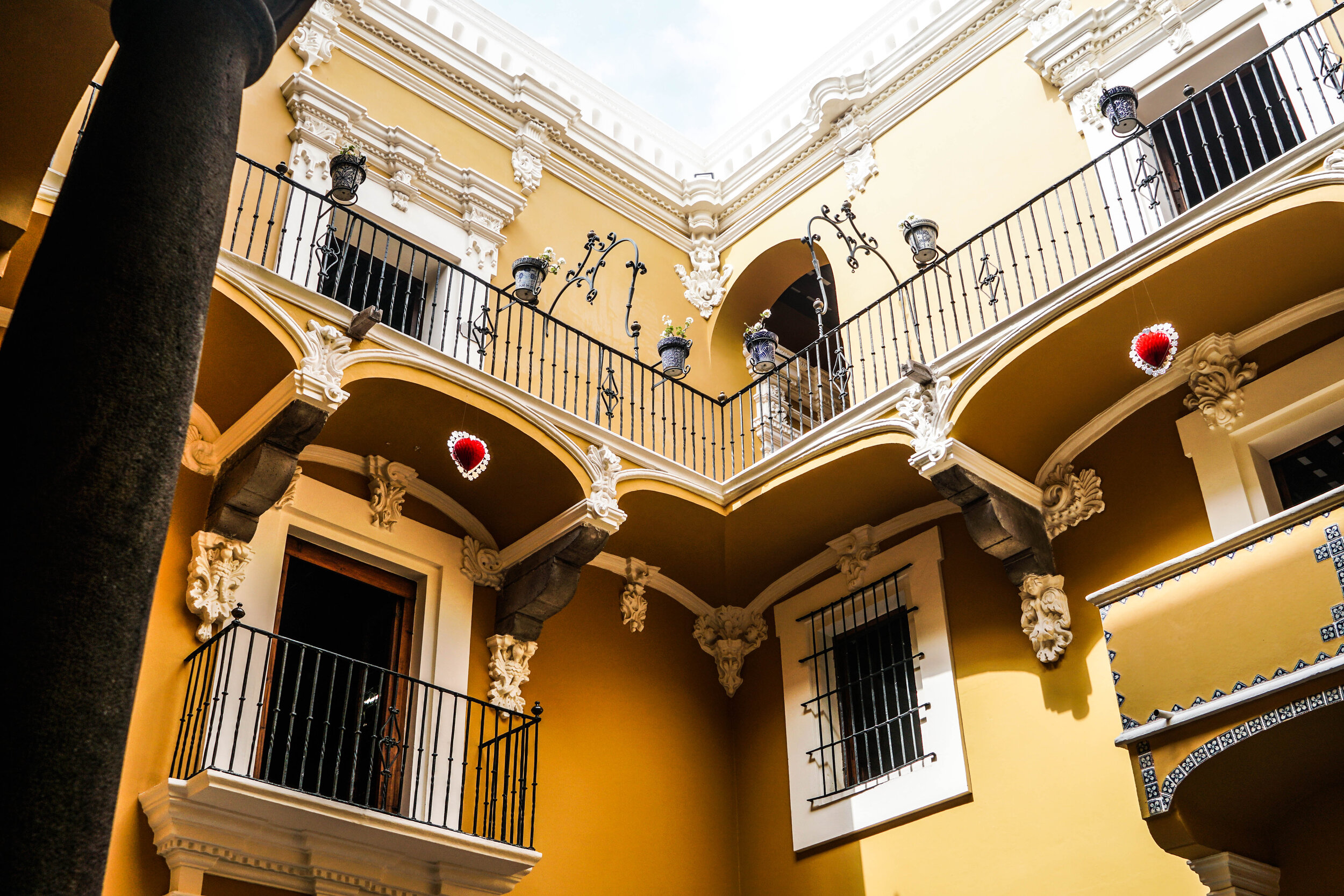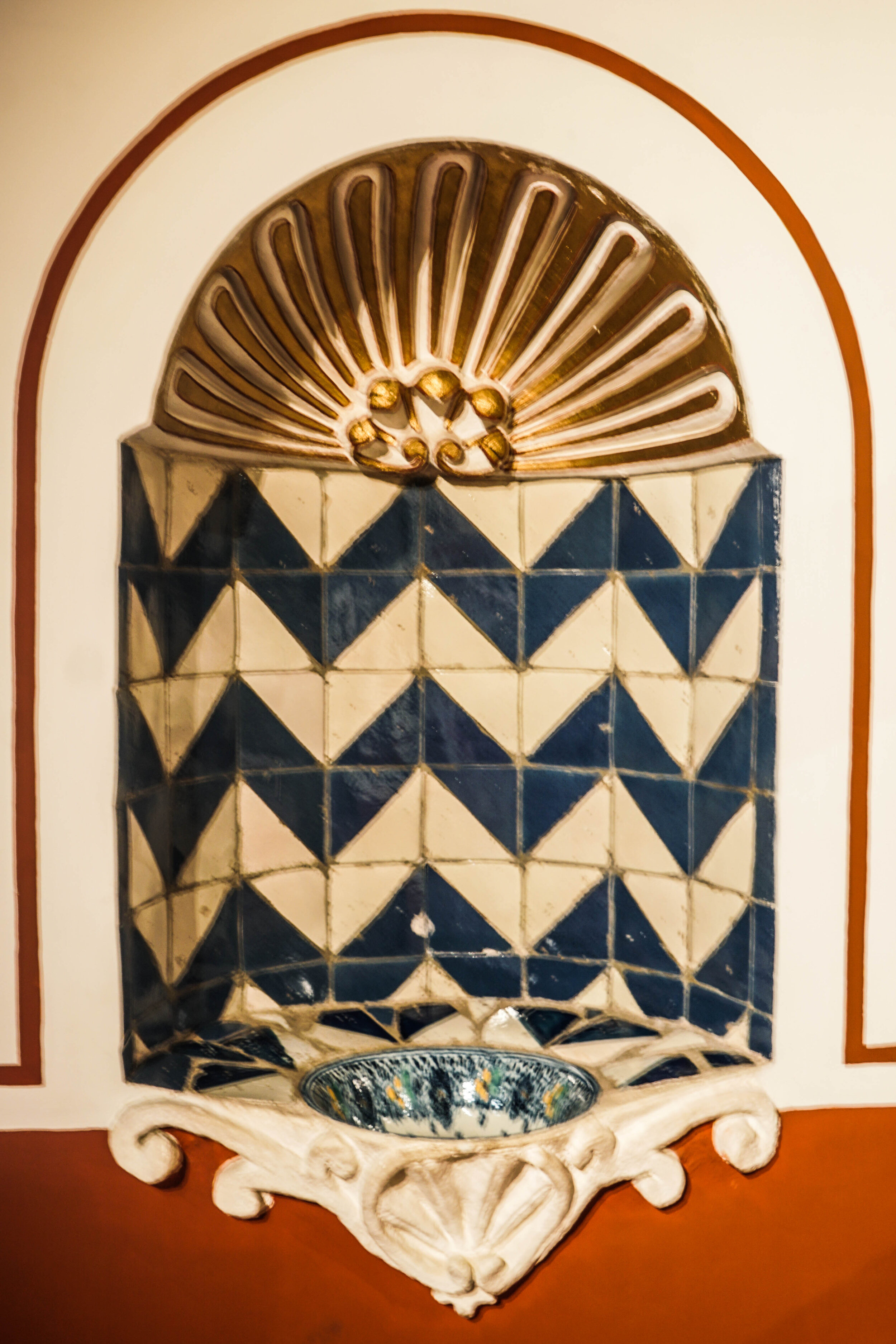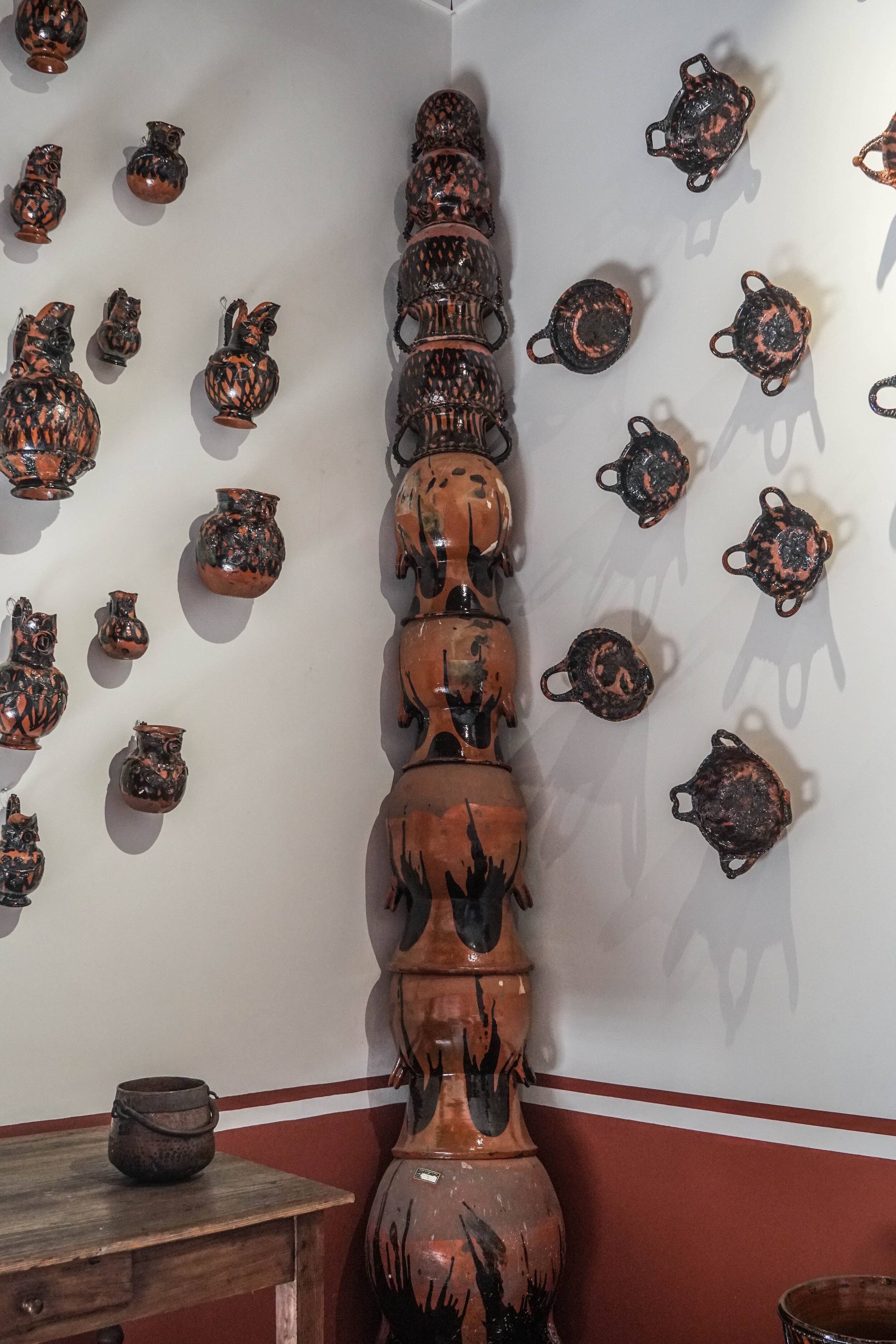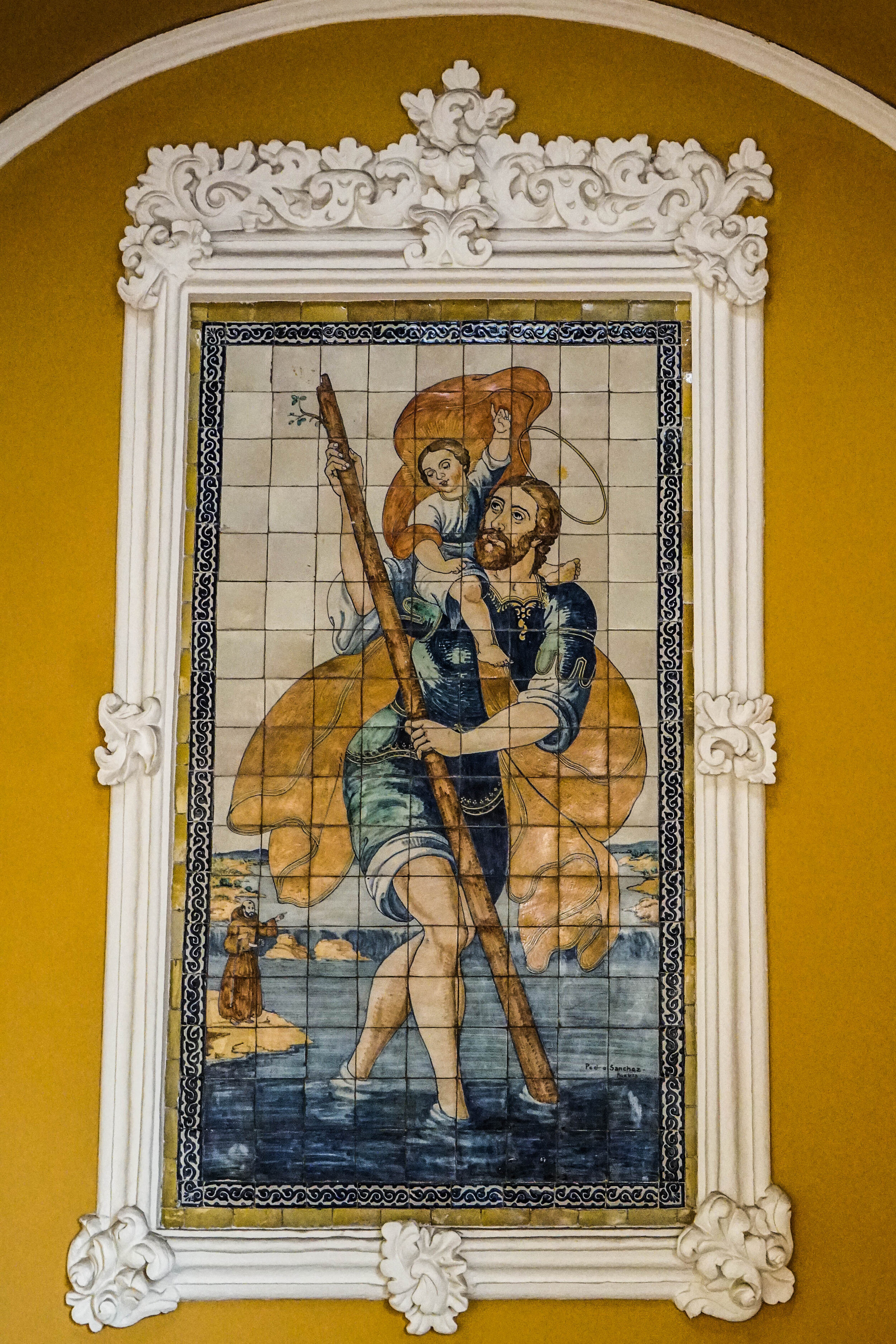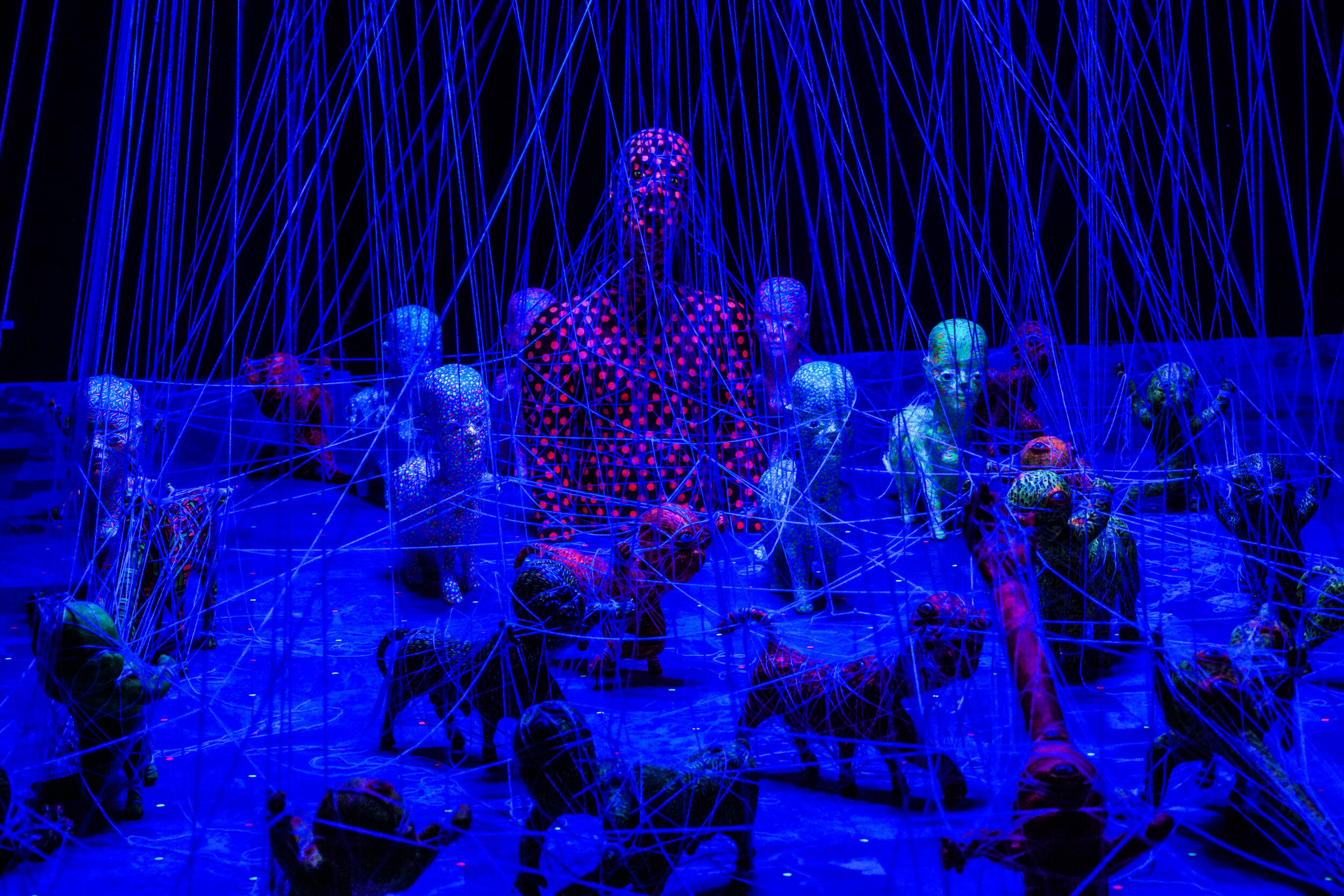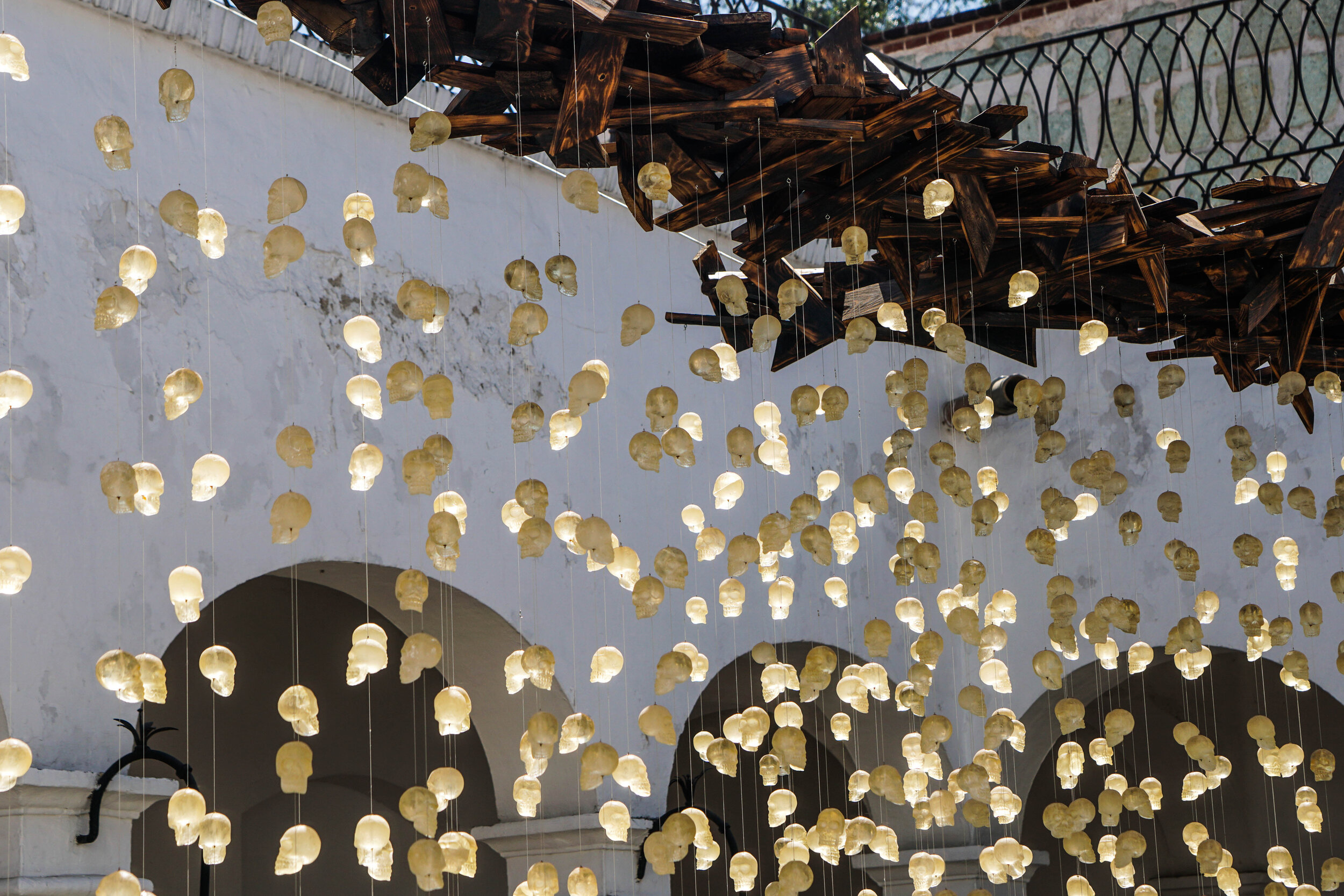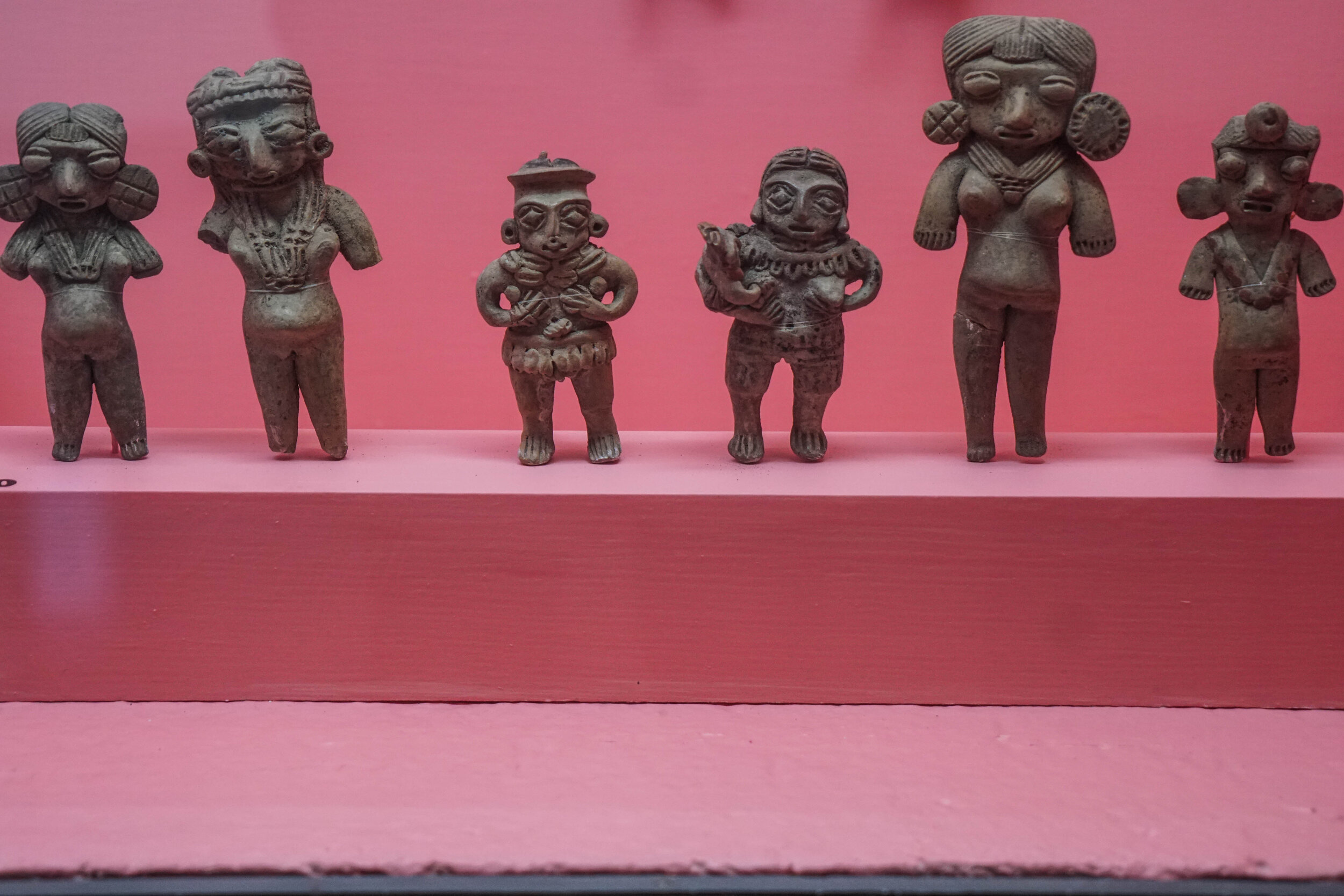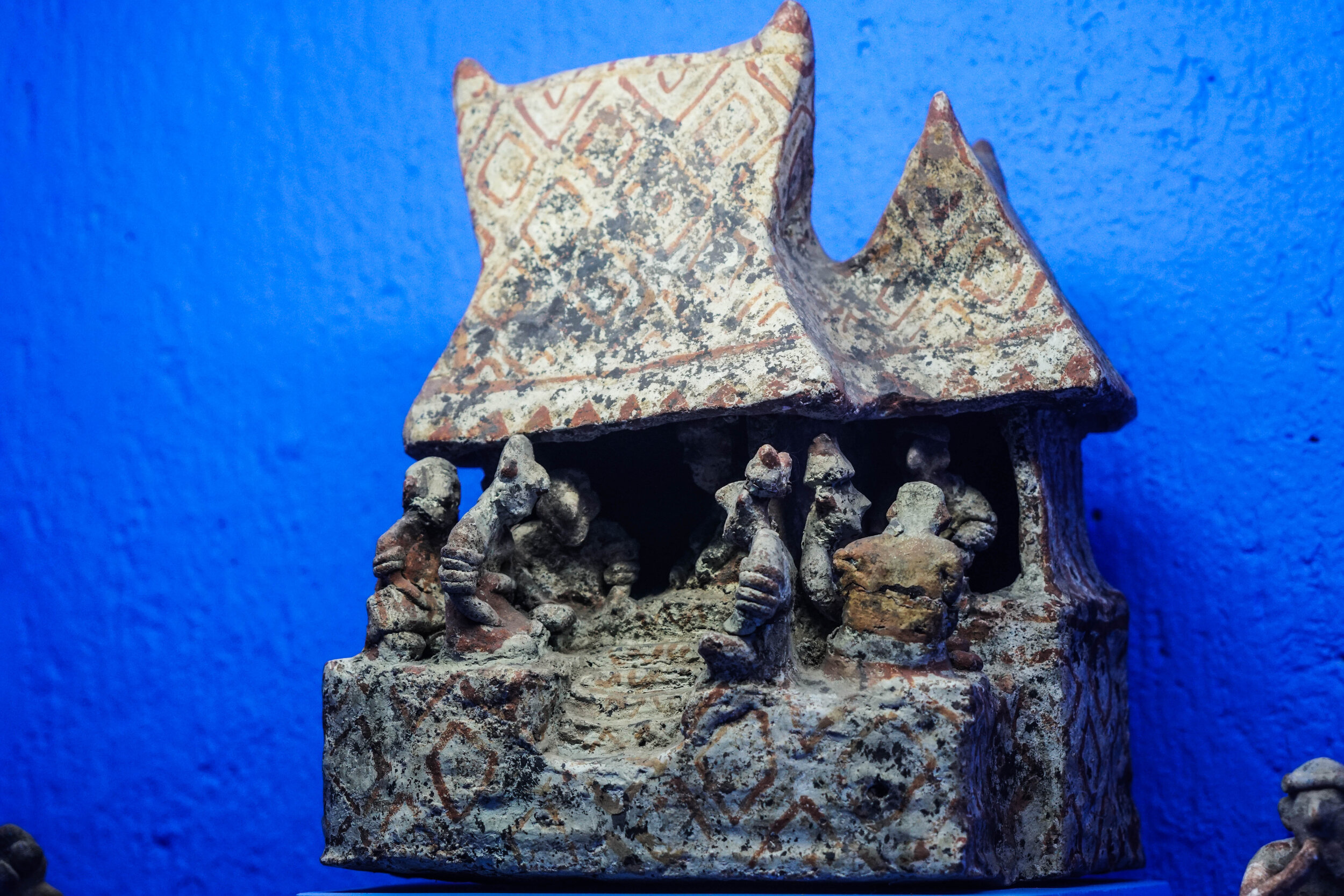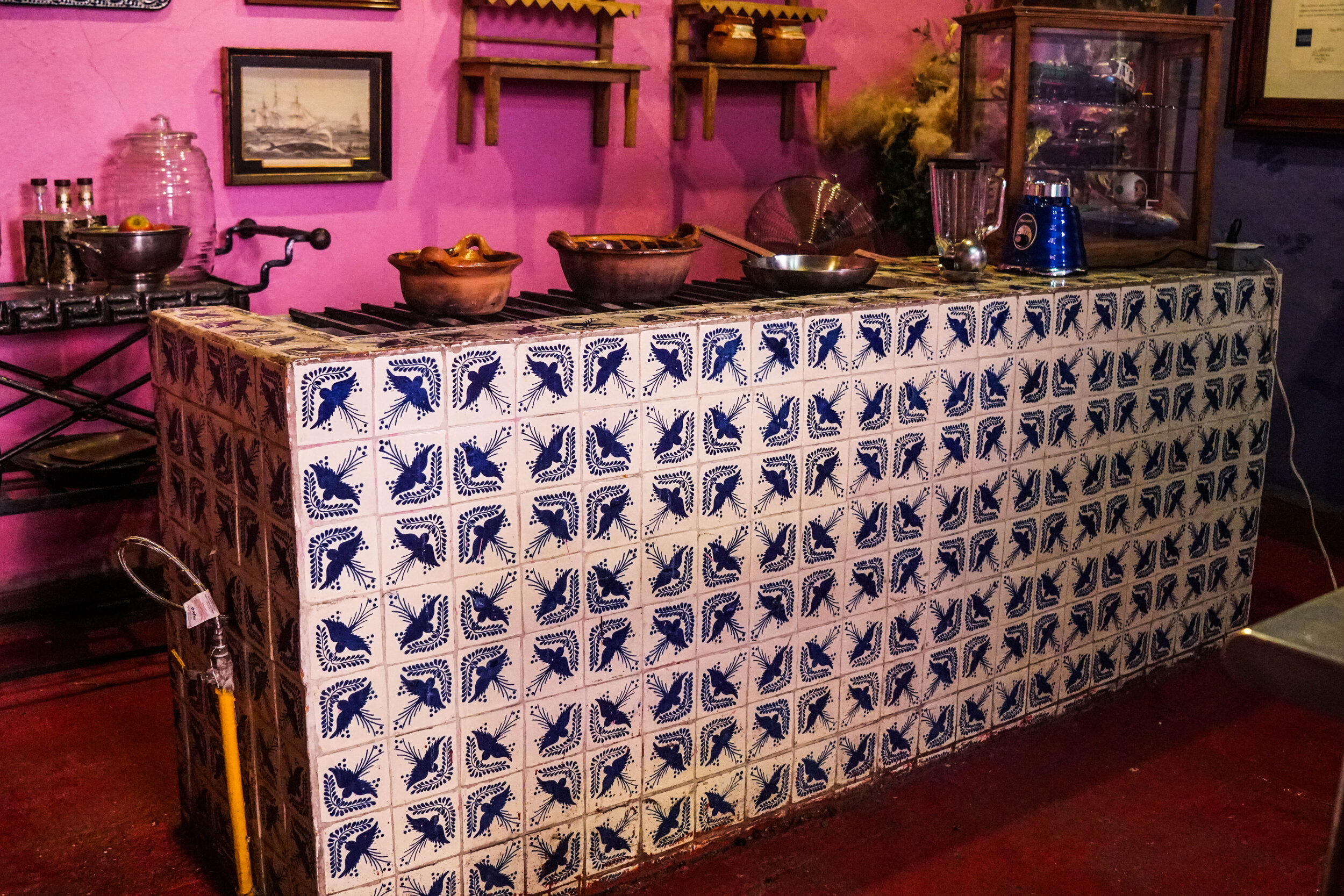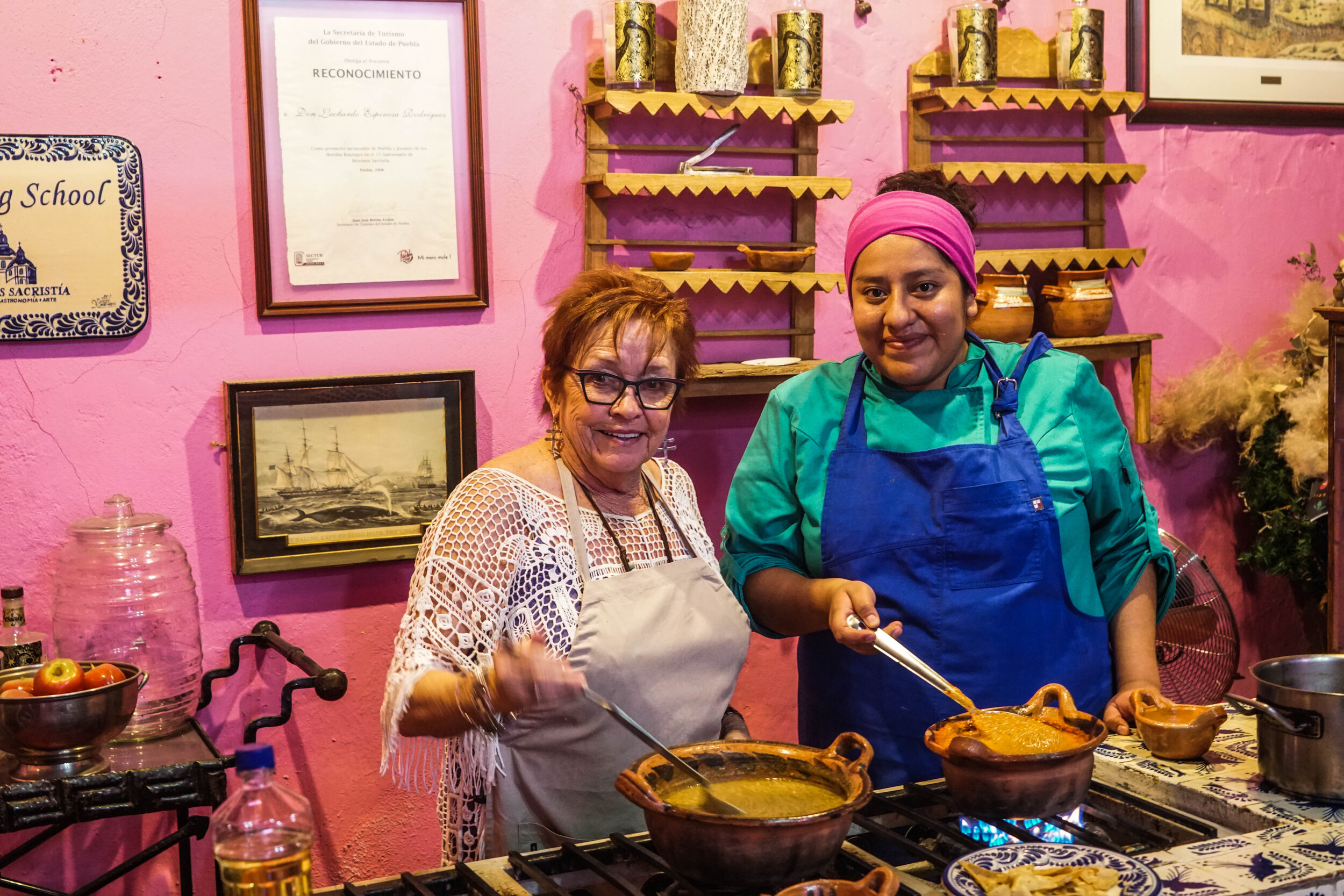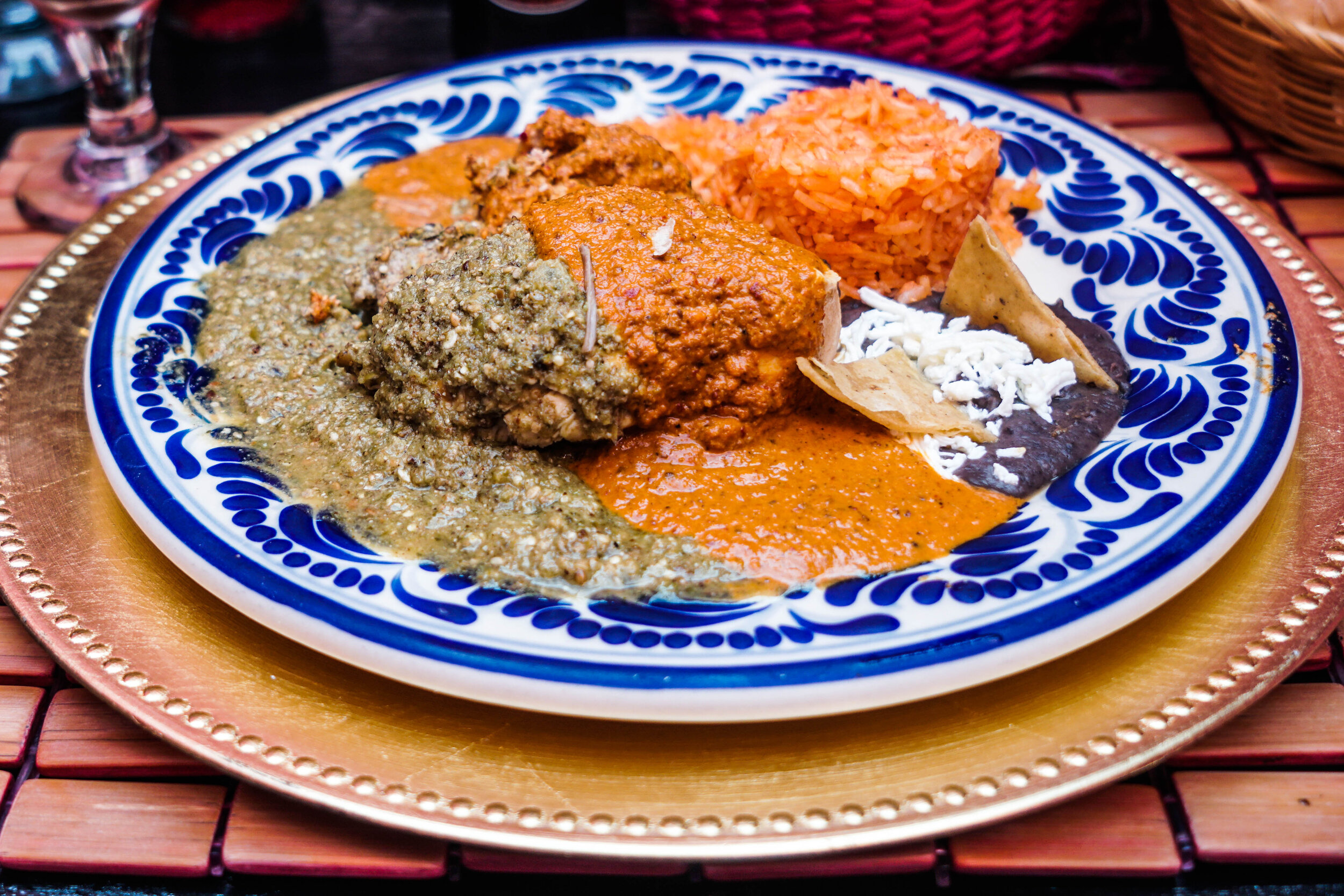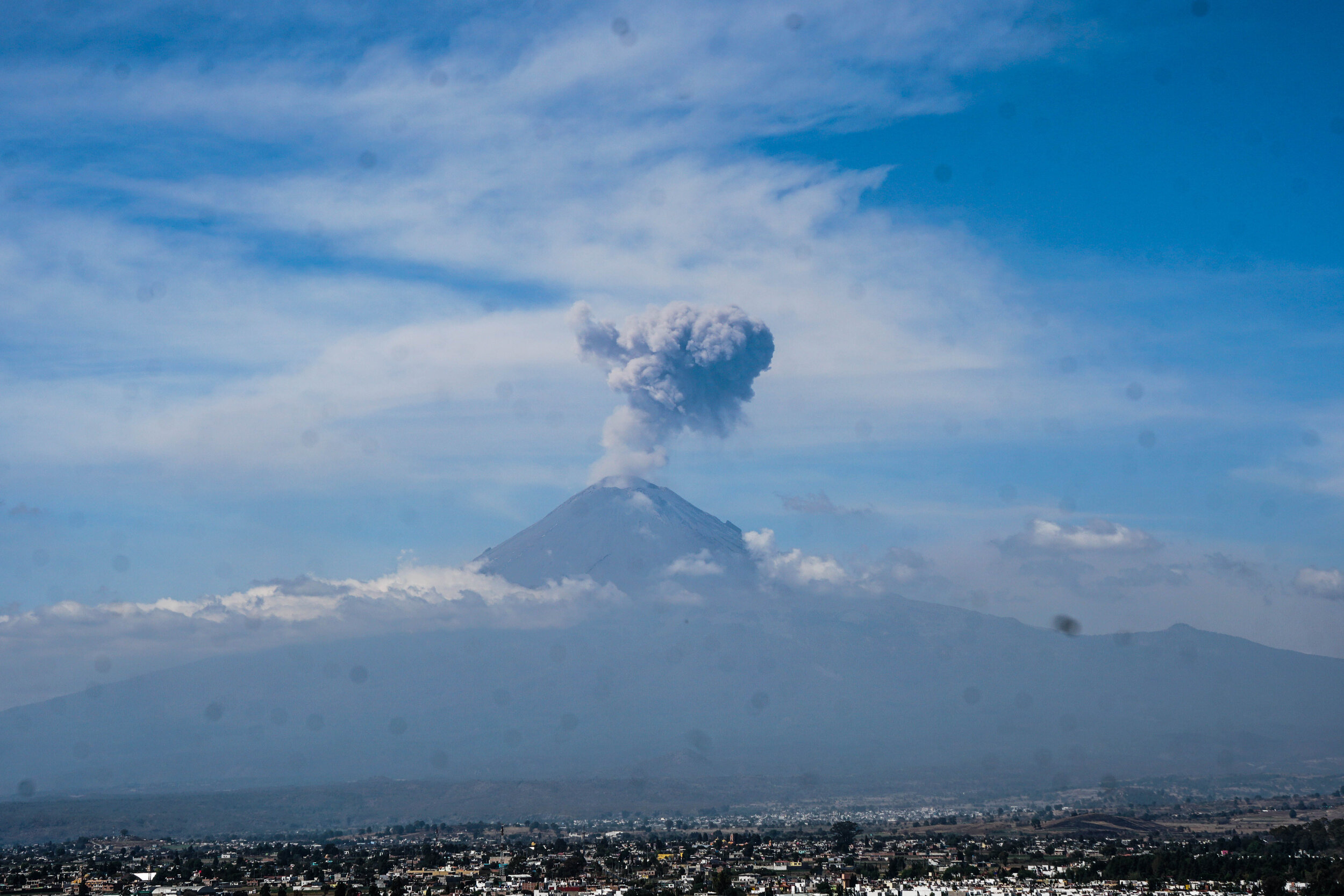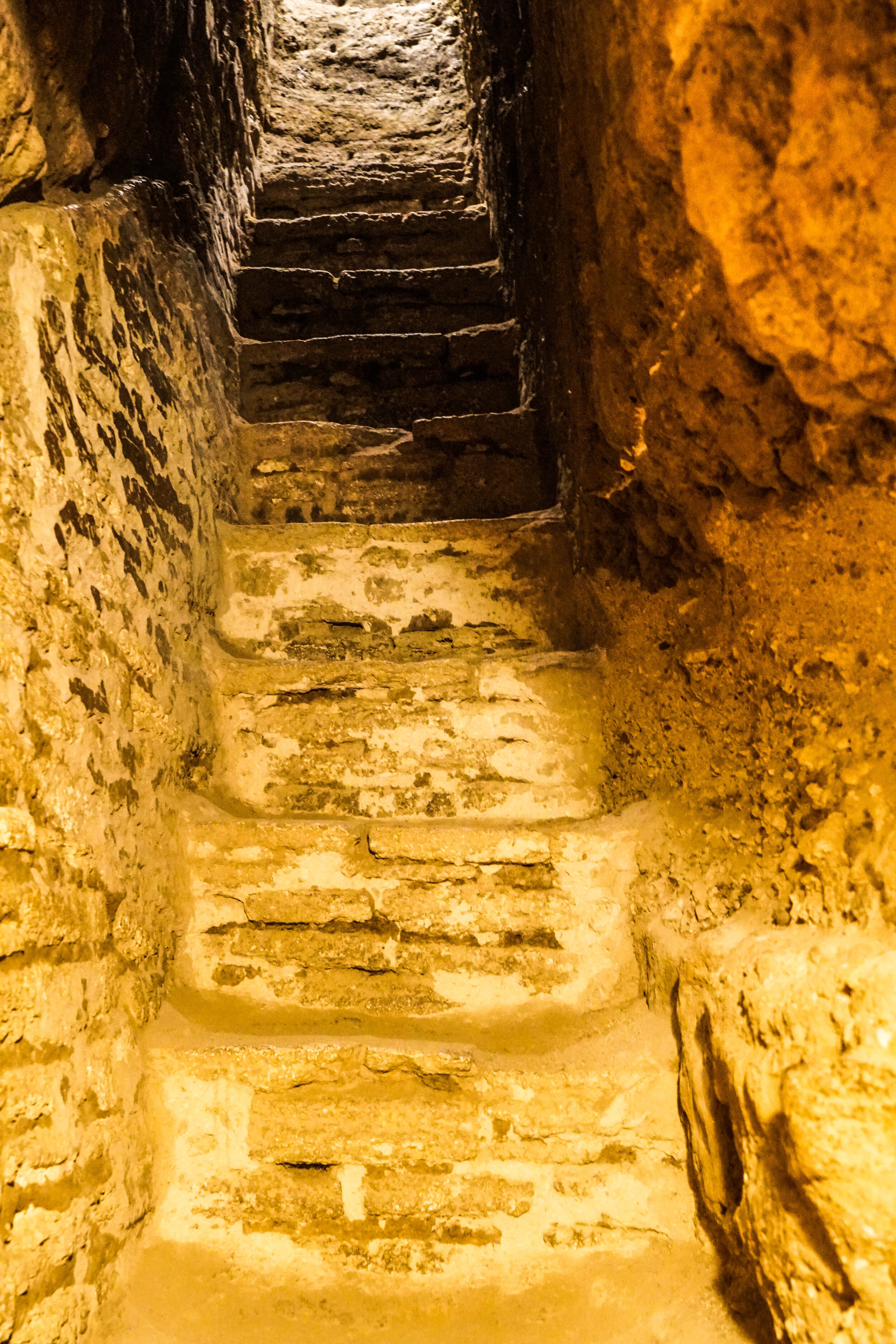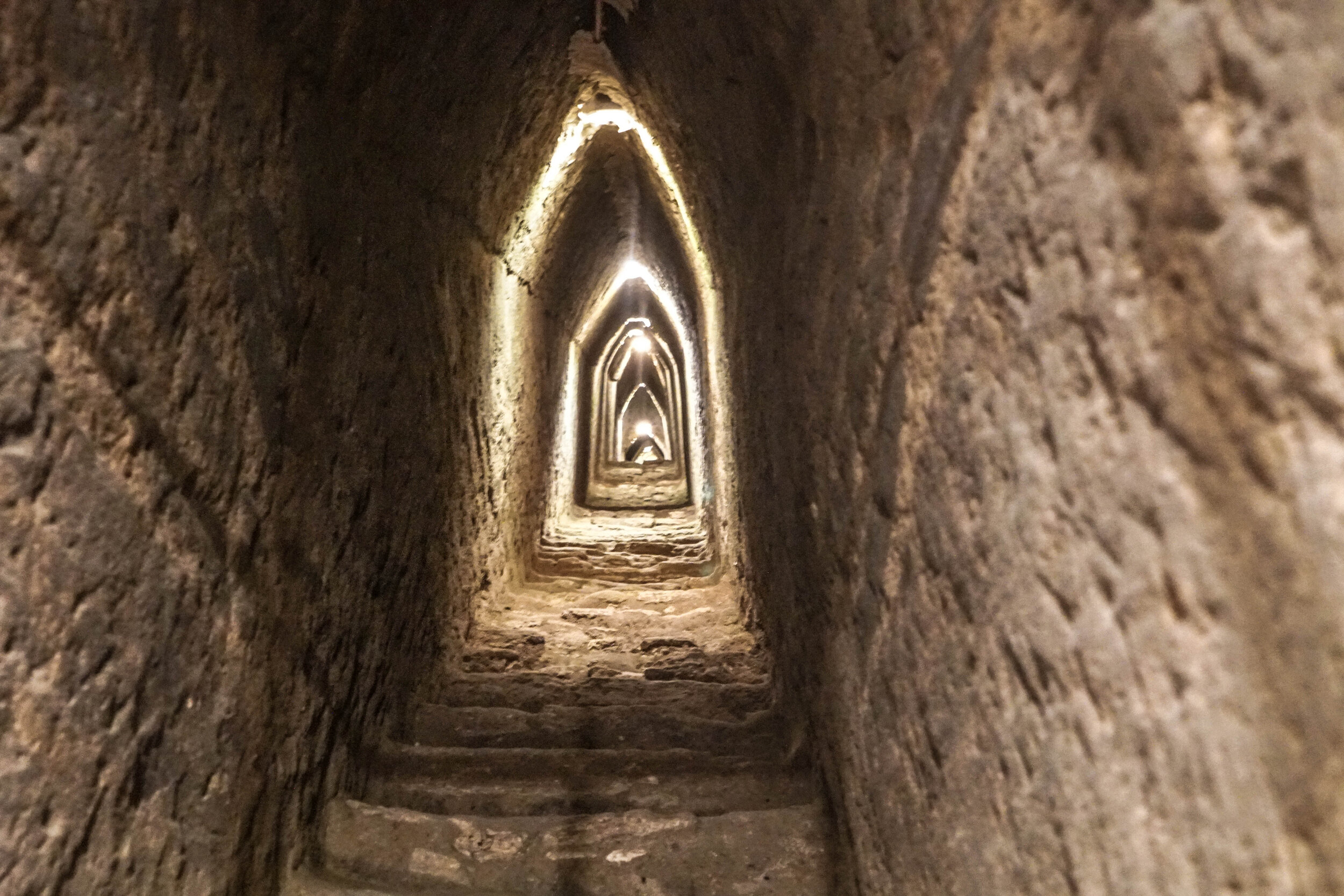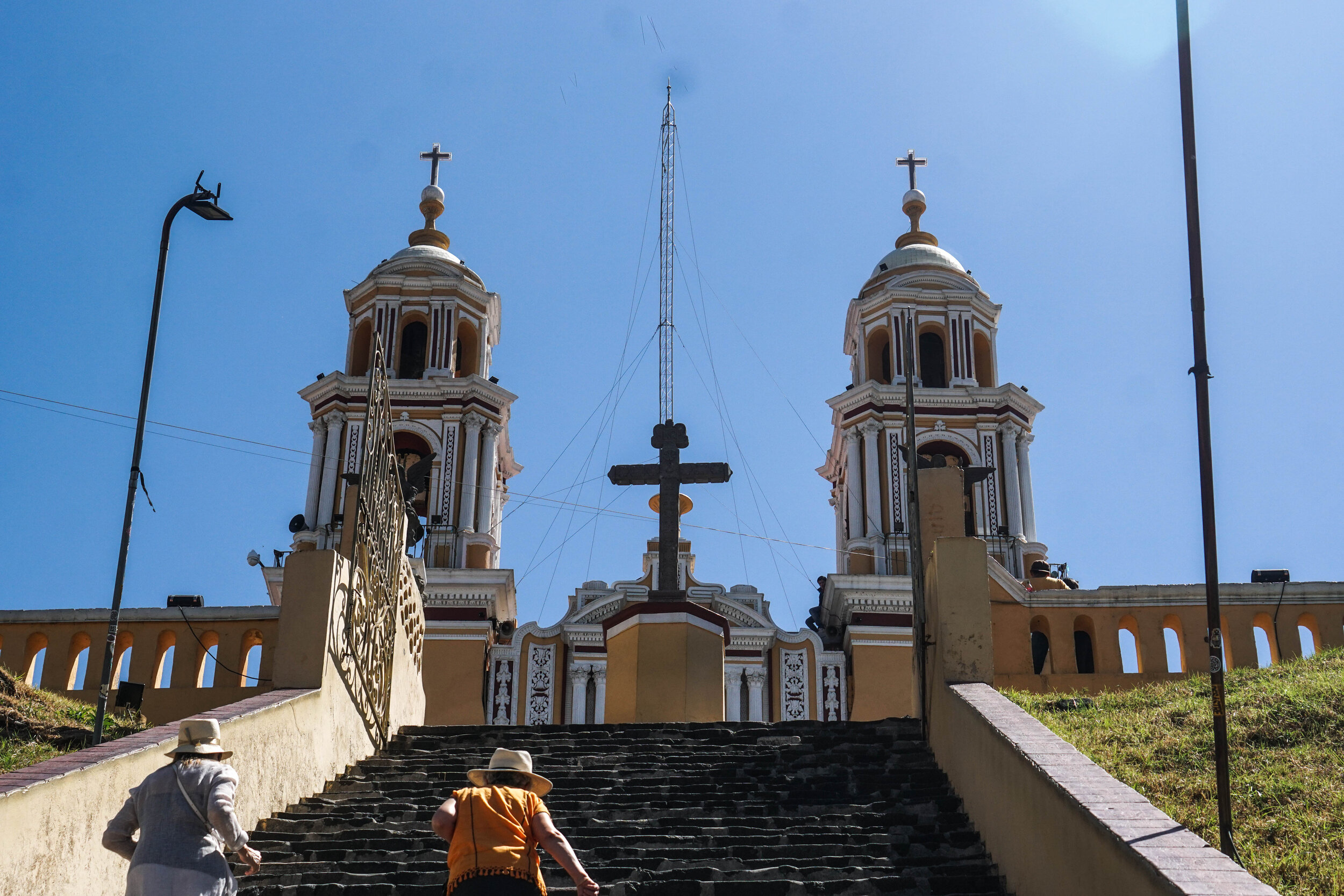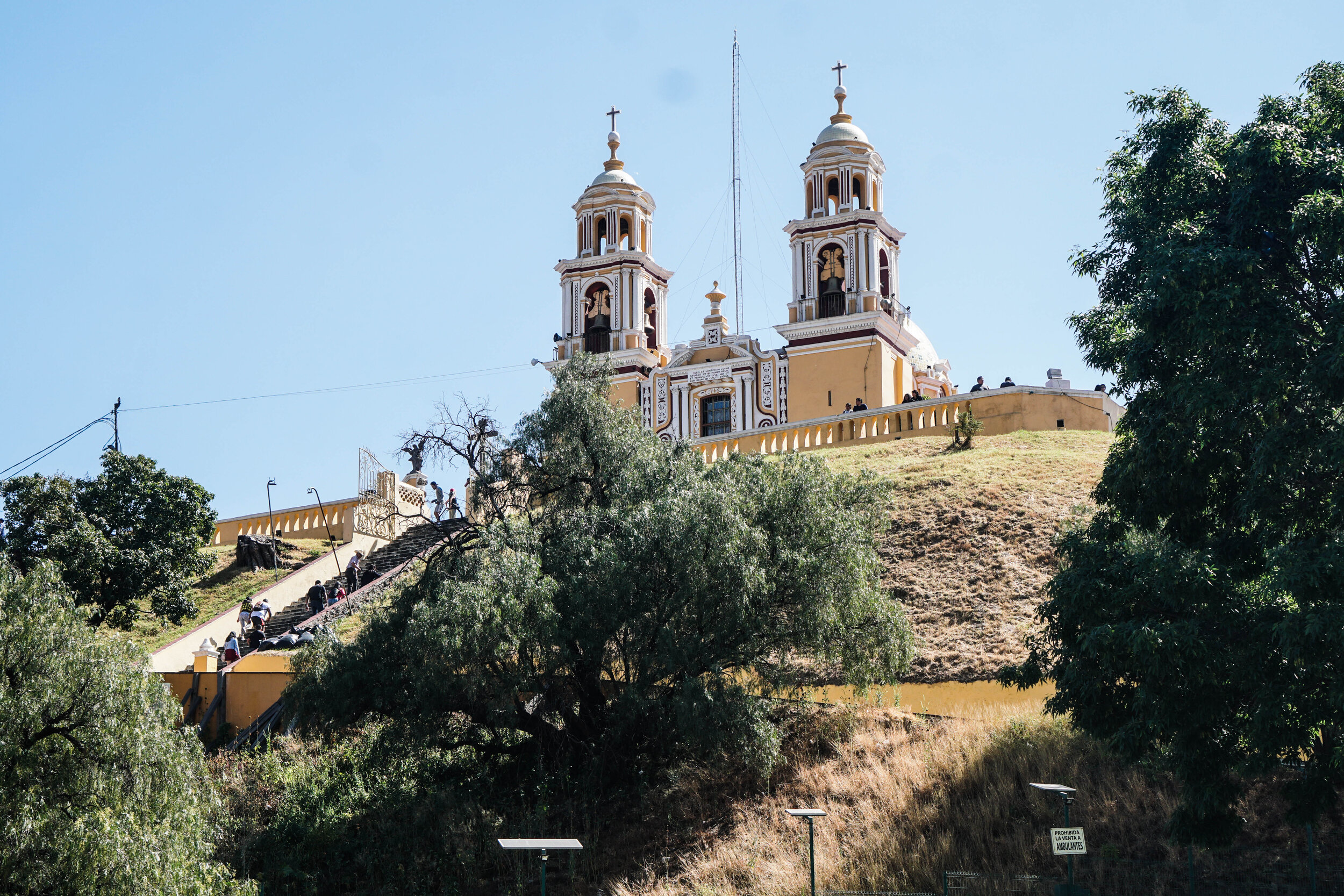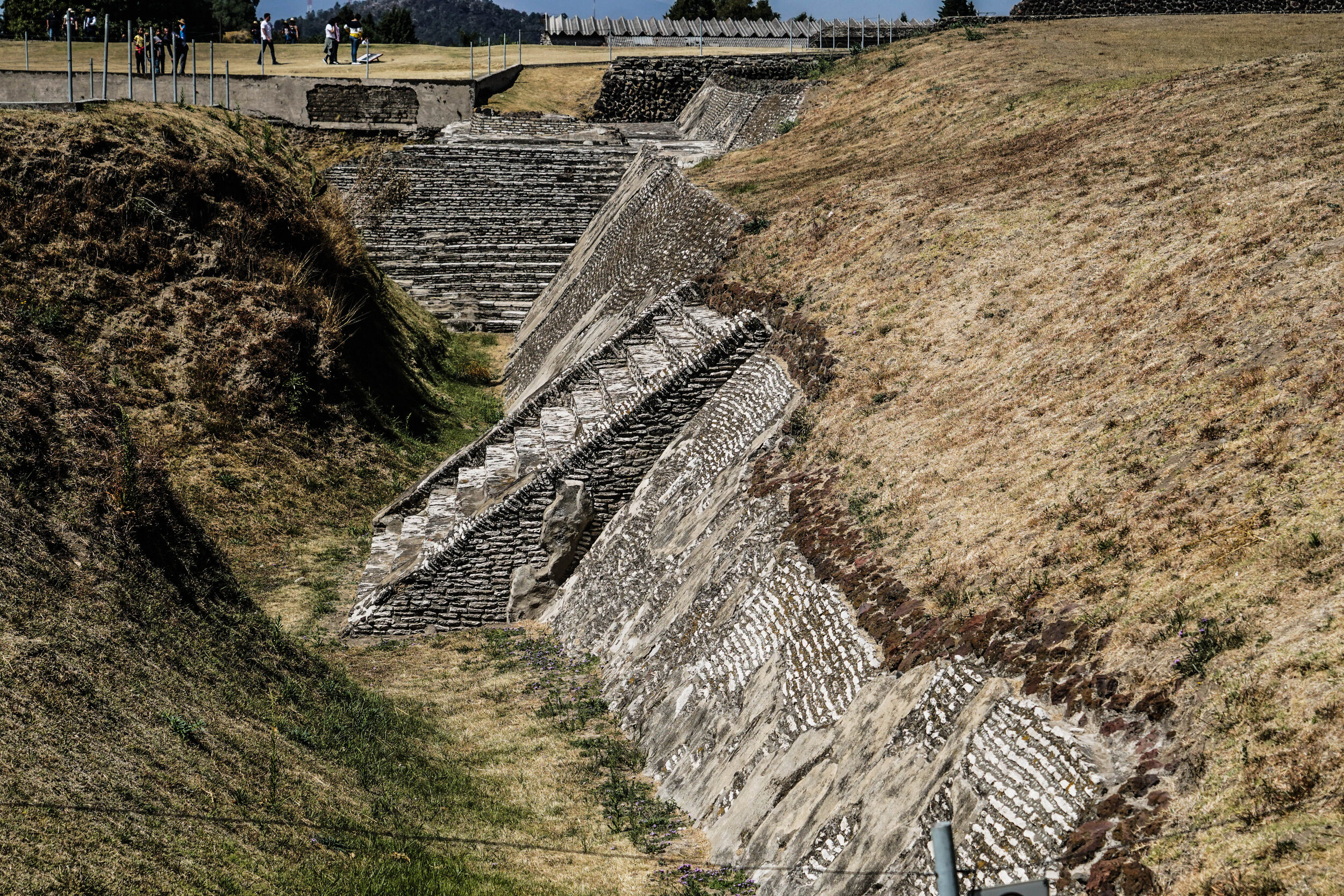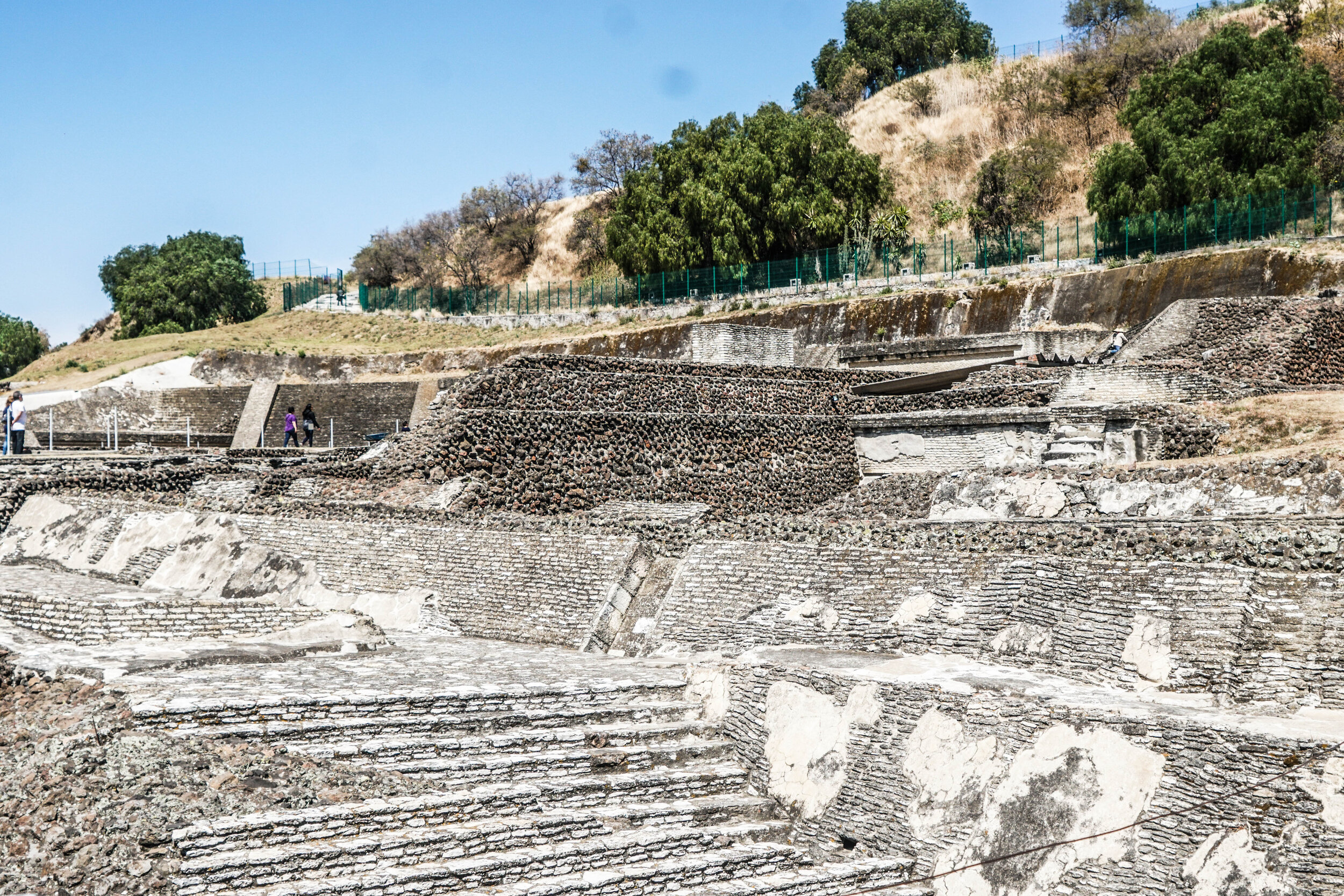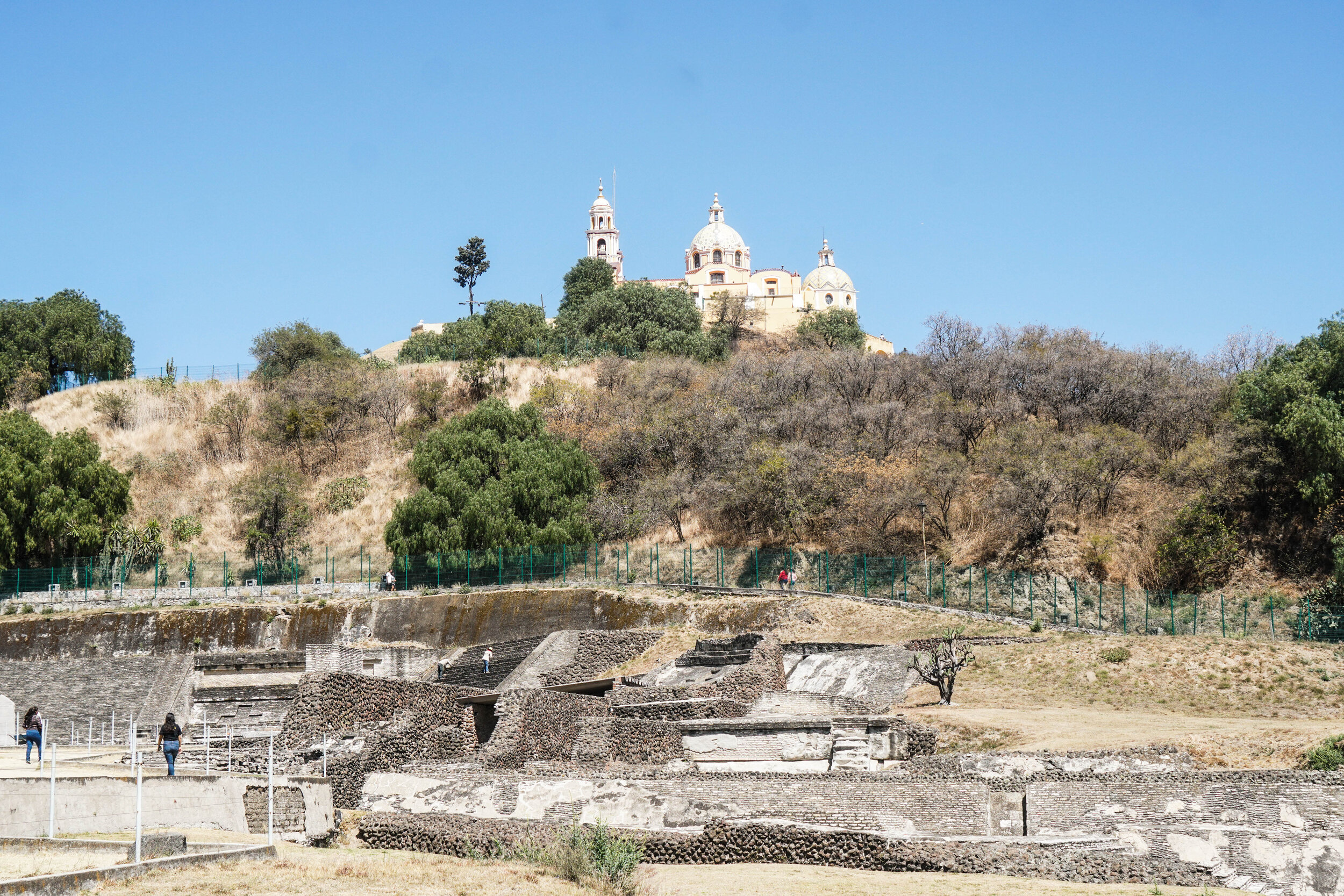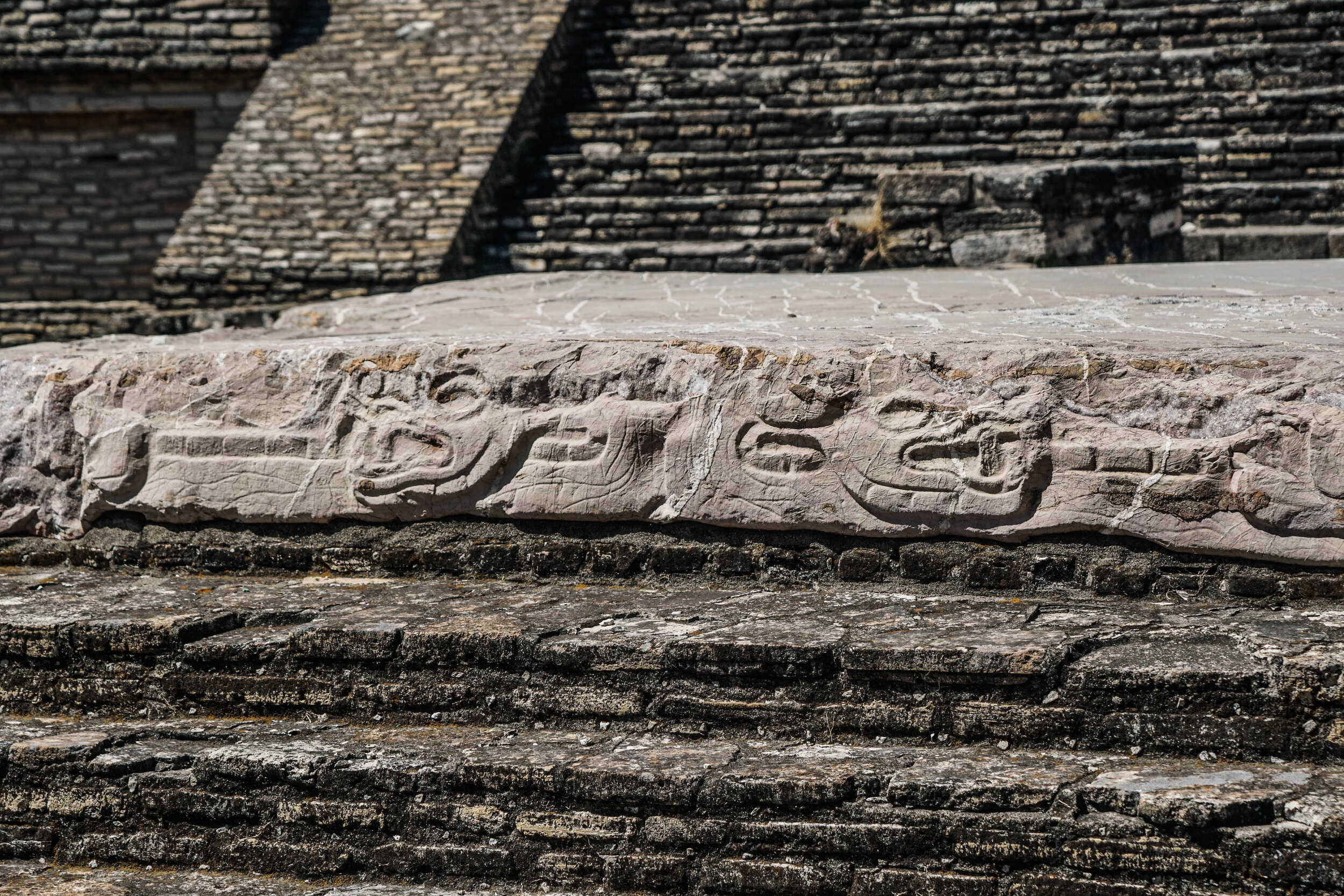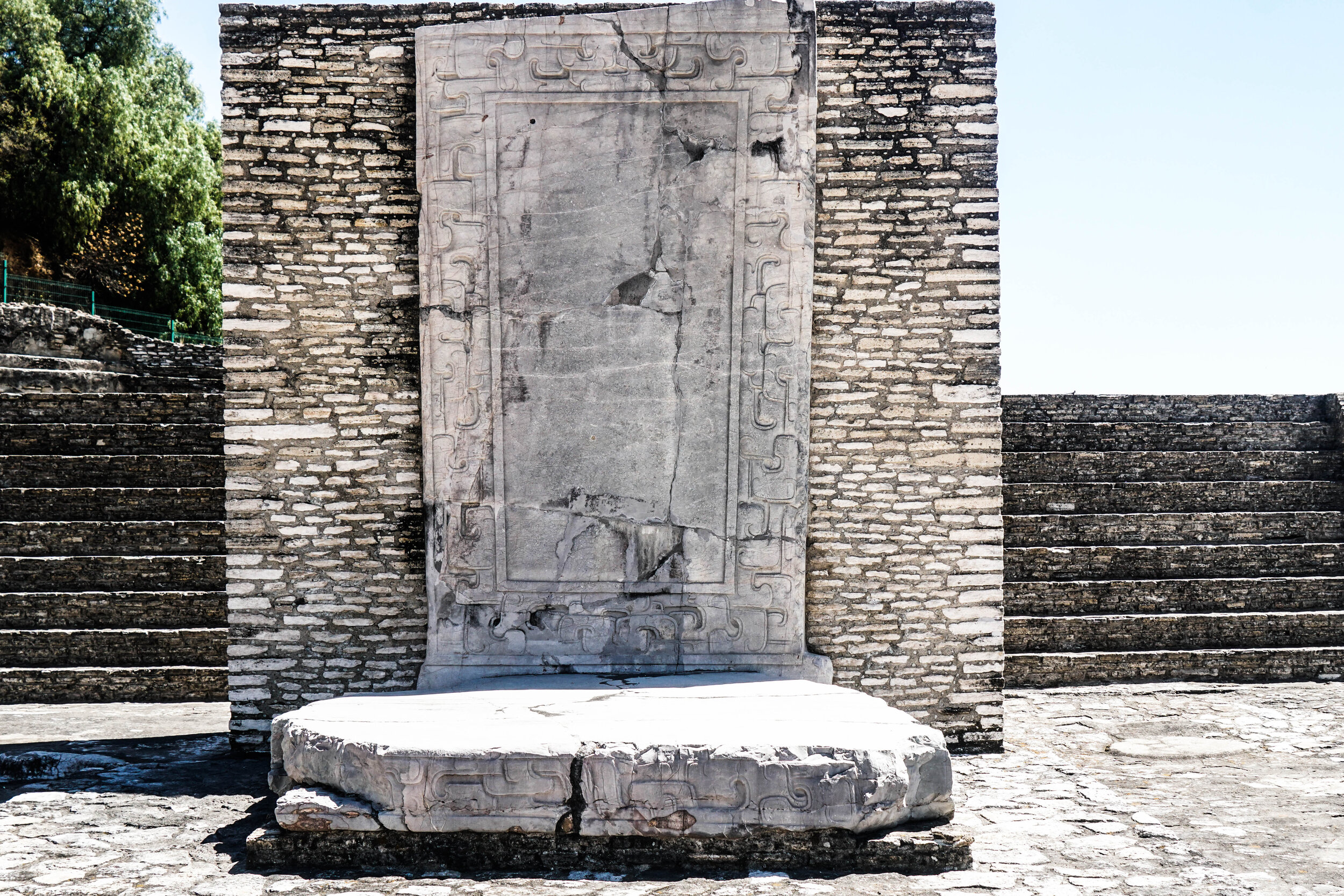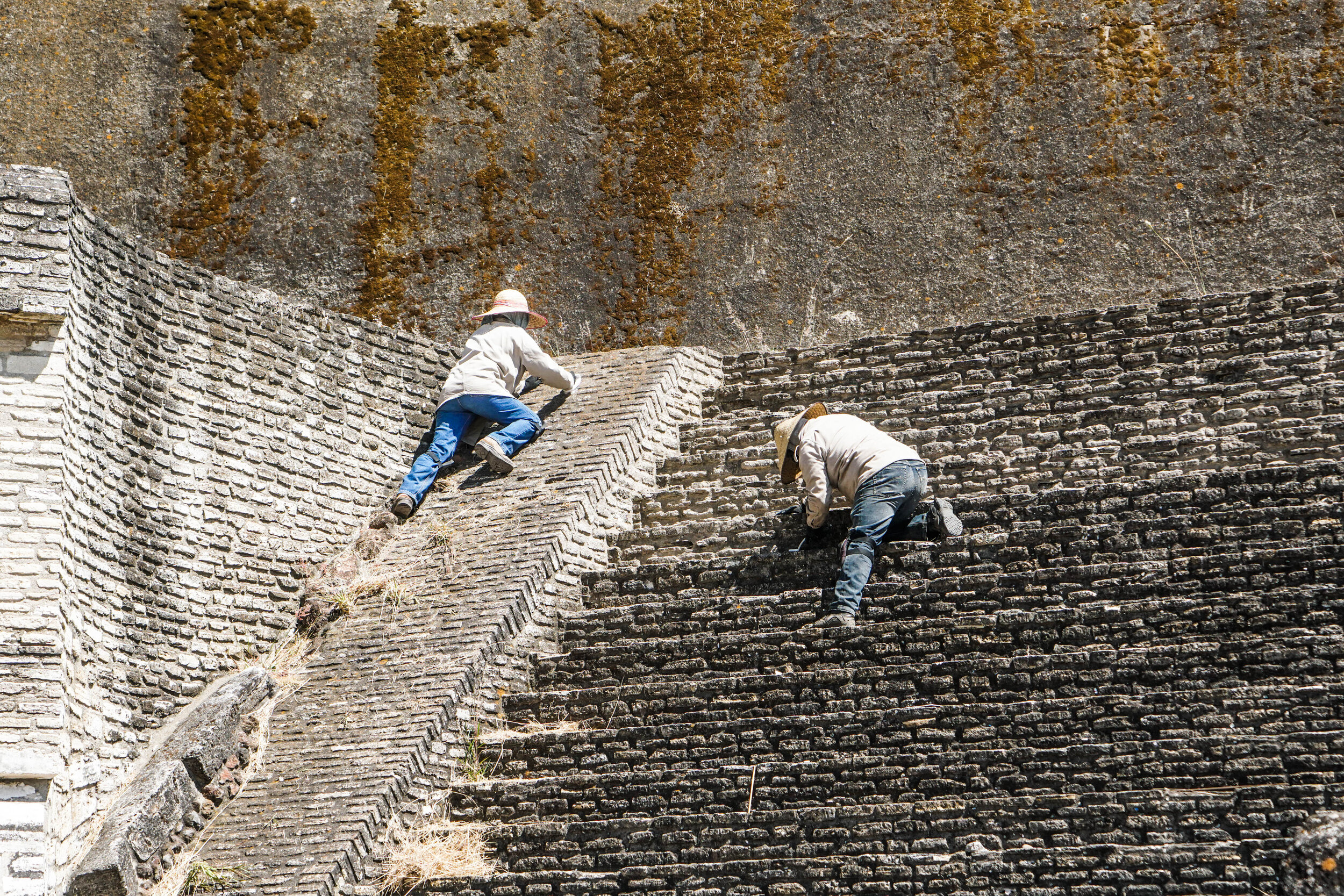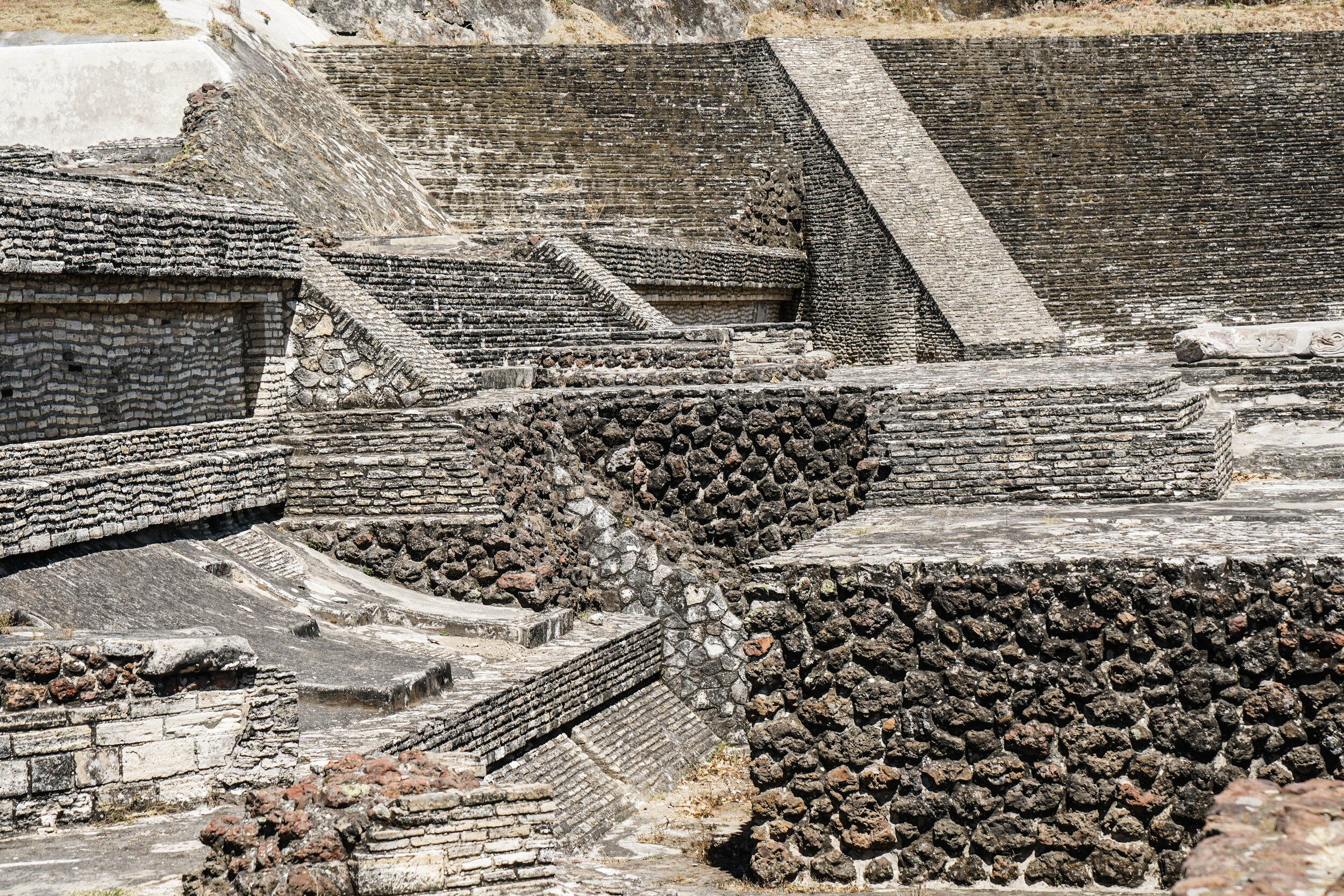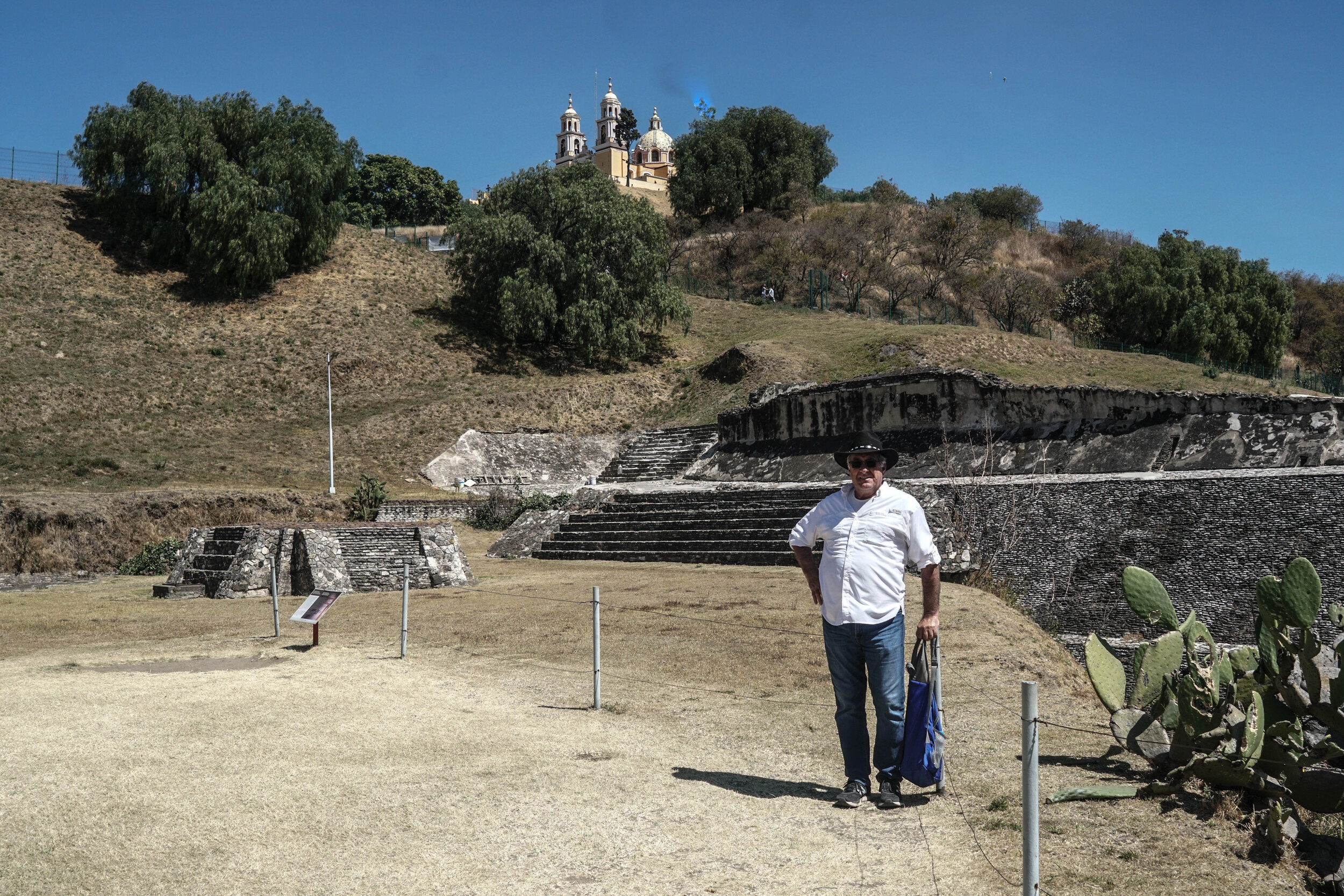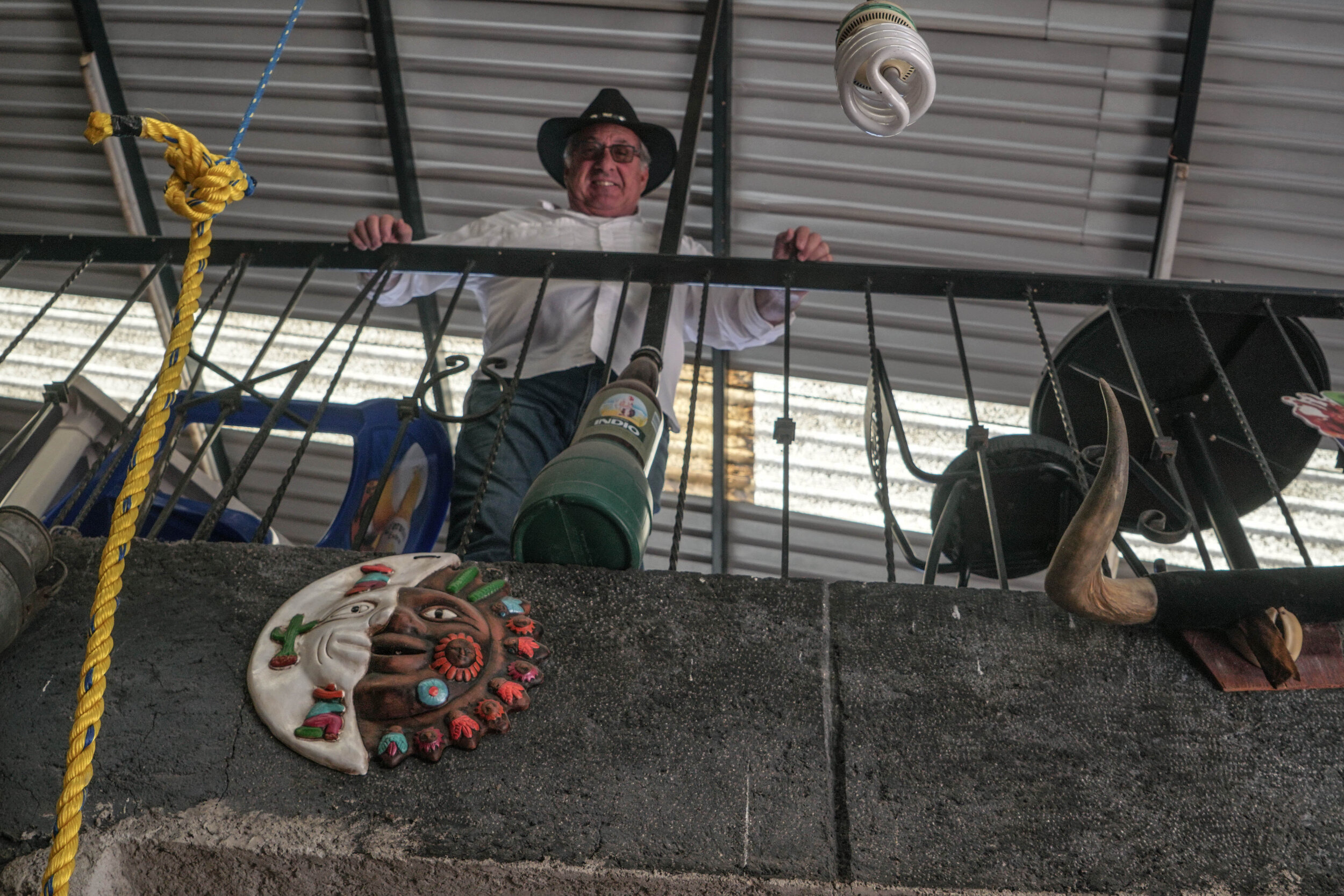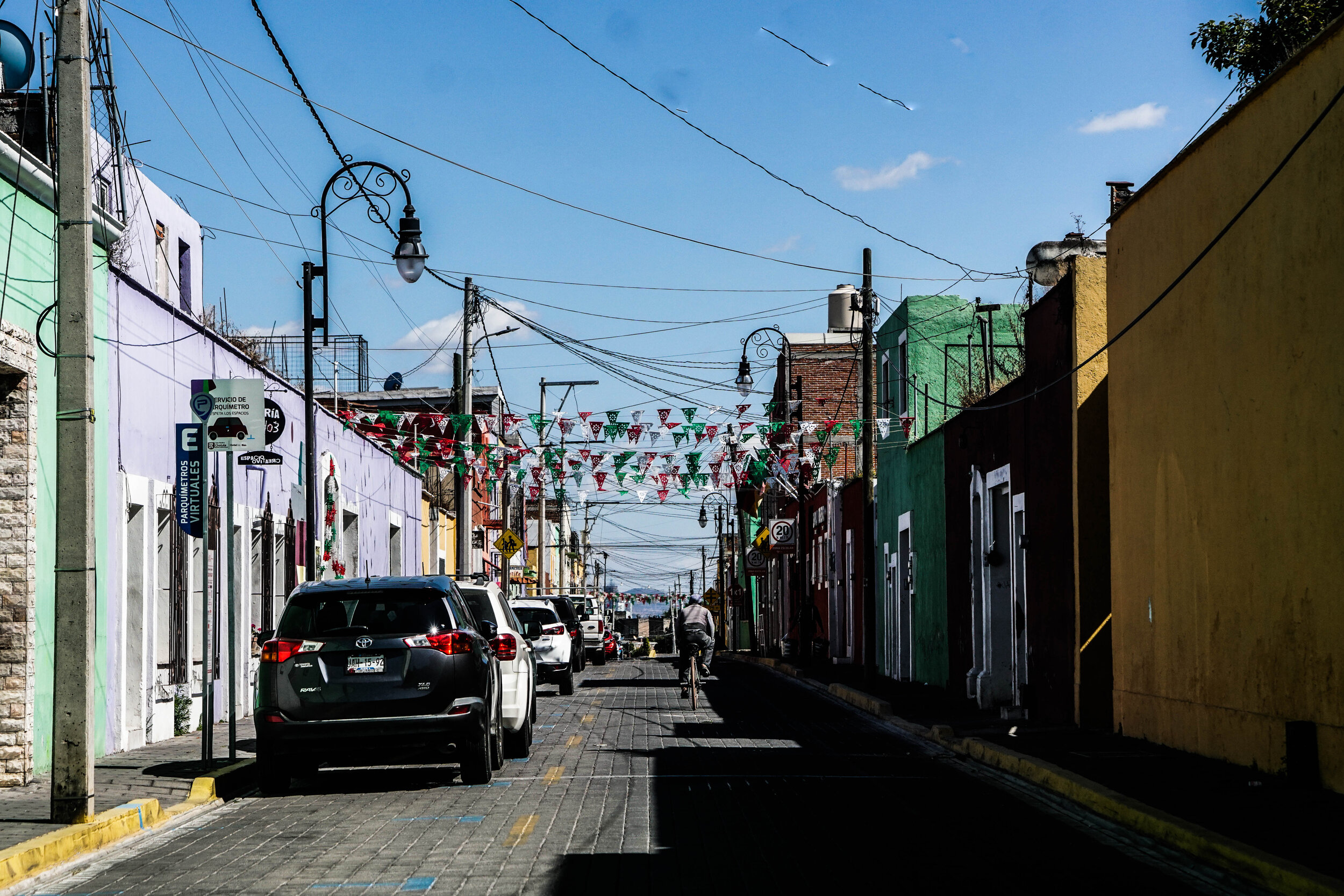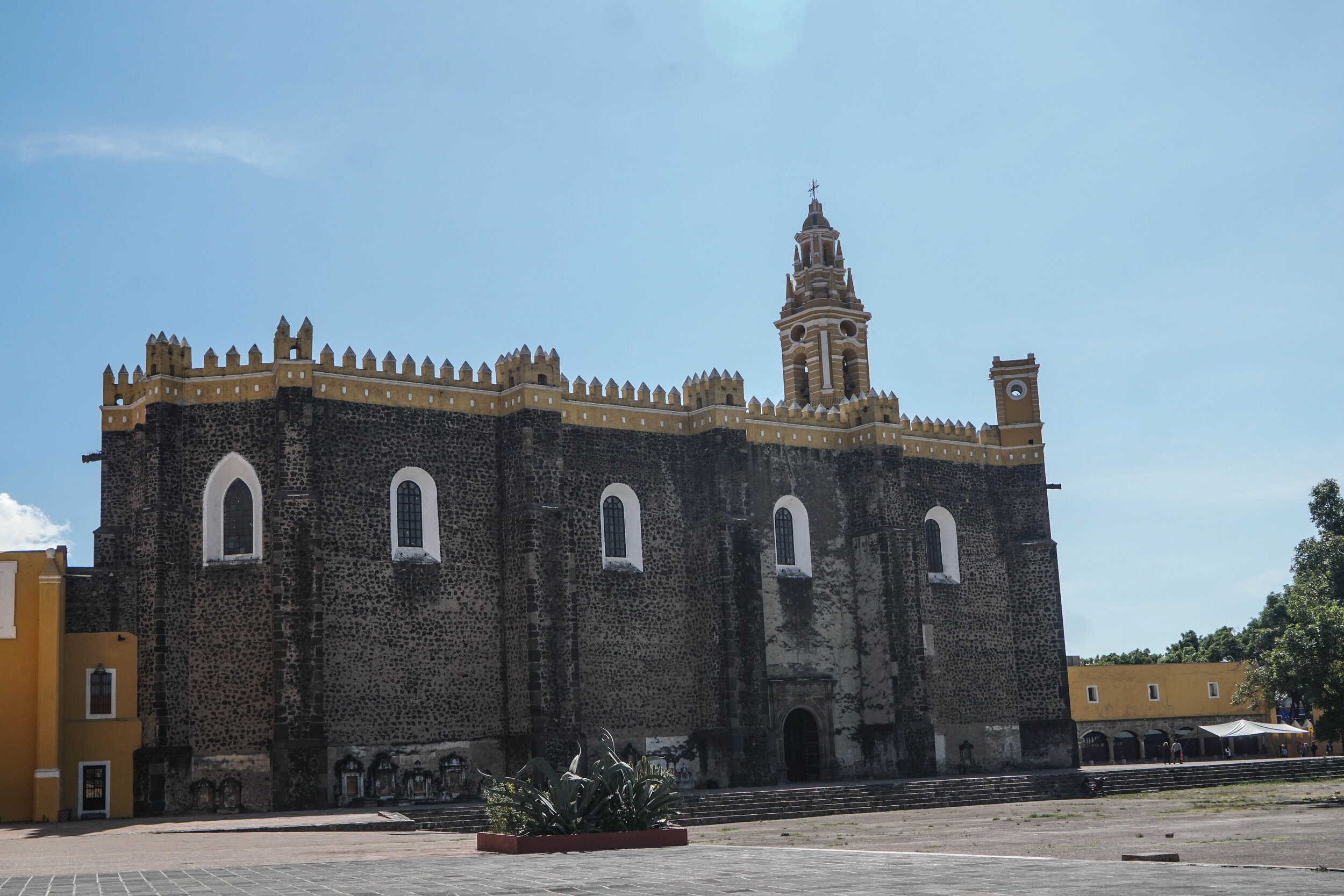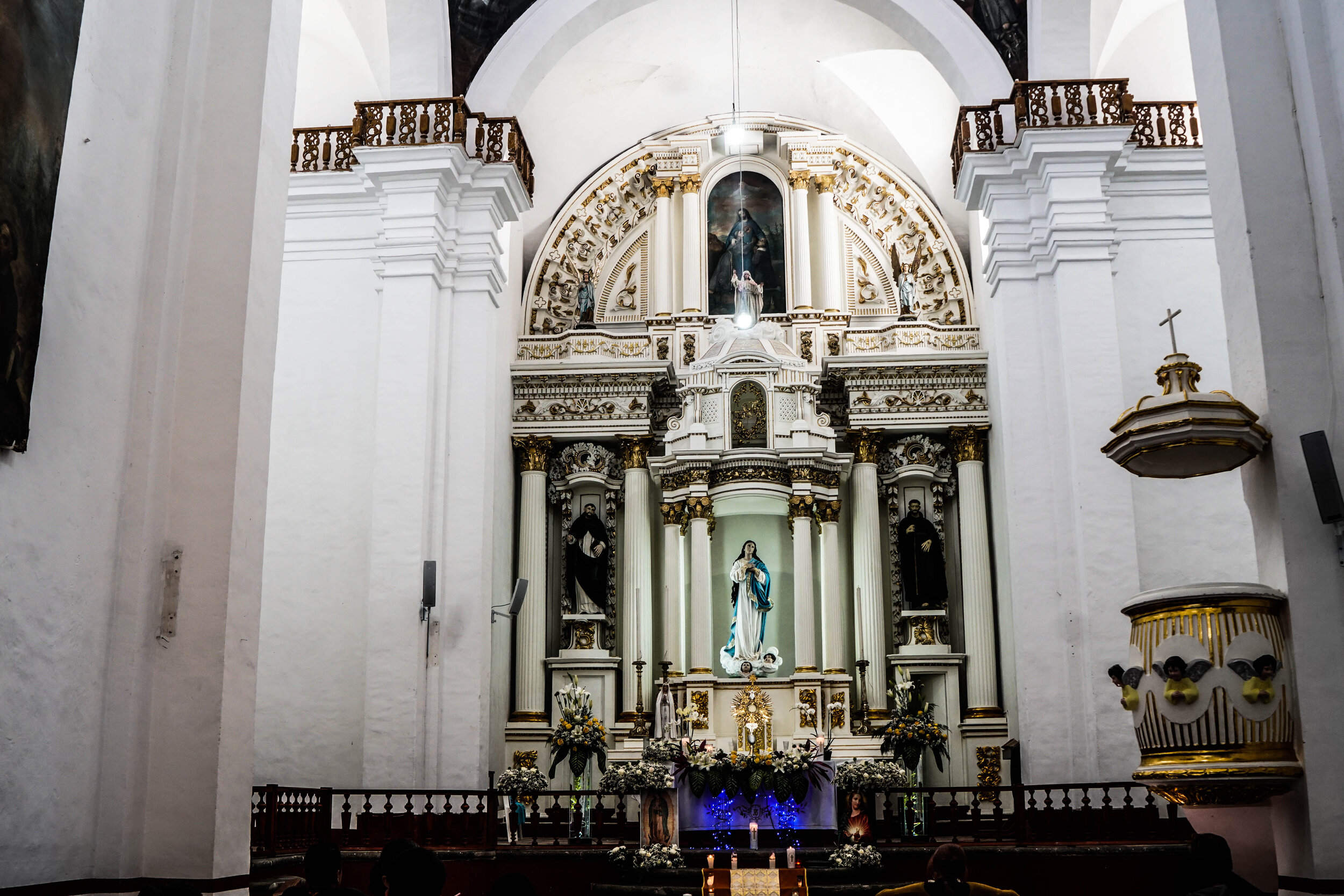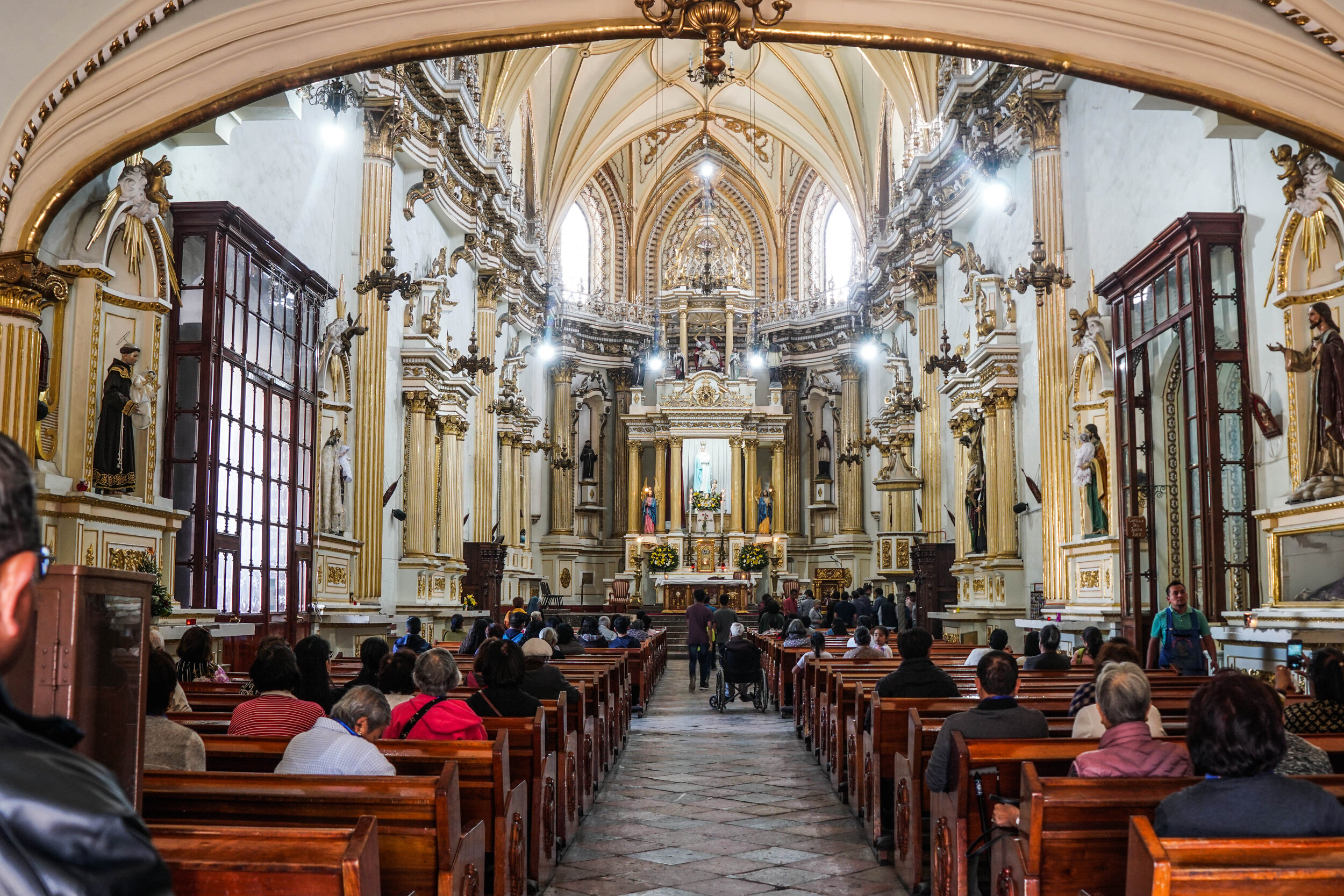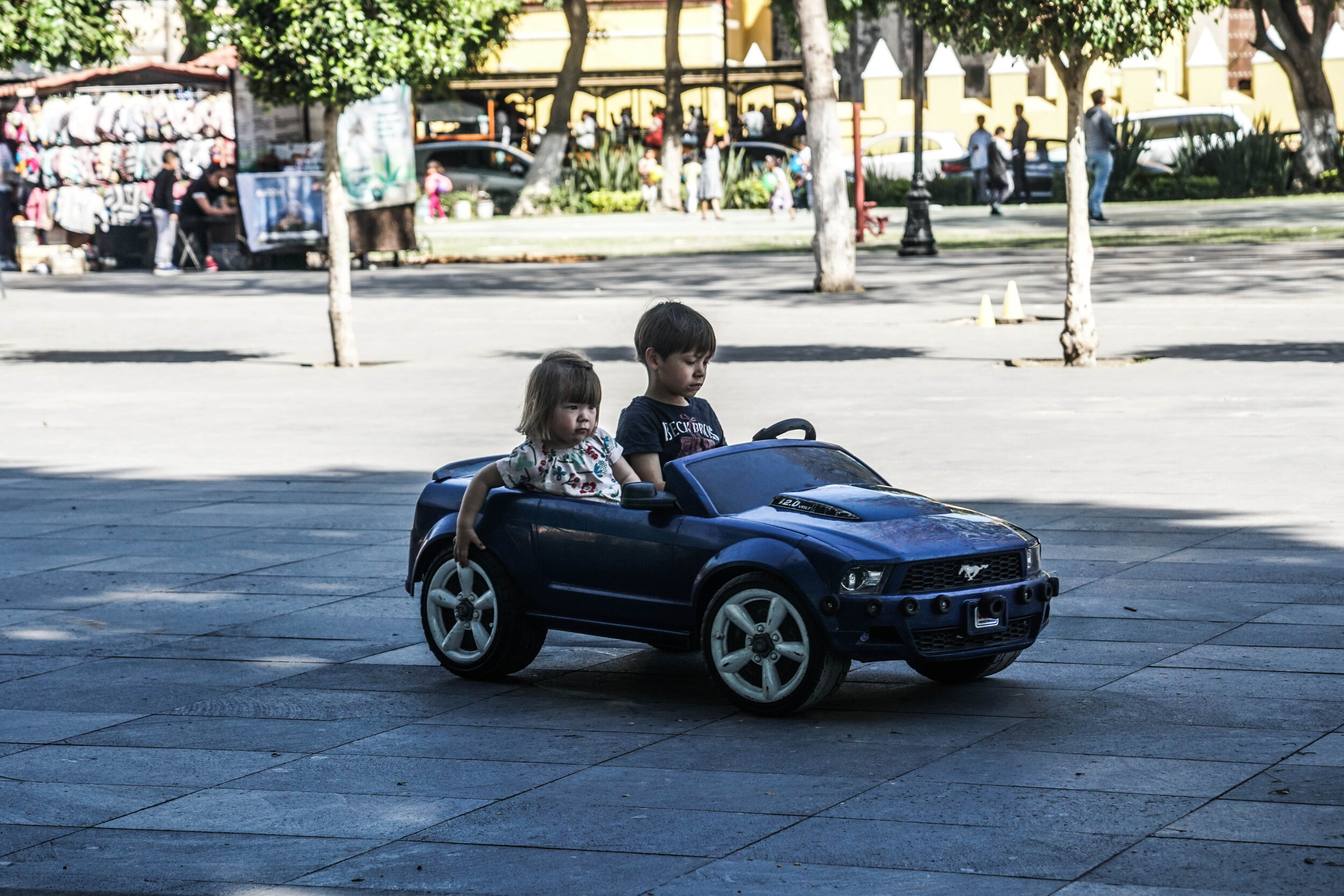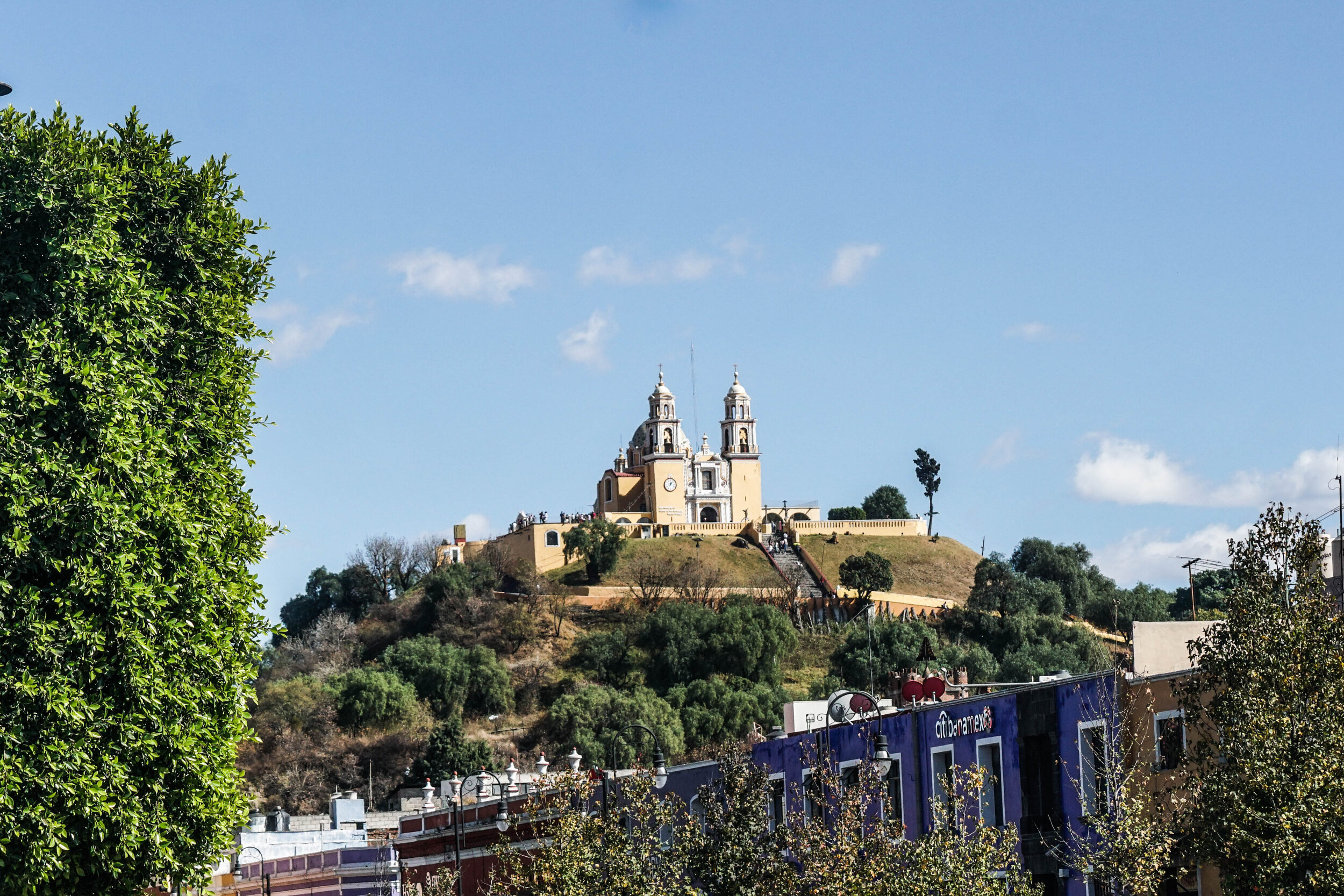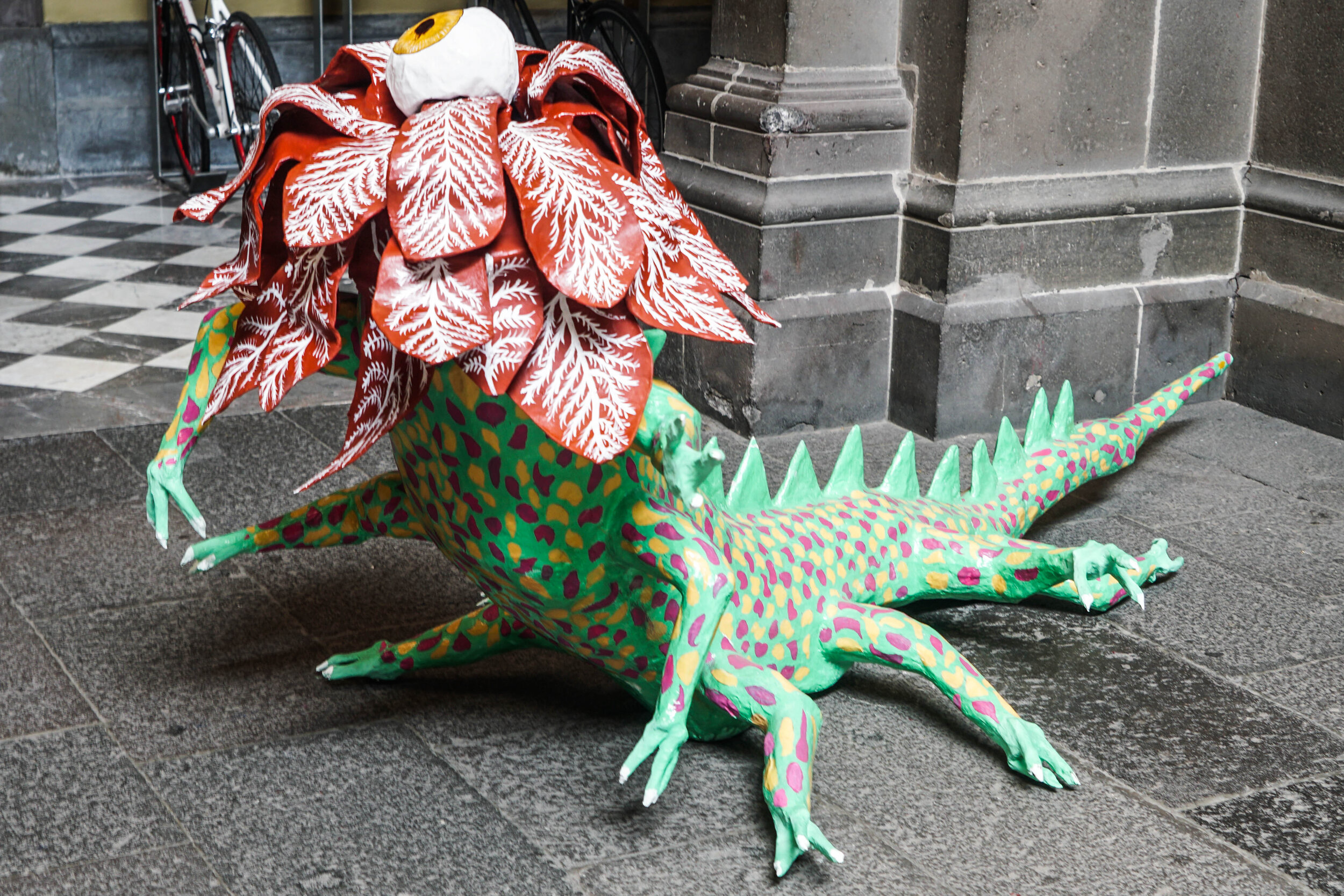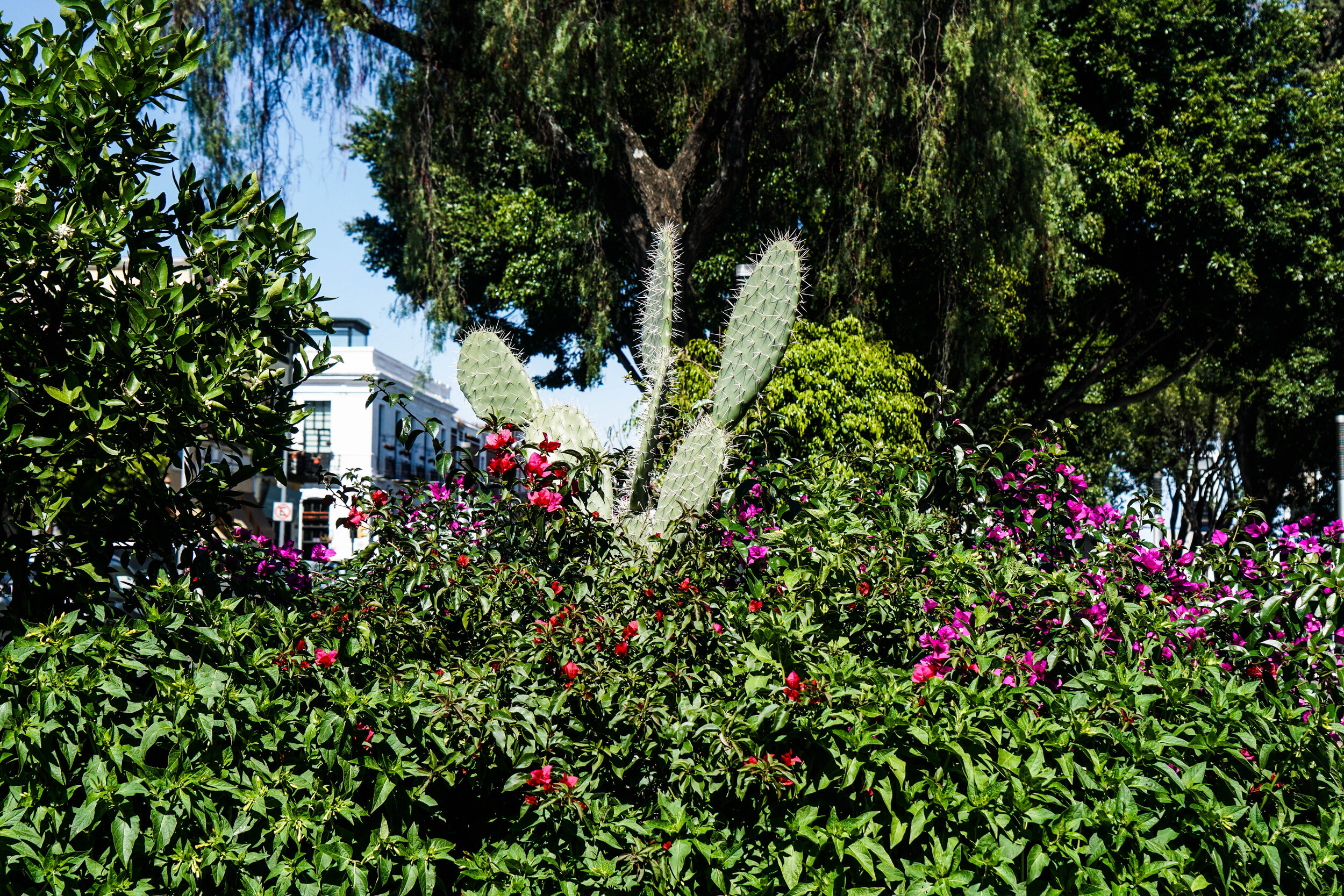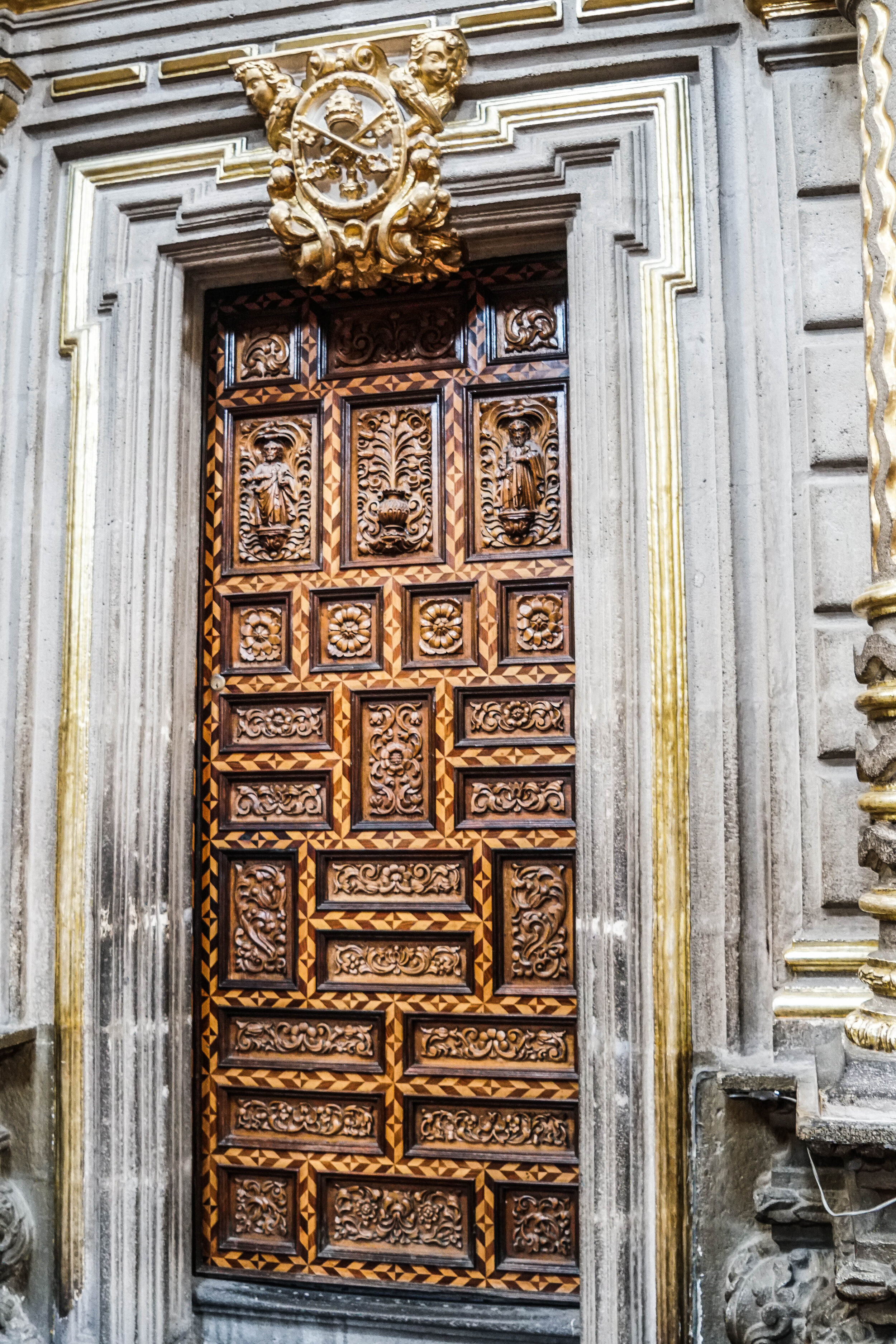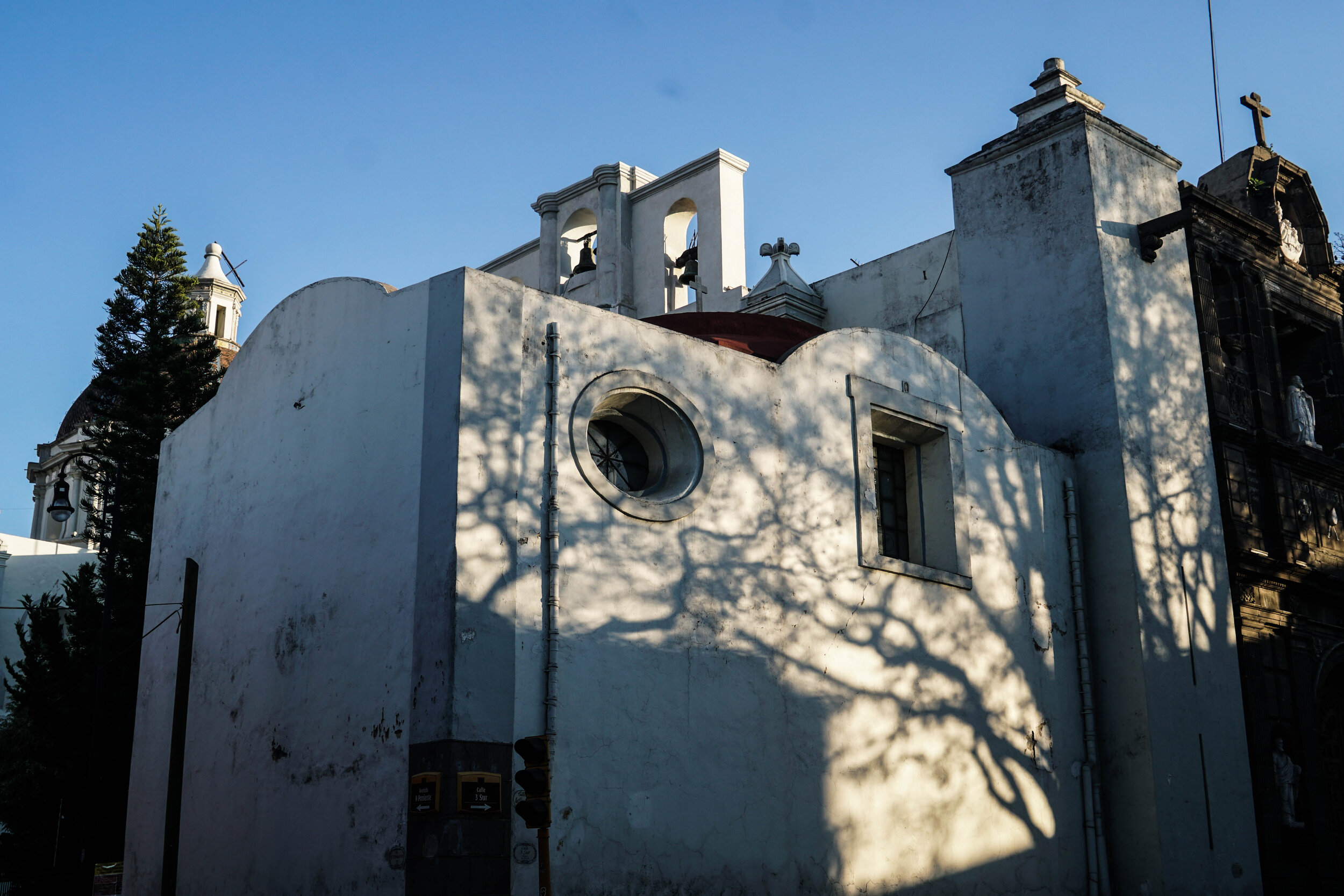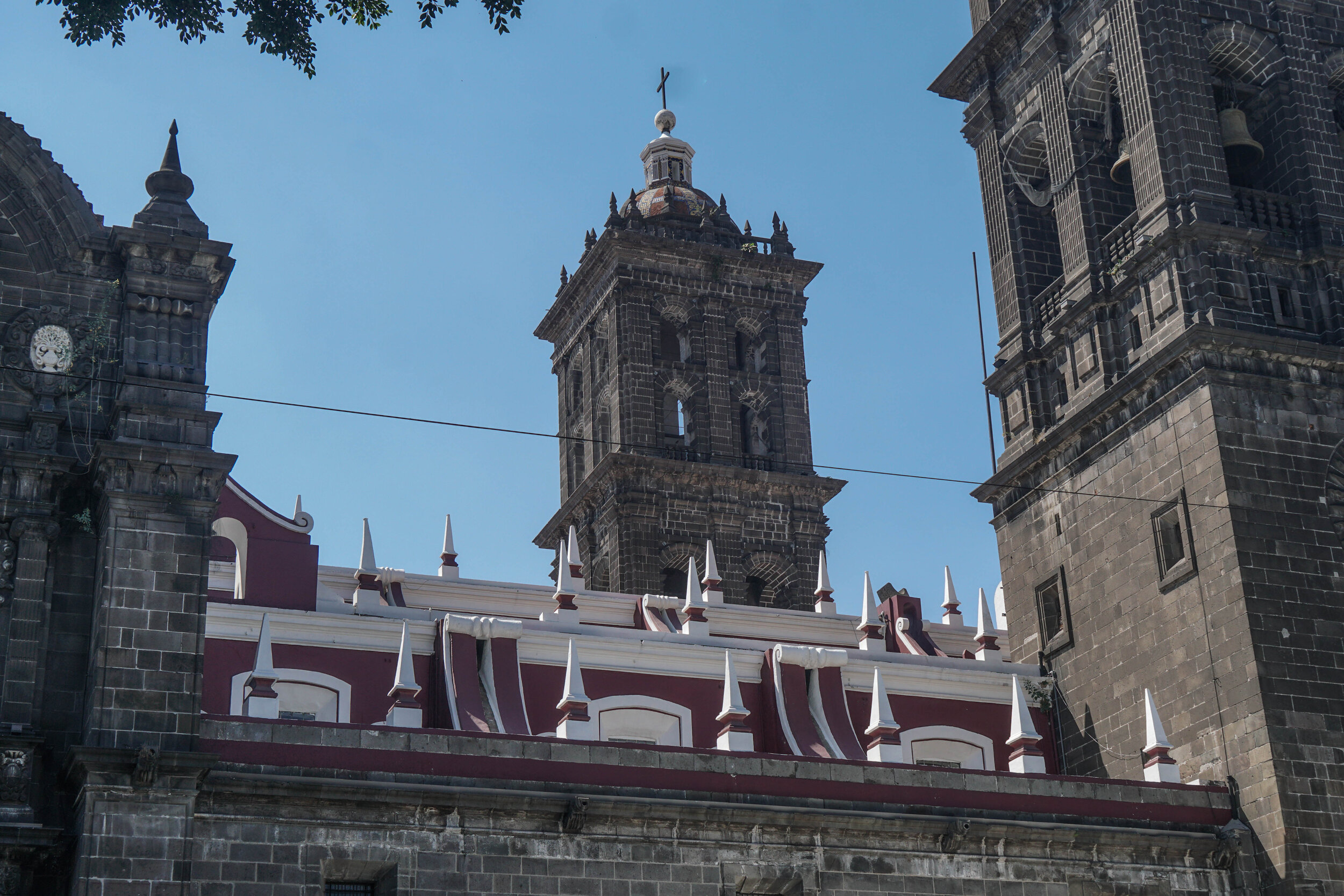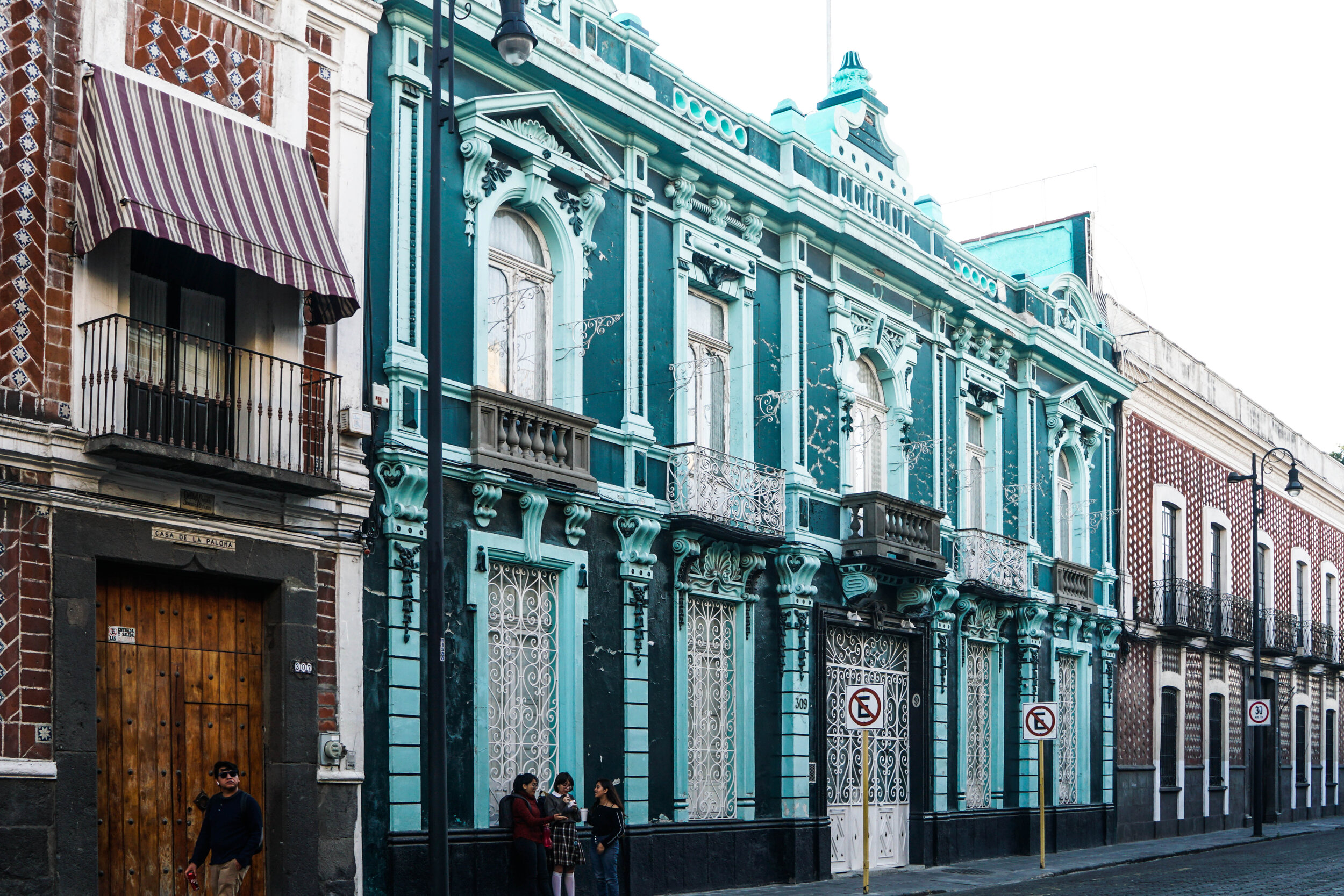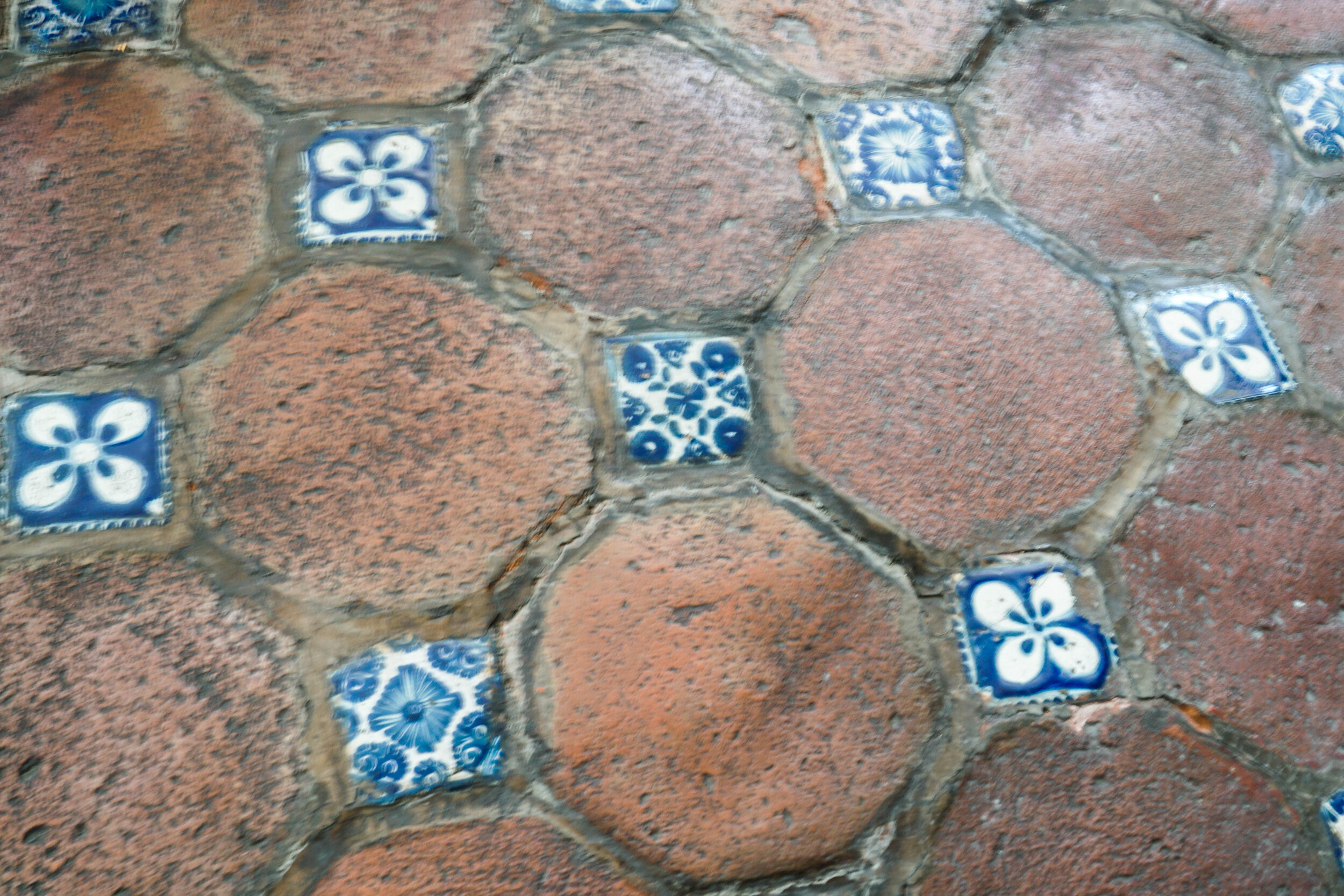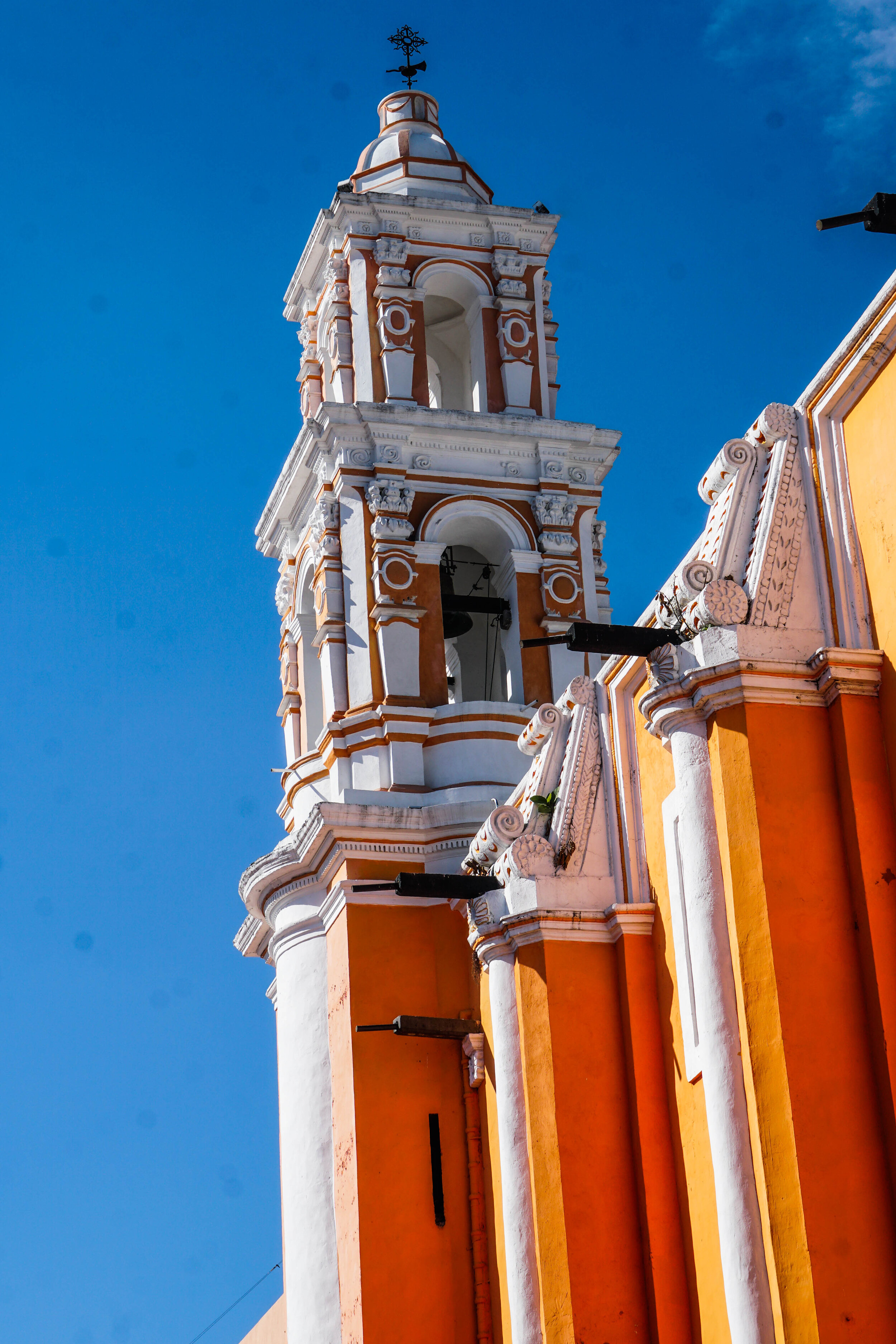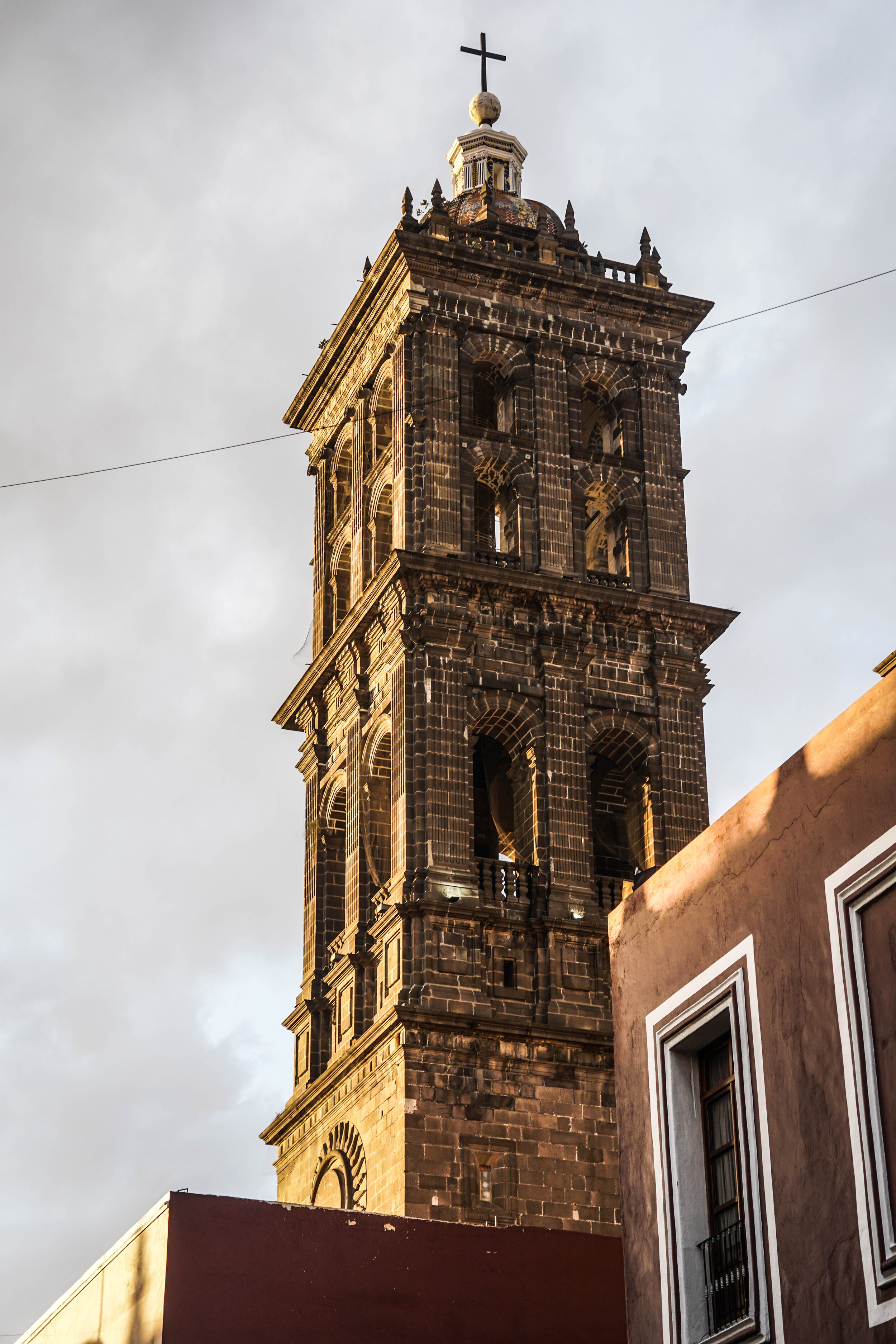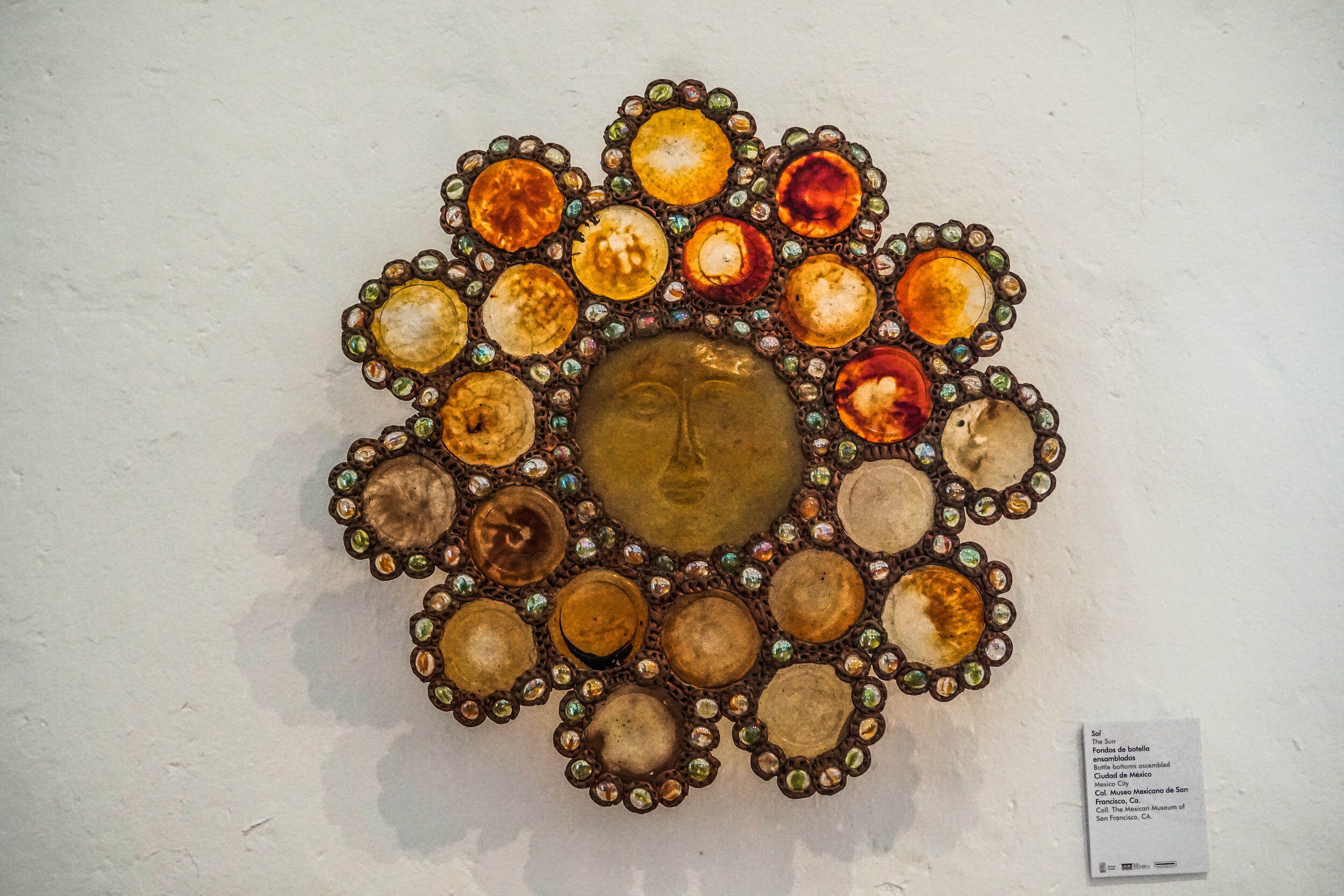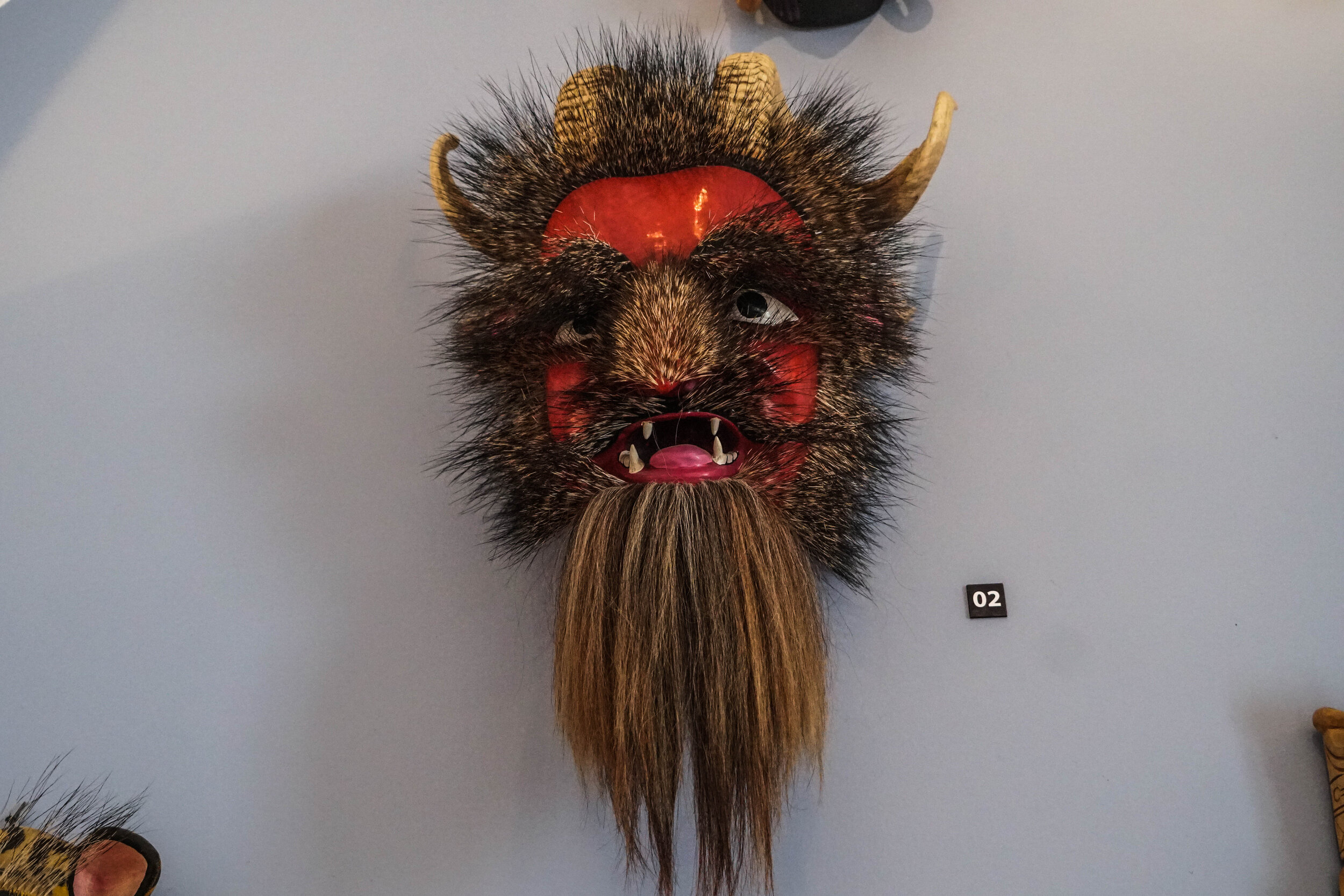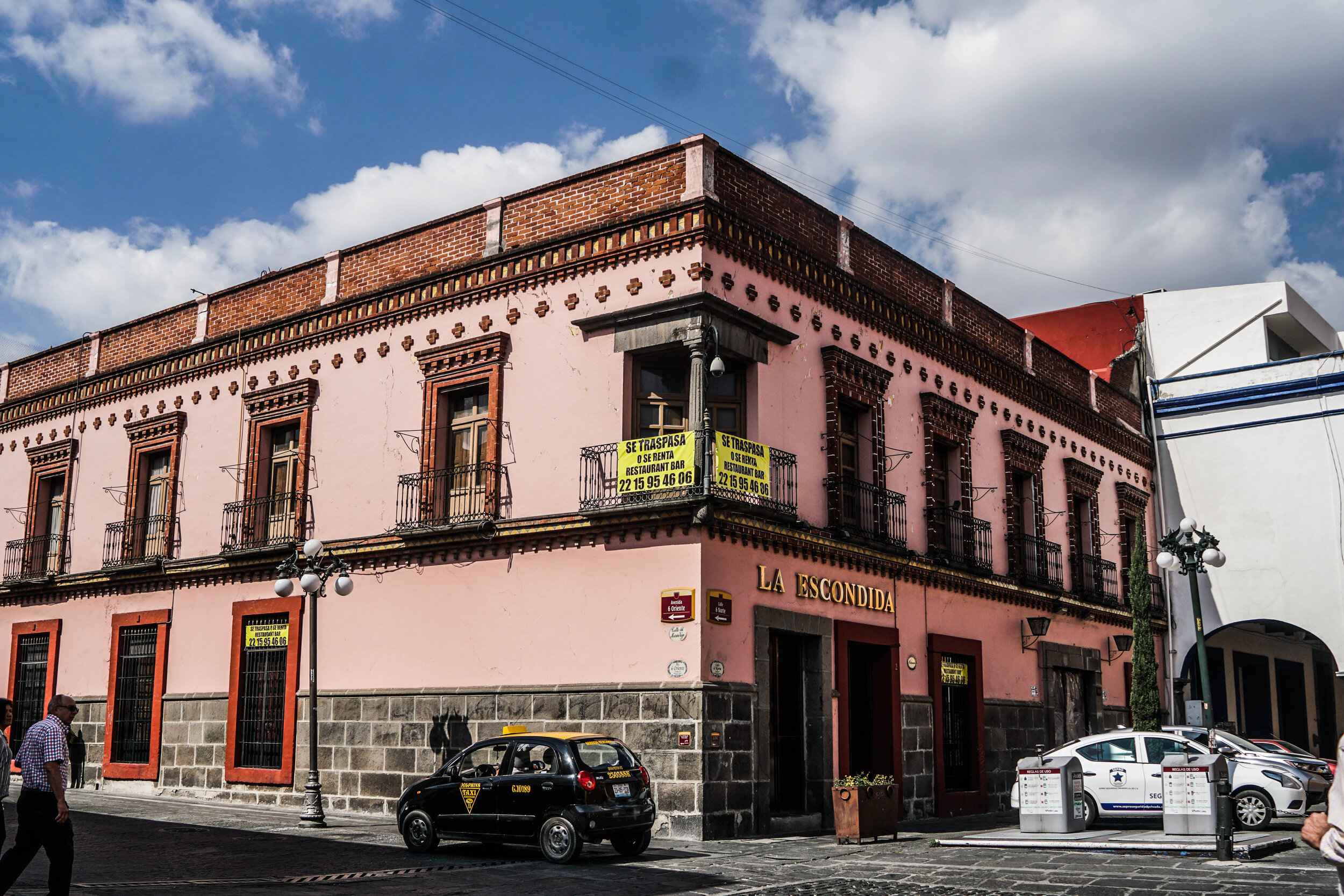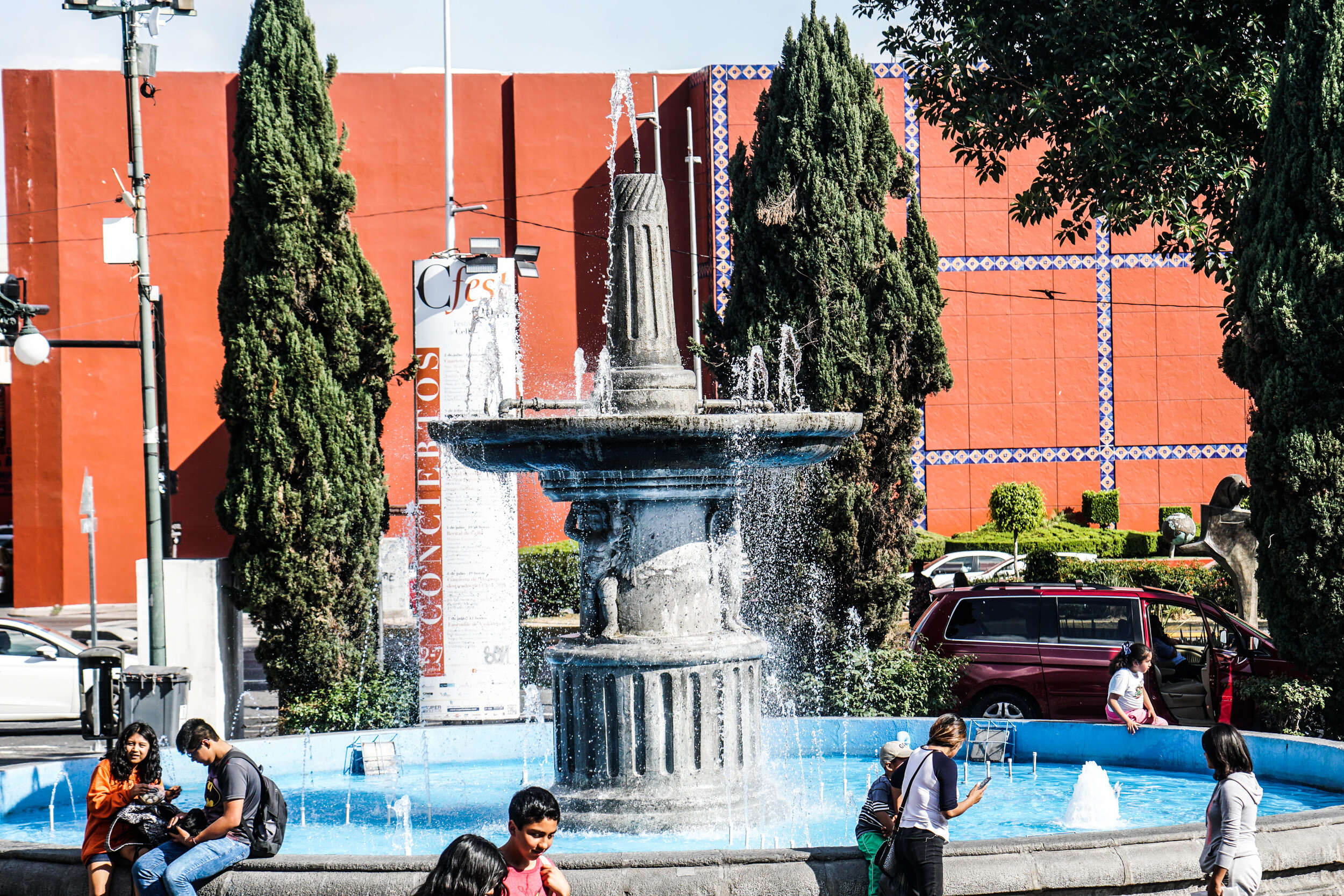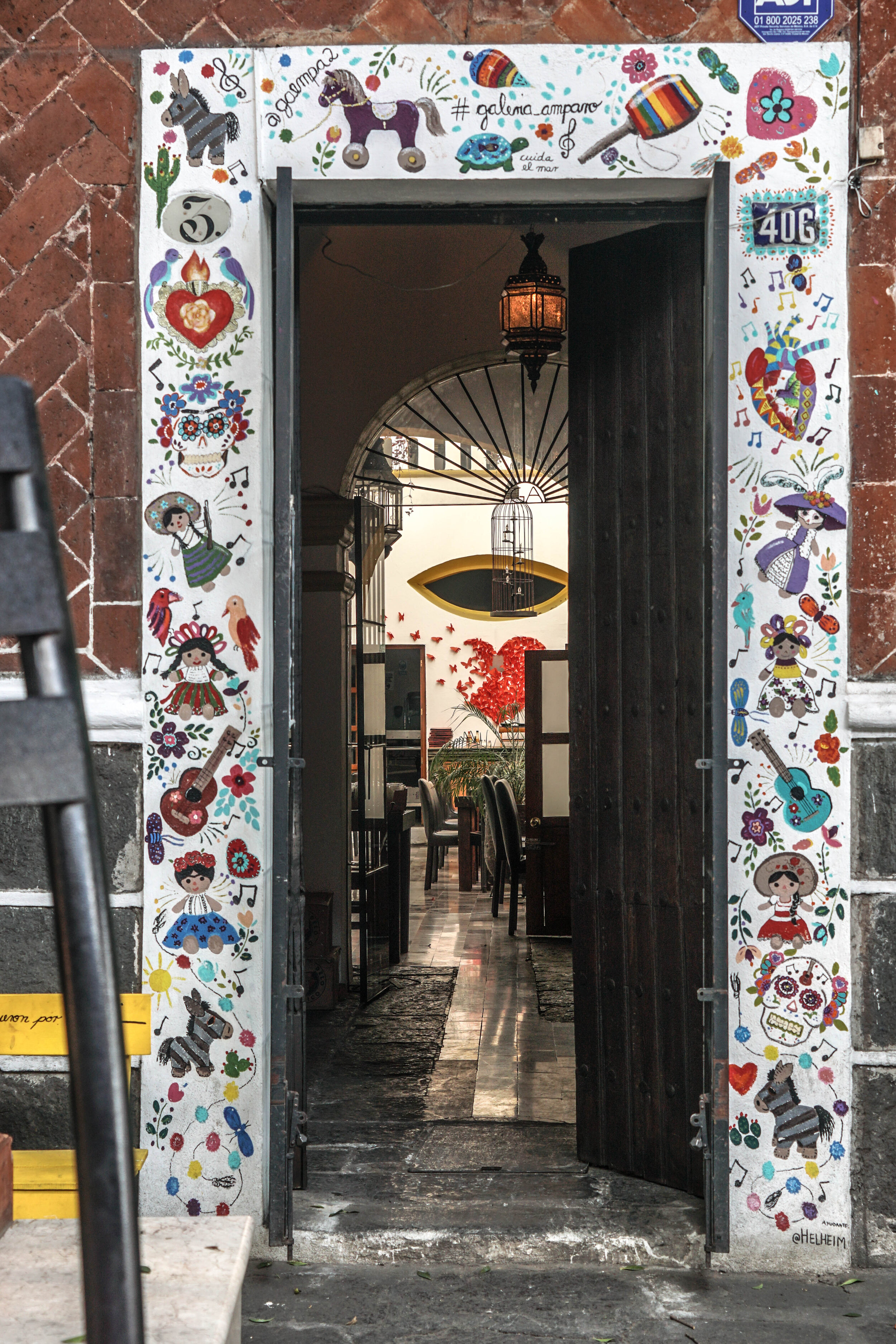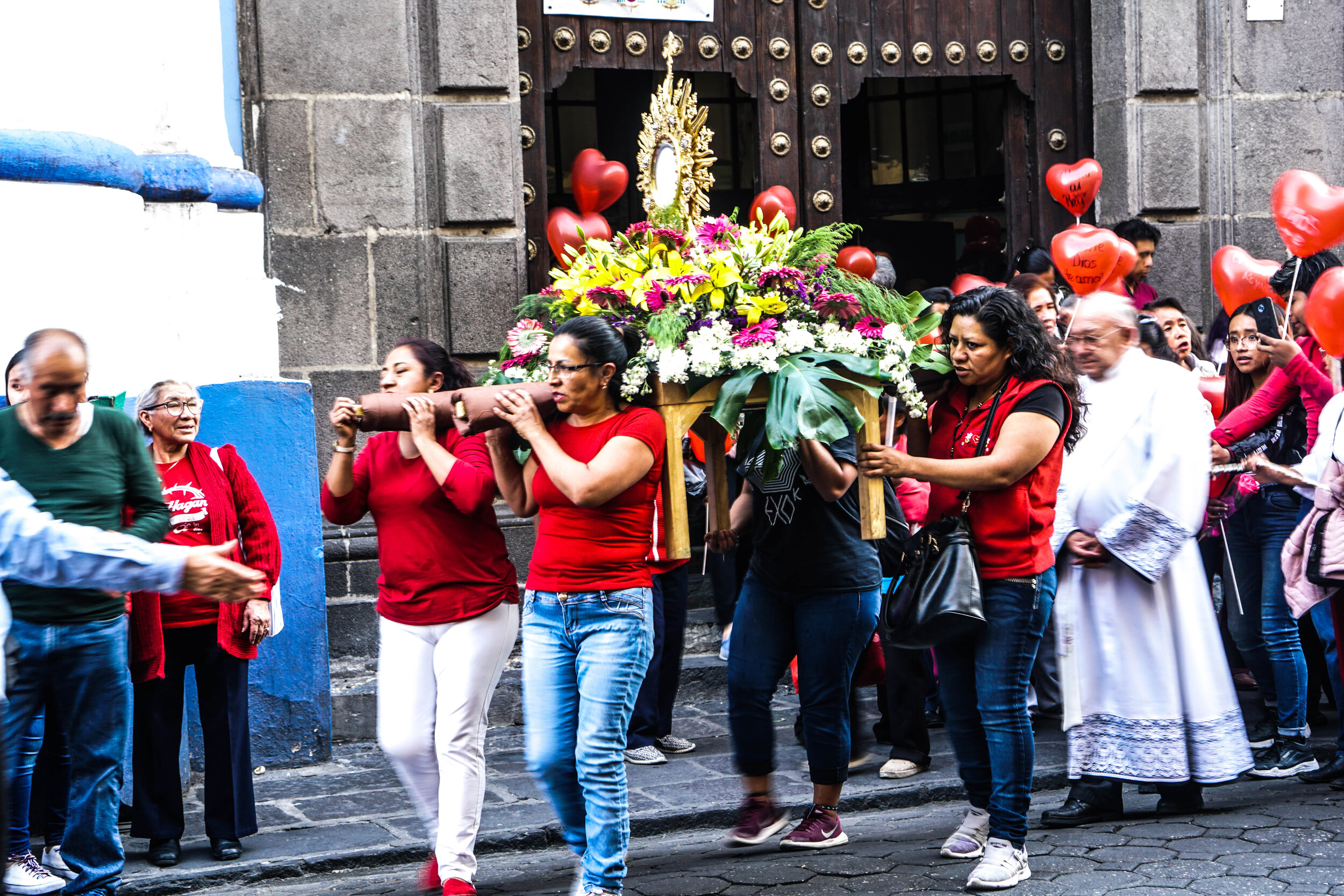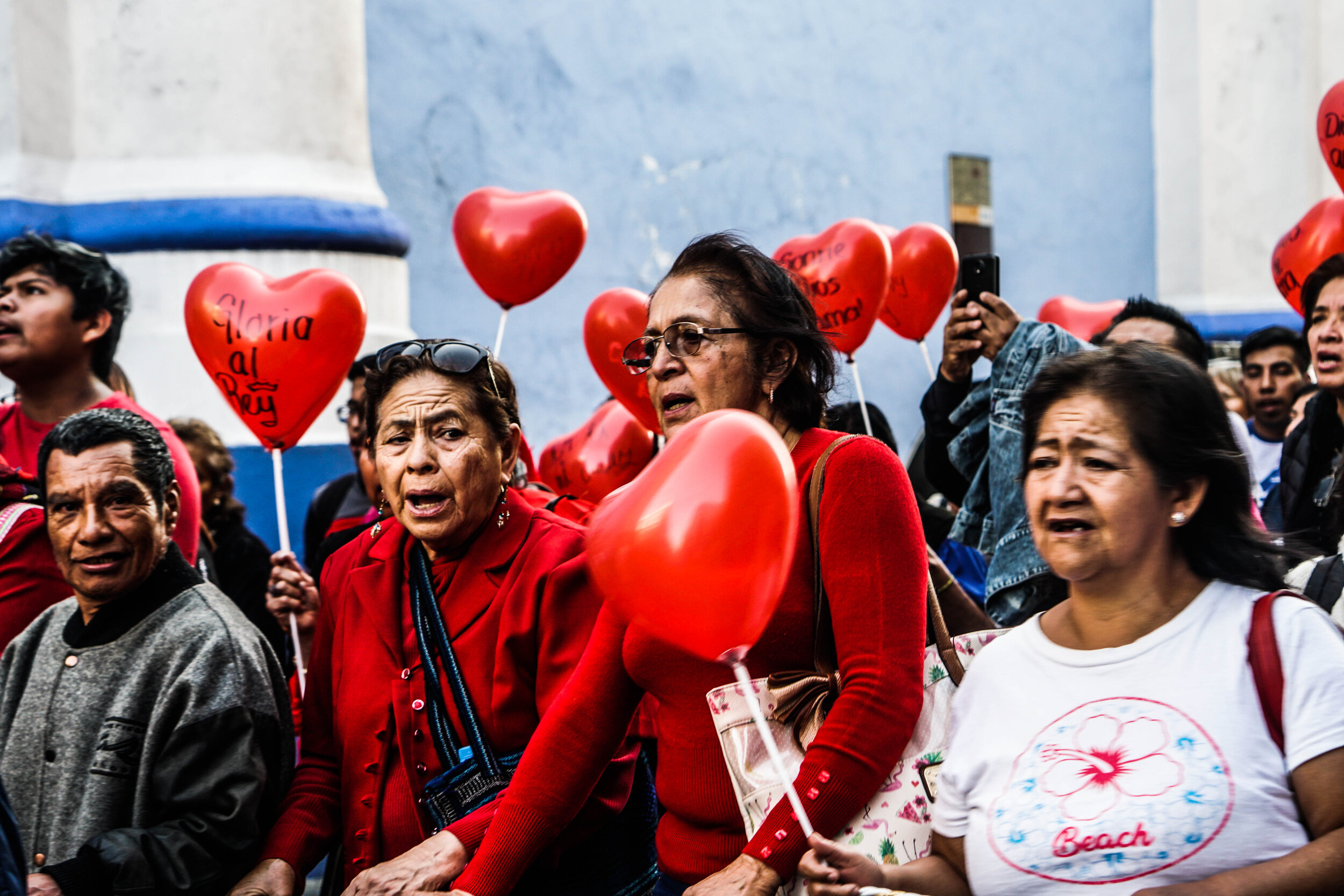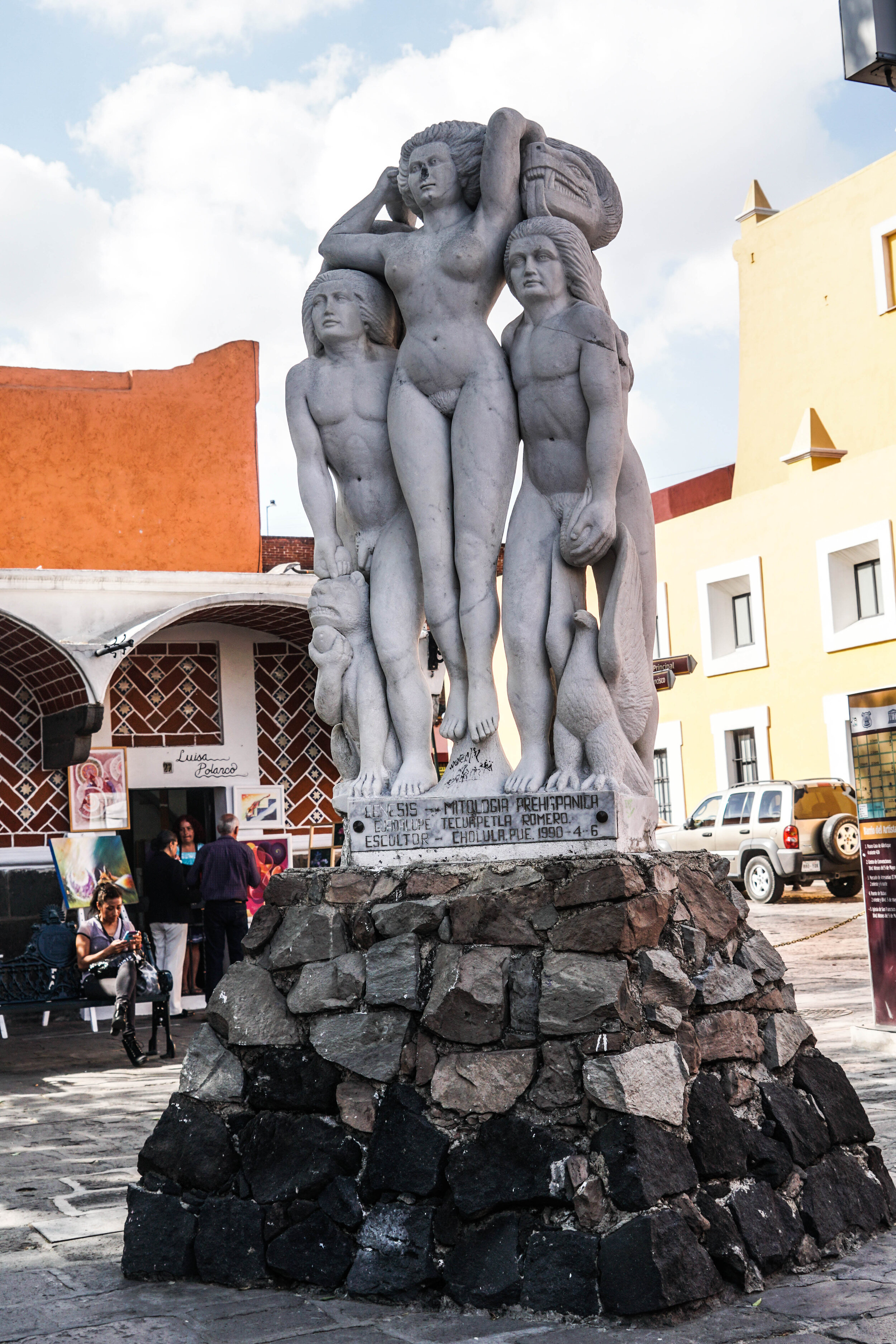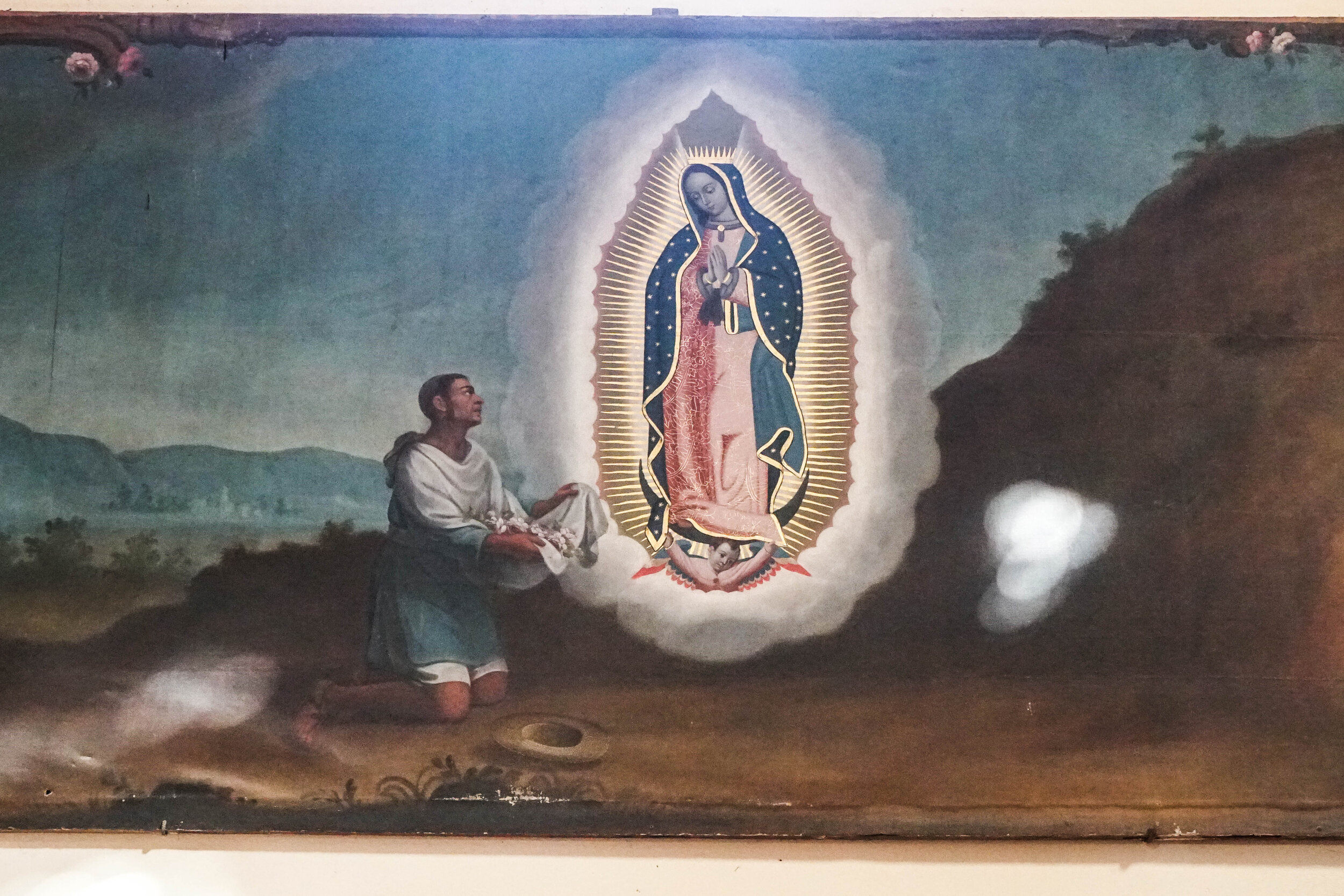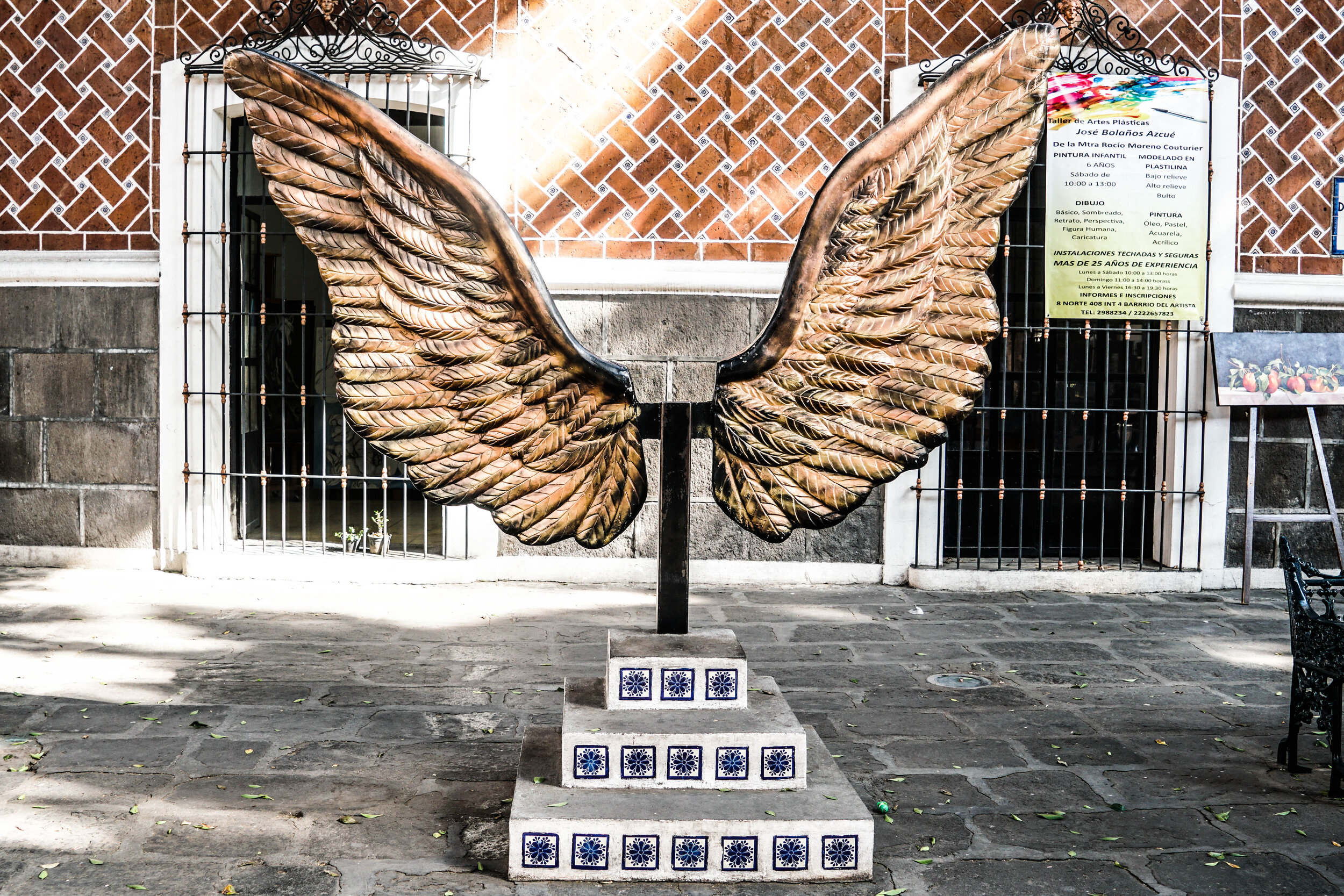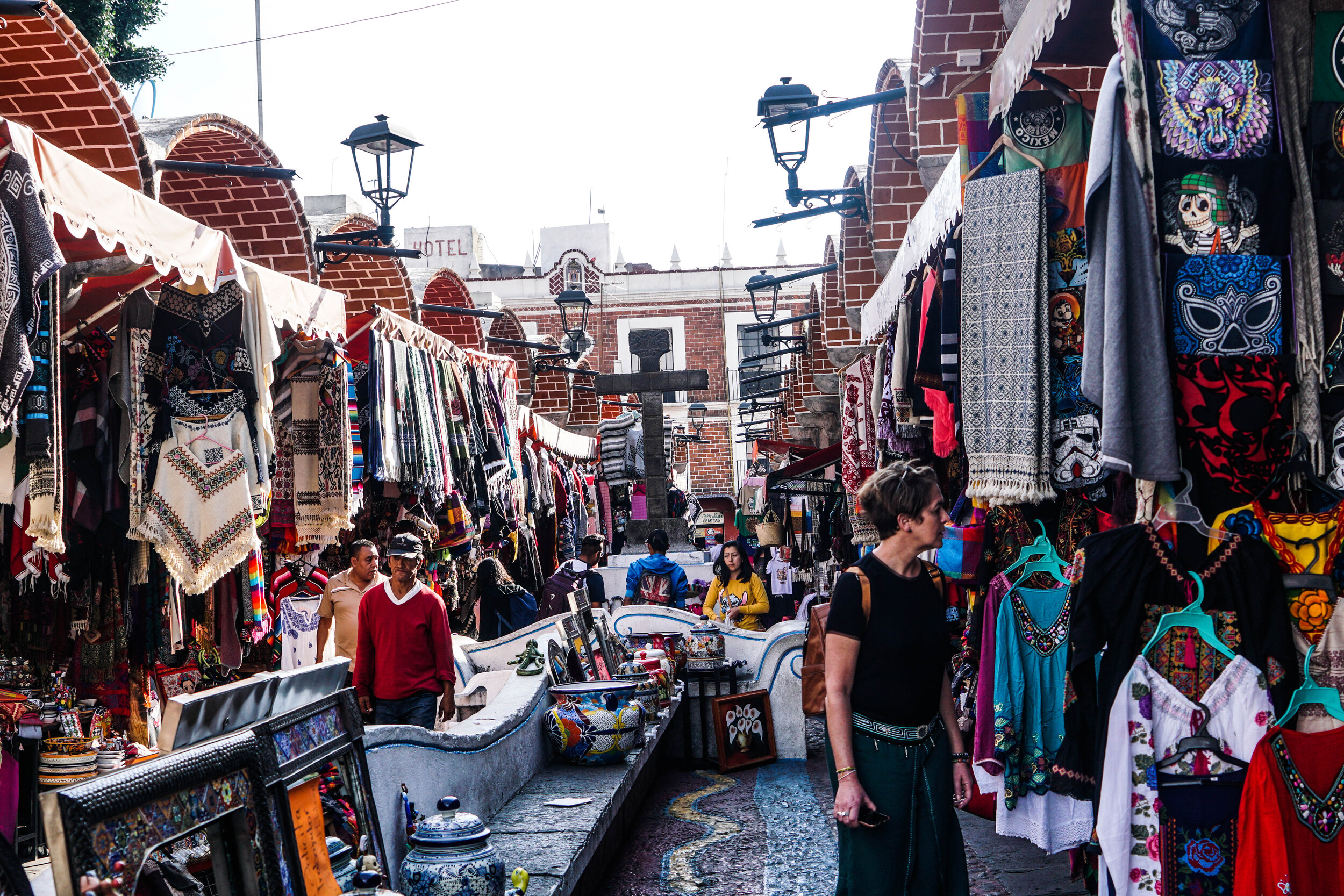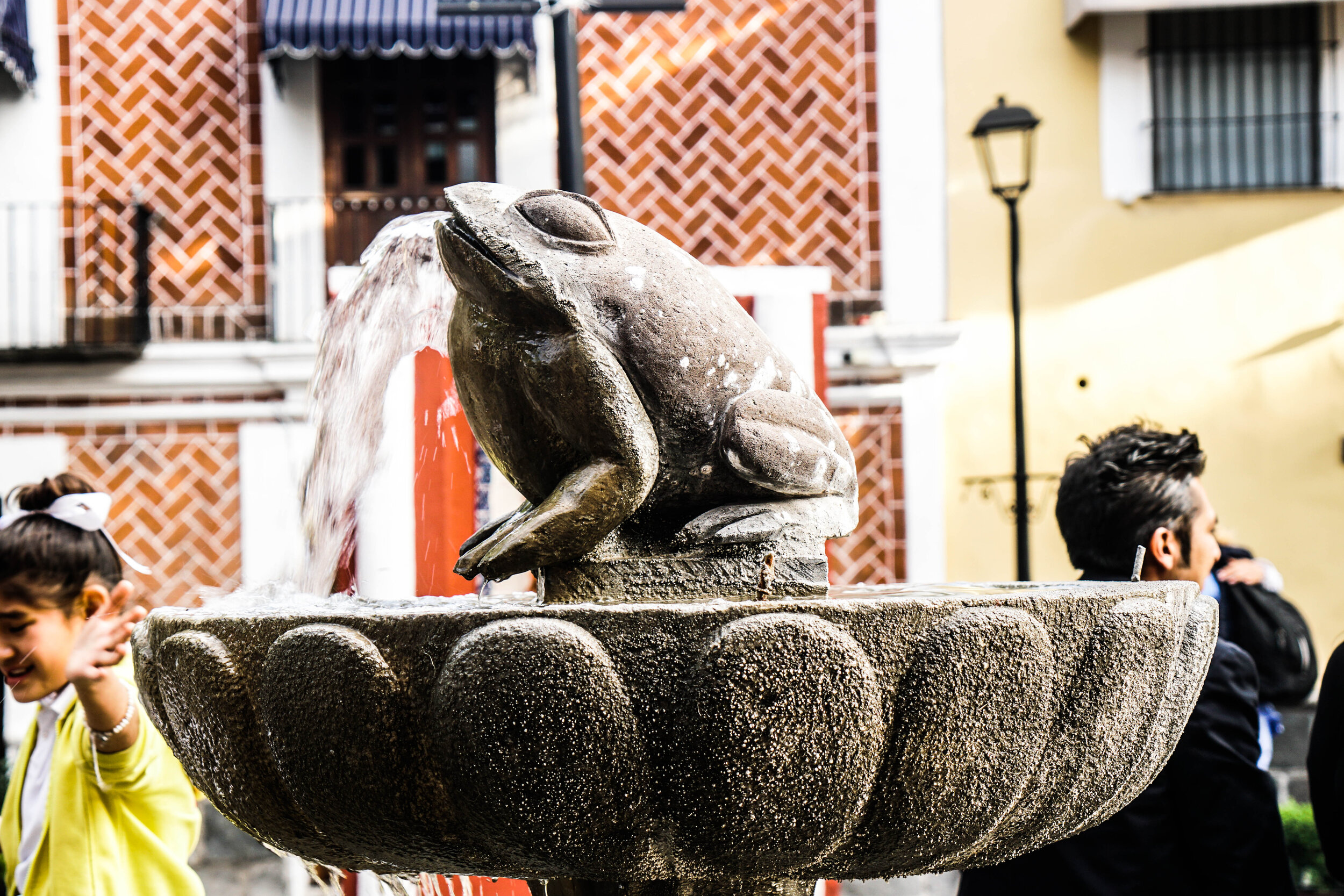Provincial Puebla
Iztaccihuatl volcano, blowing off steam, view from our Airbnb window.
The Spaniards built Puebla to distract the native cultures from a sacred pyramid located in Cholula. A great place to stay for a 4-5 day adventure (or more) in Mexico, it has much of the cultural flavor found in Mexico City but without the crowds. Puebla boasts the most churches per square meter of any Mexican town, indeed they are up and down and across the street from each other. Populated by museums galore, at least 42 as of February, Puebla offers a rich cultural and historical experience, relatively inexpensively (a few USD each, some free depending on the day).
We worked on seeing the churches, as they are all different and range from simple to extravagant colonial style. We didn’t hit all of them when they are open, generally in the morning until about 1 and then again from 4:30—7:00. The Templo de Santo Domingo contains the Capilla del Rosario, the Chapel of the Rosary, said to be the eight wonder of the world. Built in the late 1600’s, 23 carat gold, gilded plaster and carved stone, with angels and cherubim peeking out from every nook and cranny, the chapel is visually stunning. It is extremely well preserved and the tour by donation is excellent. The main cathedral, completed in the early 17th century, holds beautiful frescoes and stunning side chapels. At 69 meters, they are the tallest church towers in Mexico and the church was formerly featured on the 500 peso note.
Puebla provides an historical backdrop for both the Mexican War for Independence as well as the Mexican Civil War, known as the Mexican Revolution. On May 5, yes Cinco de Mayo in 1862, General Zaragoza defeated the French in a rare Mexican victory. Of course the following year, the French came back strong and installed Emperor Maximilian until 1867. The Museo de la Revolucion stands in its pock-marked glory as a tribute to the Pueblan family important in the War for Independence and the Revolution. The home of the Serdan family, betrayed two days before the planned uprising against dictator Porfirio Diaz, was converted to a Museum in the 60’s. Displayed as both a home of the early 20th century and a museum of Mexican history, the museum is one of the most interesting museums in Puebla. Check out the bullet holes in the outside walls.
In our week in Puebla, we visited at least 10 museums, including the Biblioteca Palafoxiana, the oldest library in the Americas. Begun as a lending library by the Bishop of Puebla, Juan de Palafox, it continues to function today in a similar capacity. The Casa de Alfenique, a beautifully restored home from the 19th century was celebrating Valentine’s Day when we were there. Other favorites were the Museo Ampara, with a beautiful collection of precolumbian artifacts. In the Casa ESRU, a temporary exhibition of portraits taken by a local photographer between 1936 and 1949. It is a beautifully curated exposition drawn from boxes of negatives carefully preserved by the photographer. One “must miss” museum we visited on a day when everything else seemed closed, is the Living Museum. I don’t know what I was thinking, but I now know more about the snakes and reptiles of Mexico than I ever need to know!
We took another cooking class, this one about making green and red sauces known as pipian. Chef Ruth from the Meson Sacristia, is a native of Puebla and was great to work with, to the point, but also letting us do the work in the cooking school kitchen attached to the hotel and restaurant. The kitchen was very basic and we enjoyed cooking in the ollas, or clay pots. We had a blast, enjoying appetizers, chicken with both sauces, beans, rice and delicious tortillas. We liked it so much we went back to the restaurant for Valentine’s dinner the following day!
We boarded the direct tourist train to visit Cholula, home to a great archaeological zone and a pyramid laced with tunnels. This was an 18,000+ step day for us as we explored the tunnels, the Santuario de Nuestra Senora de los Remedios, built on top of a native religious temple, the Zocalo and the town. Excavation of the ruins continues on the many buildings and the tunnels in the pyramid. This pyramid Tlepanapa has the largest base of any pyramid in the world, including the Egyptian pyramids. Cortes massacred 6,000 Cholulans in one day in retribution for a plot against him in that city and then vowed to build a church there for every day of the year. Now Cholula embraces 39 churches, far from 365, but still a lot for a small city. The Spanish built a church on a hill overlooking the town and the pyramid, an impressive domination of the view for miles. From the top of the hill, the volcano reminds us that it is not sleeping! In the city, we visited the Capilla Real, an unusual church modeled after an Arabic-style mosque. It is a unique style to Mexico, with a beautiful interior pattern of domed arches. In the square, the Zocalo, we relaxed on a bench and watched people enjoying a beautiful Saturday. We were especially captivated by two young siblings in their motorized car.
Puebla offers something to please every palate. It is home to mole poblano, the most complex mole (sauce) containing chocolate, chiles and 21 spices. We enjoyed mole our first night at El Mural de los Poblanos, a beautiful building, although definitely a bit touristy. Our cooking instructor recommended a couple of places, street food type, including El Parian and Molotes Acapulco, housed in a parking garage. We had great mixiote one afternoon in the Parque Carmen from a street vendor. We loved Puebla! Enjoy this last gallery, my walking around town Puebla gallery.
We loved Puebla and look forward to our first trip to Oaxaca. Hasta la vista!

